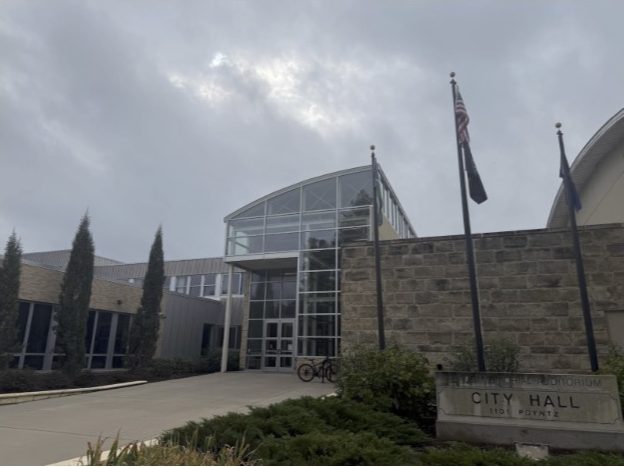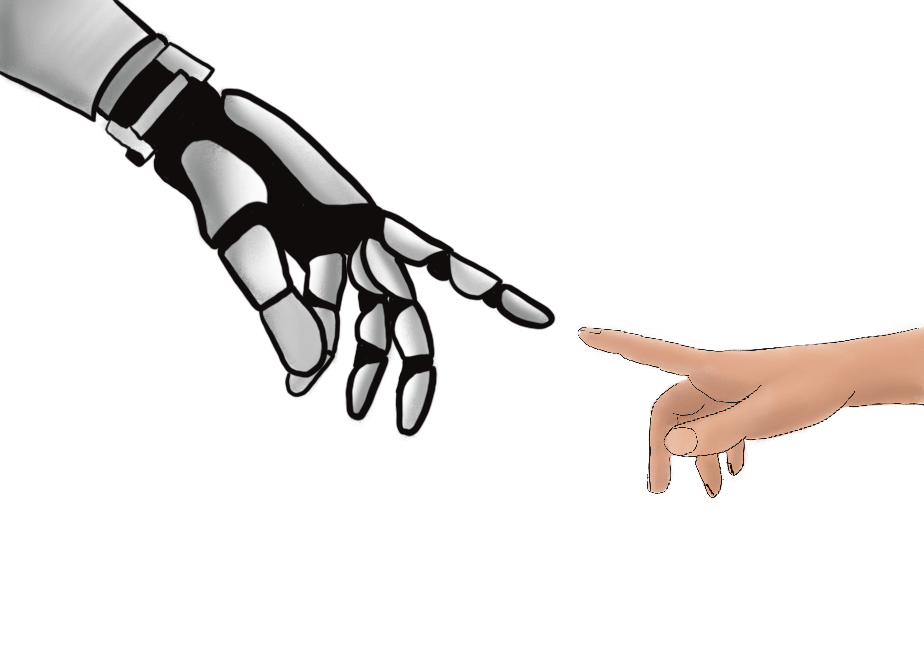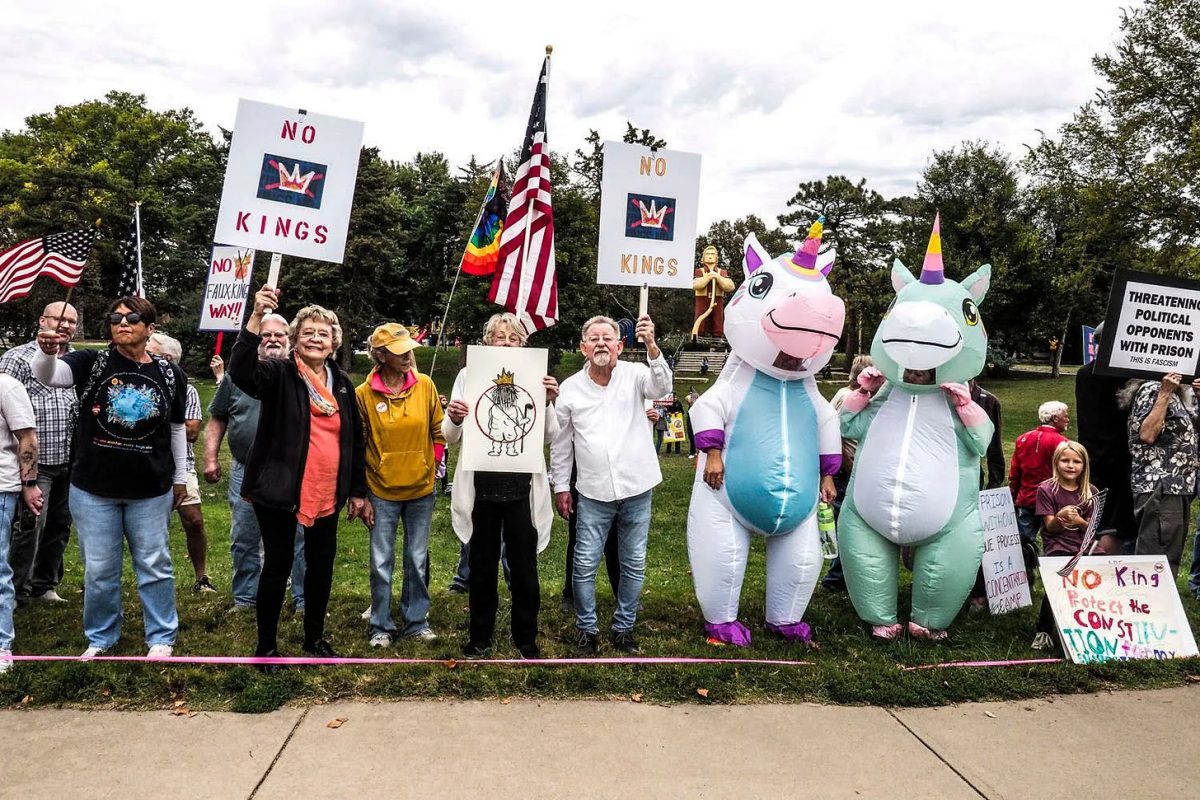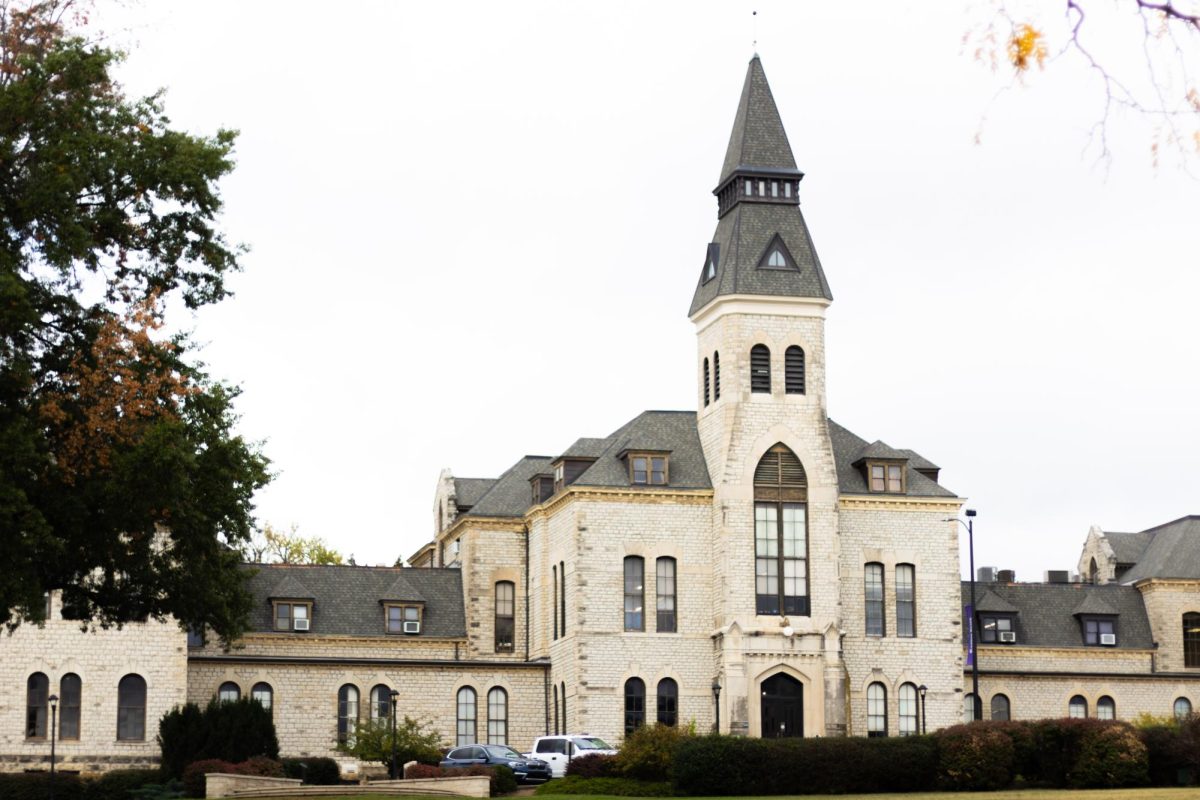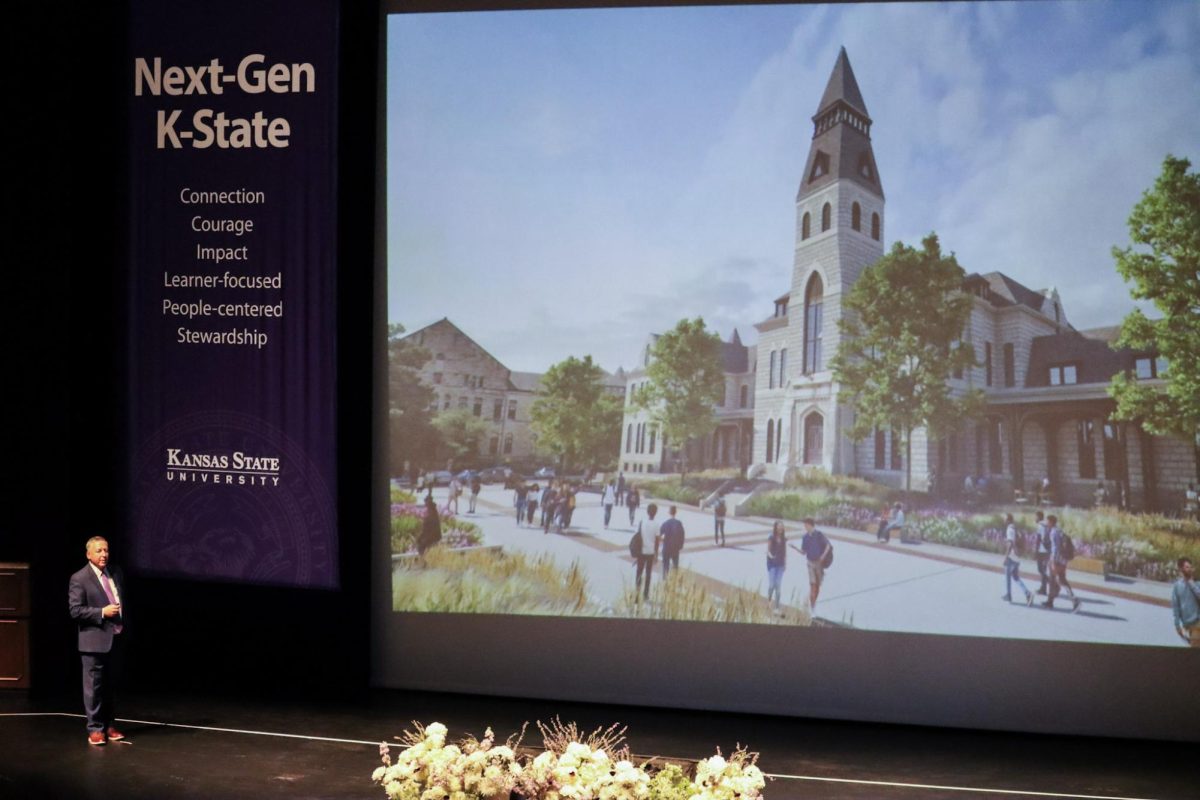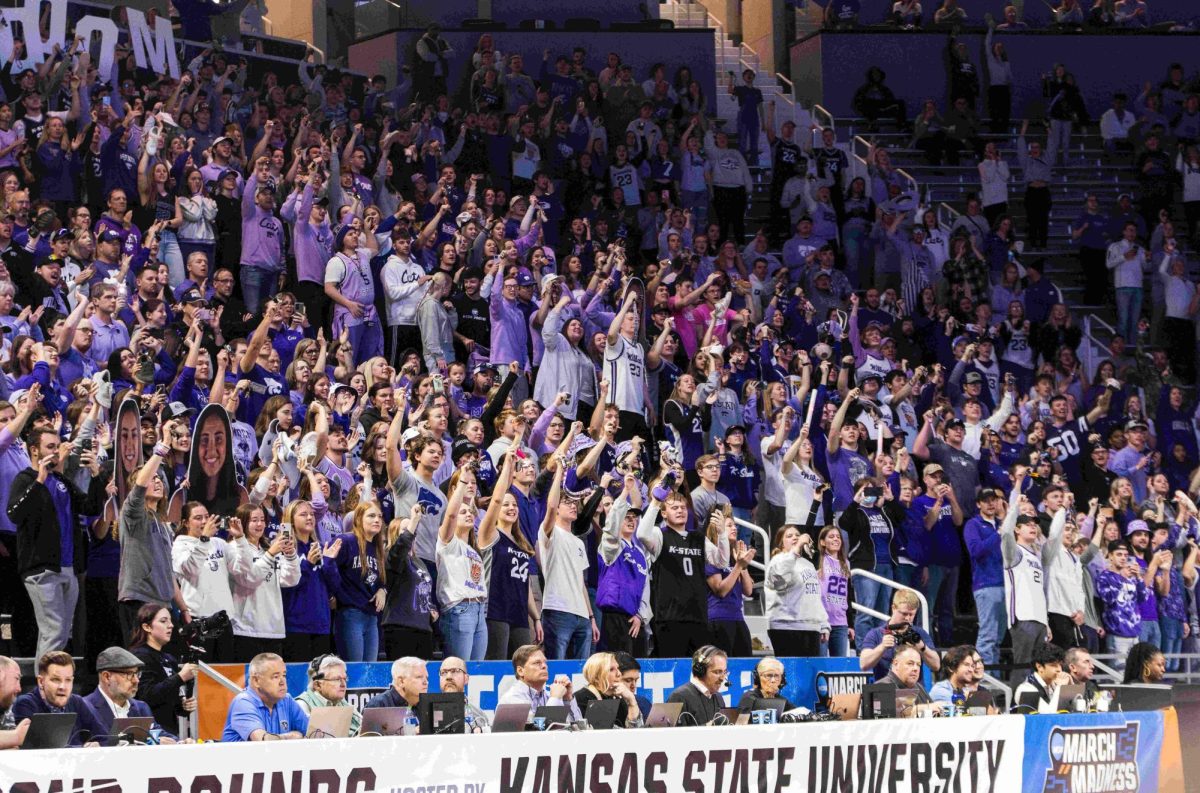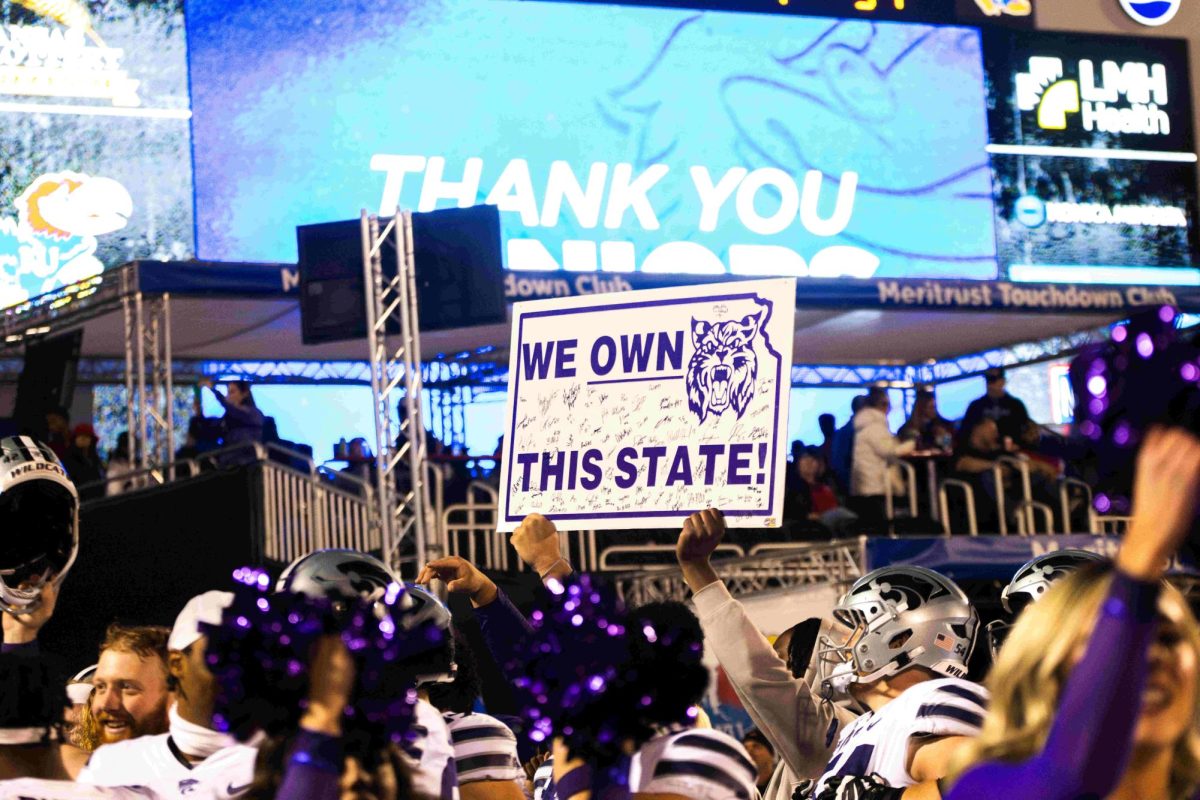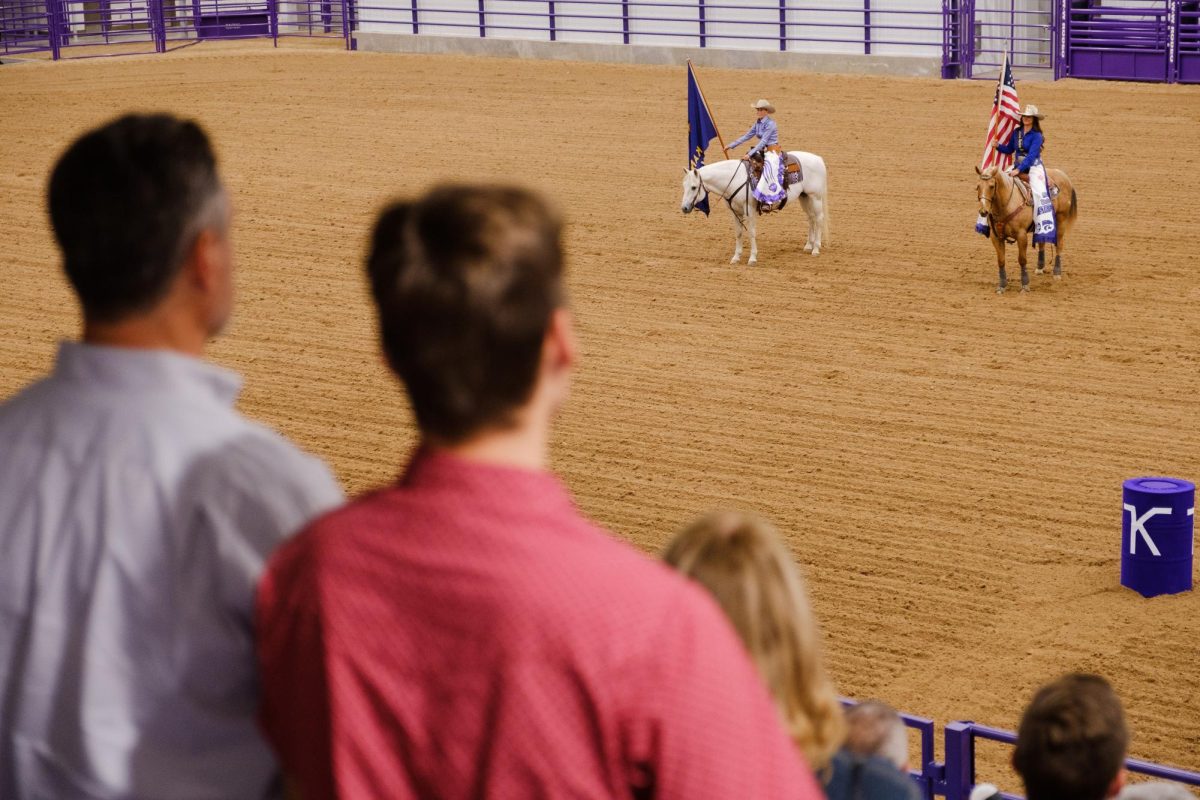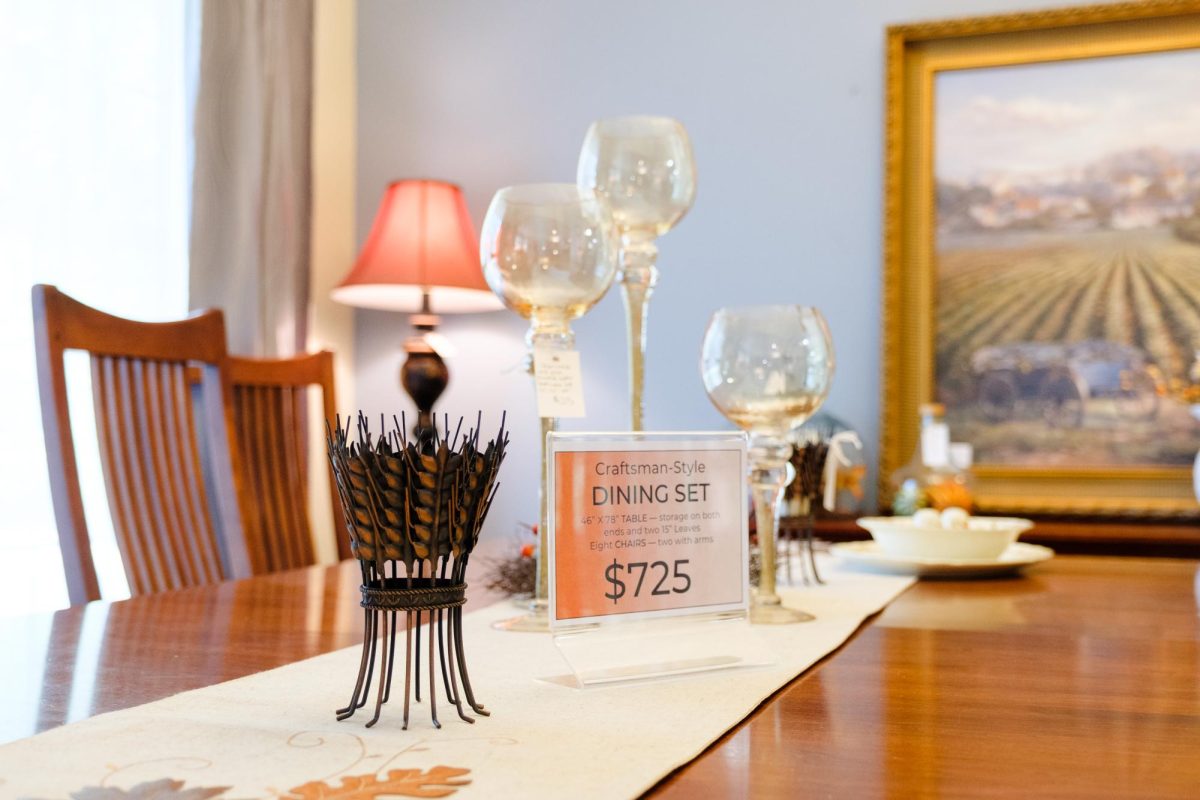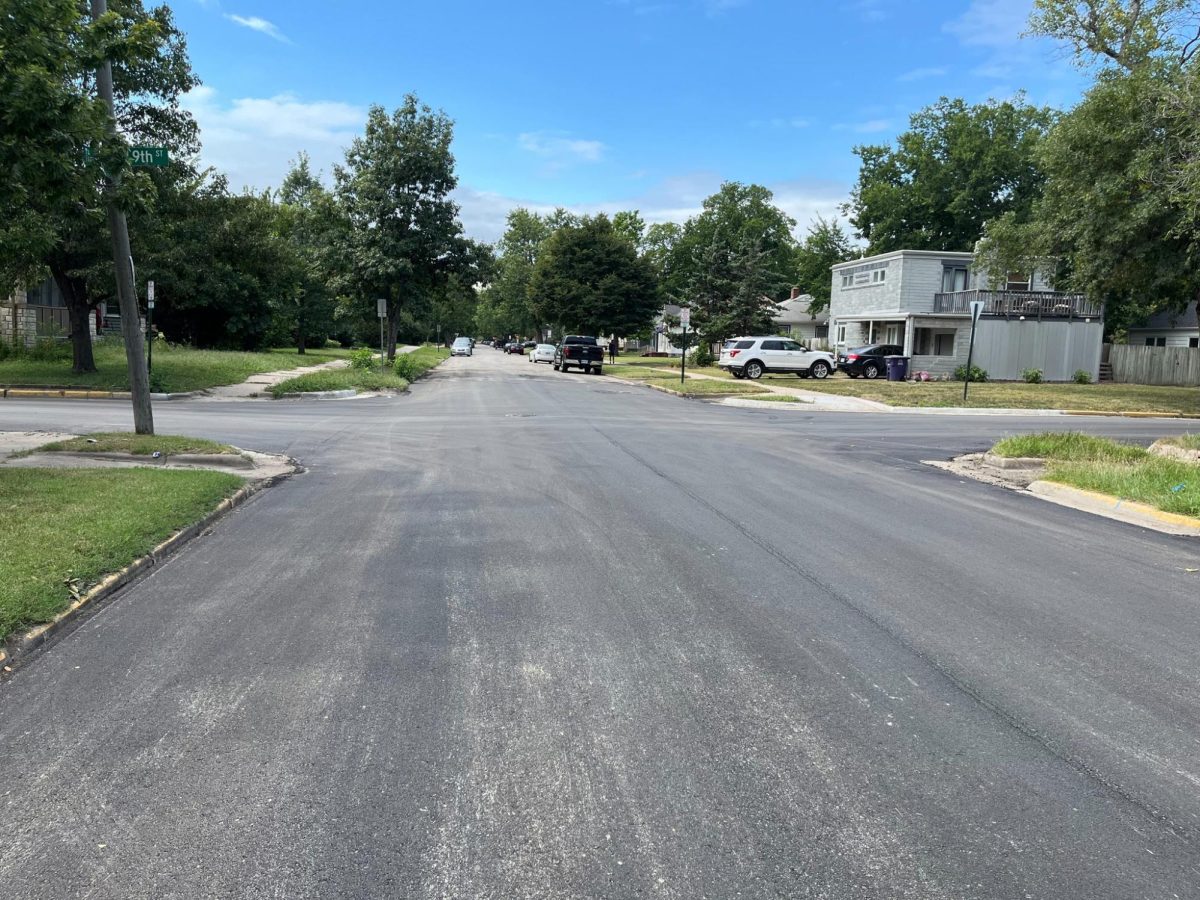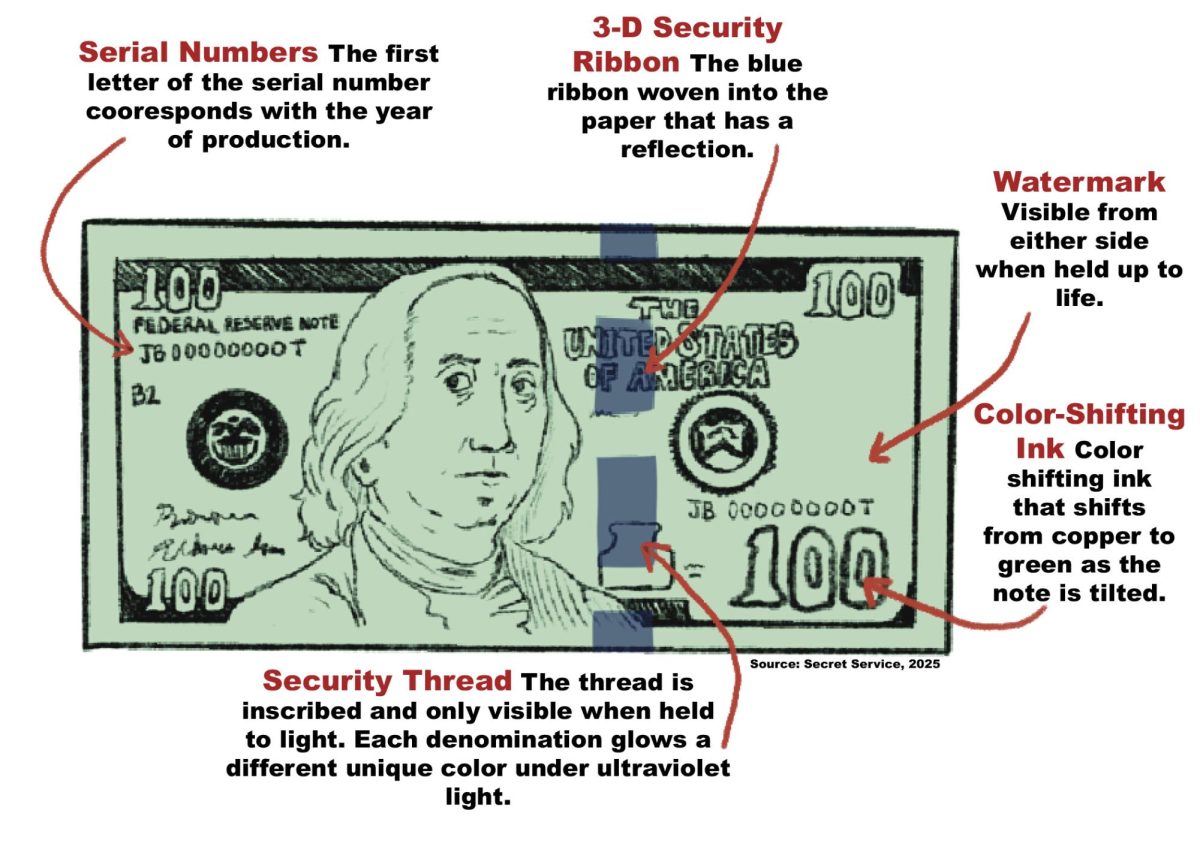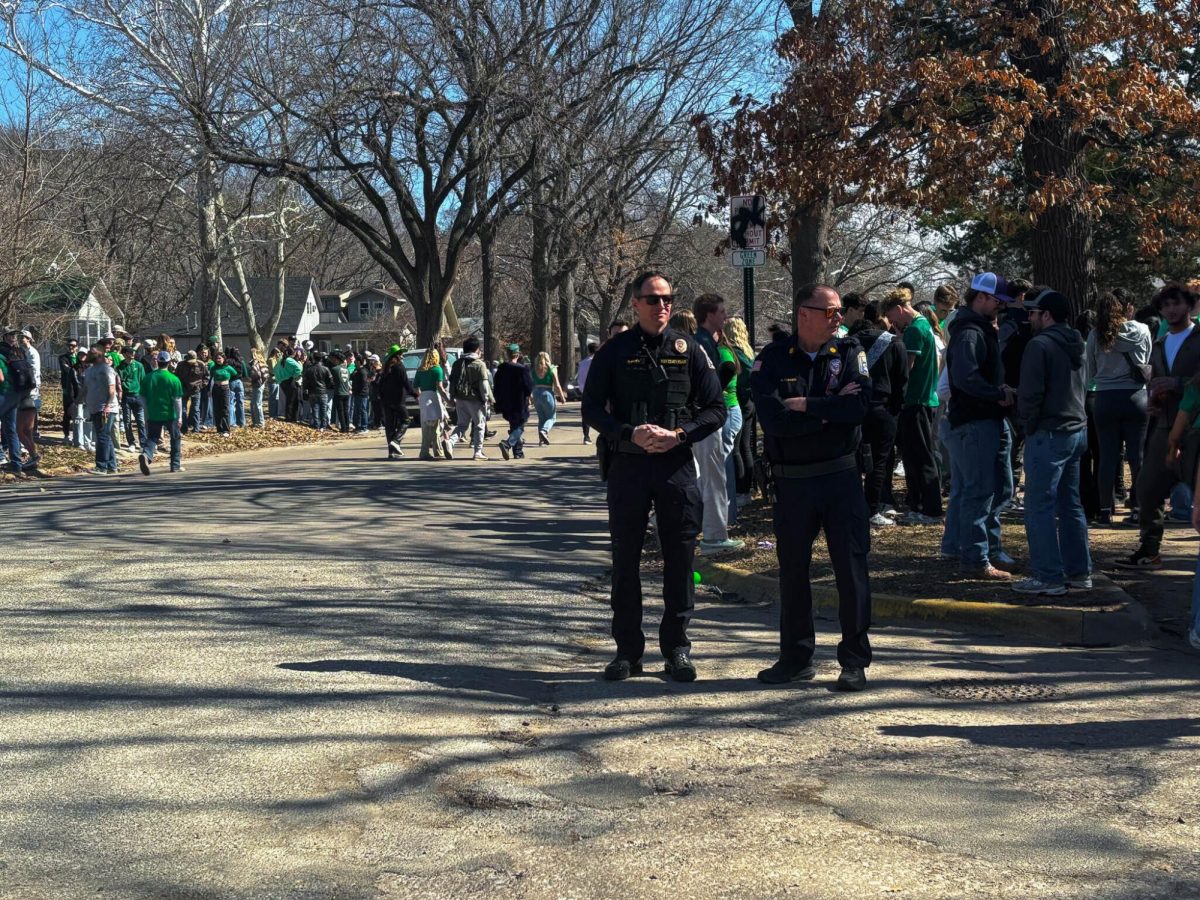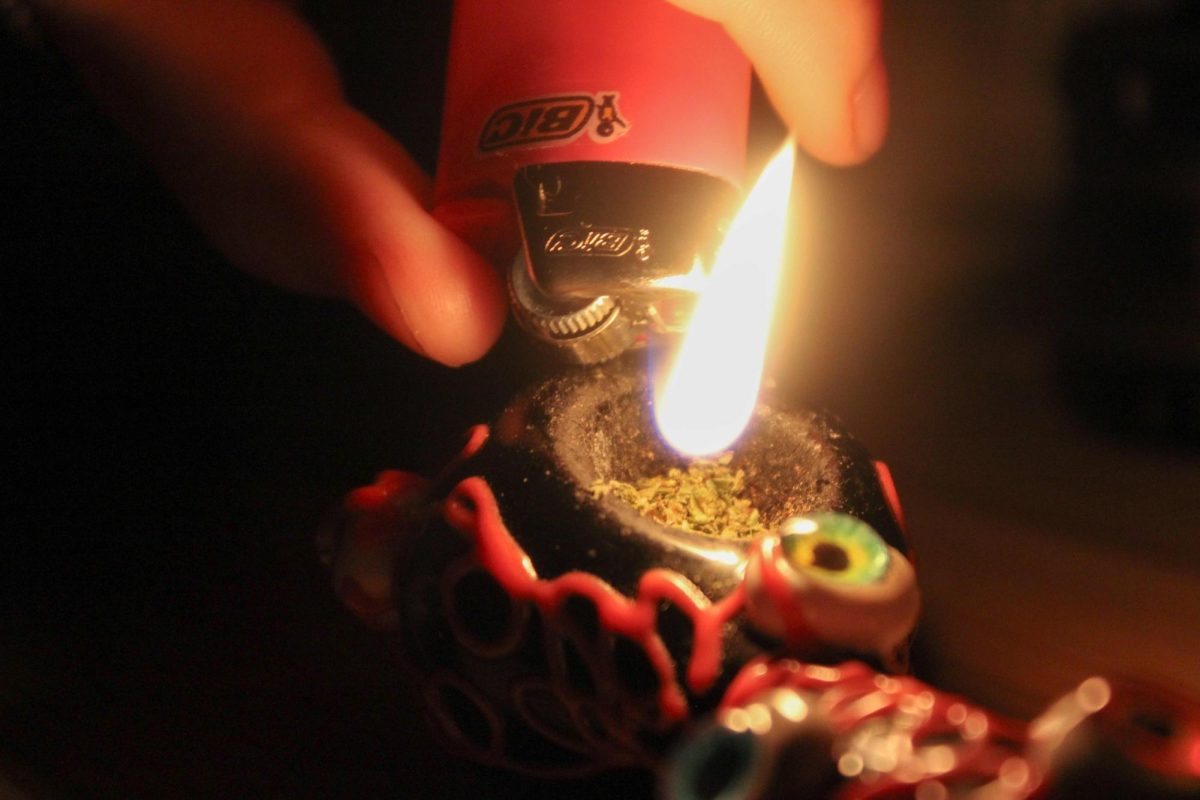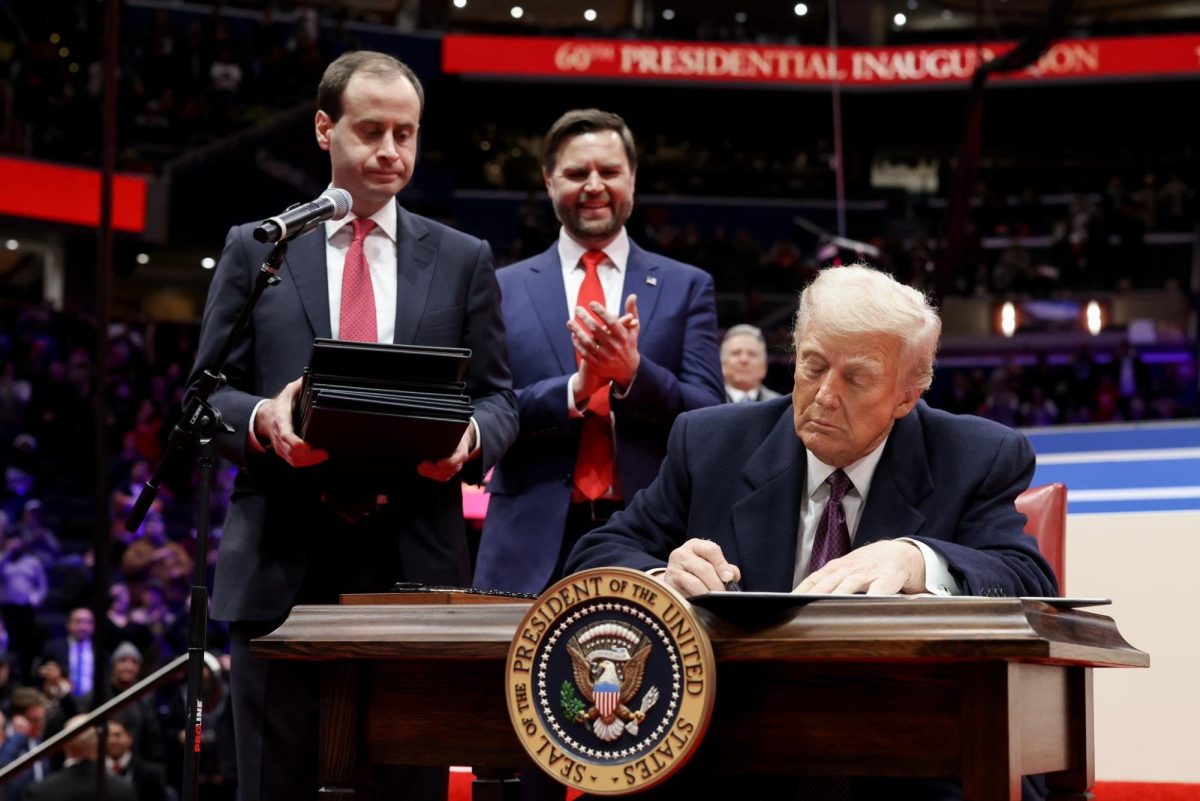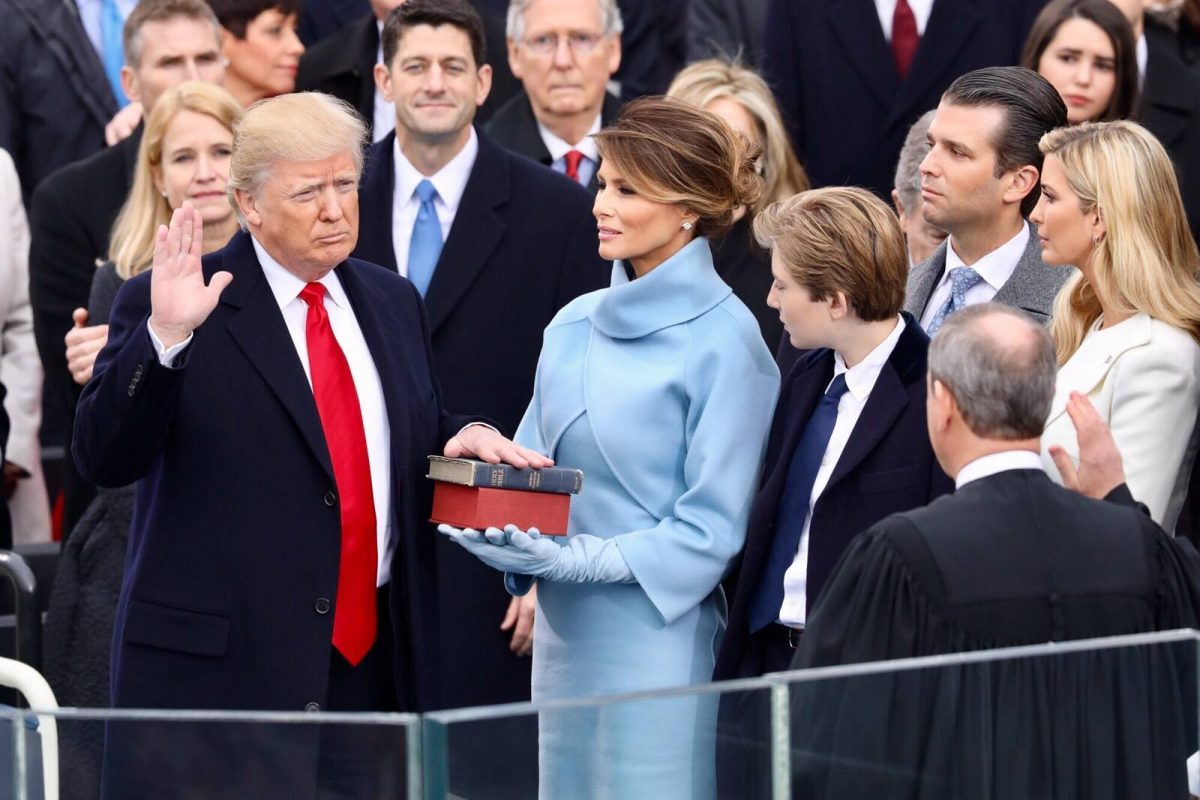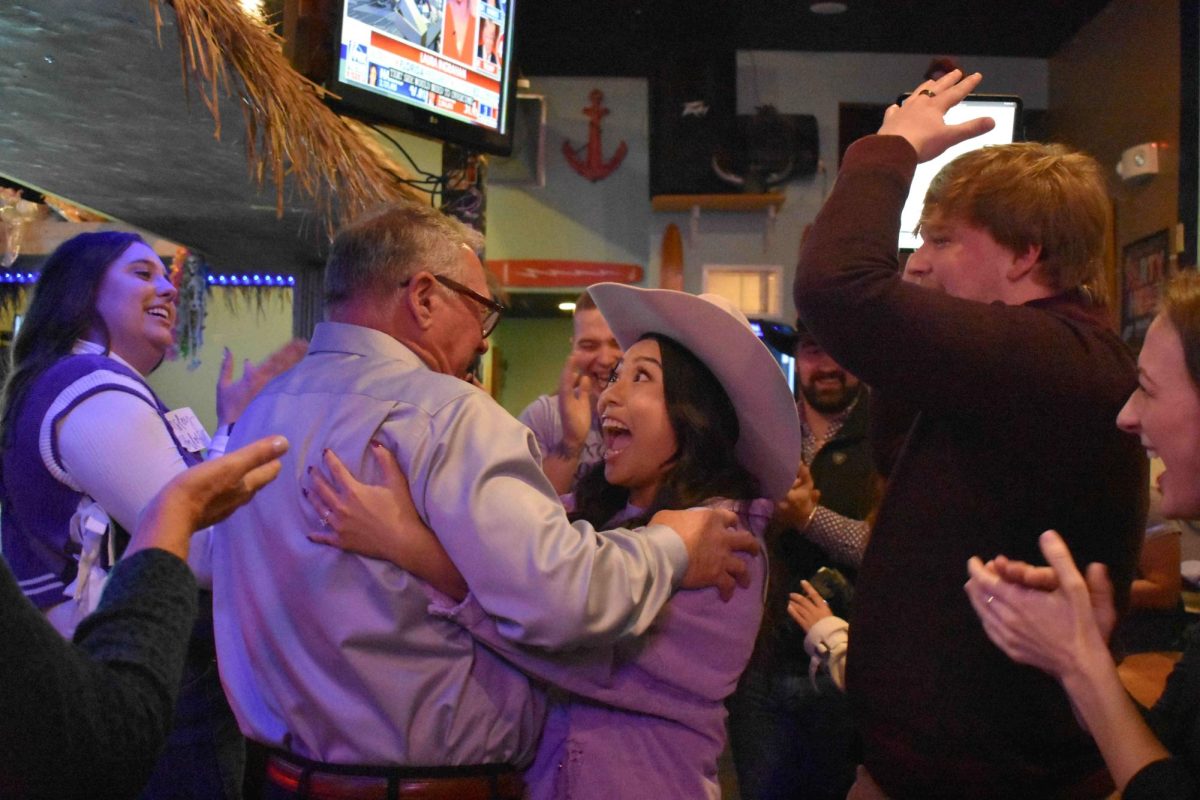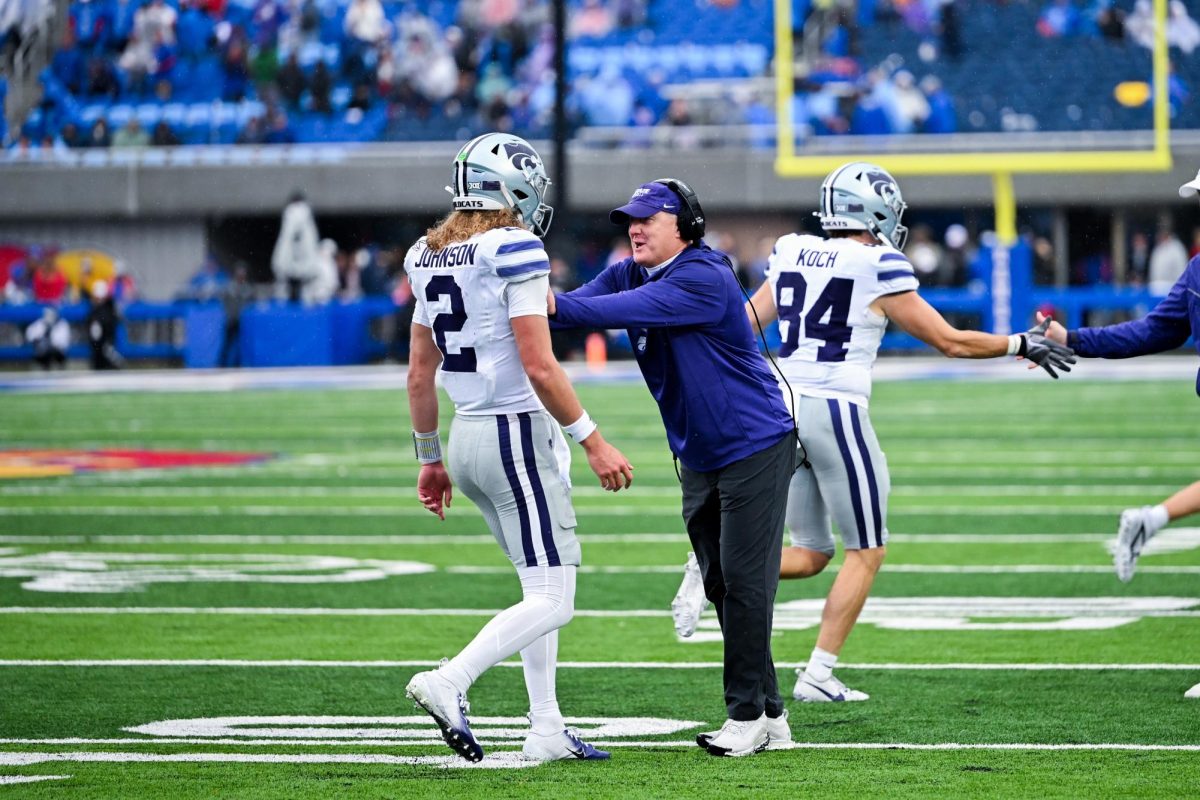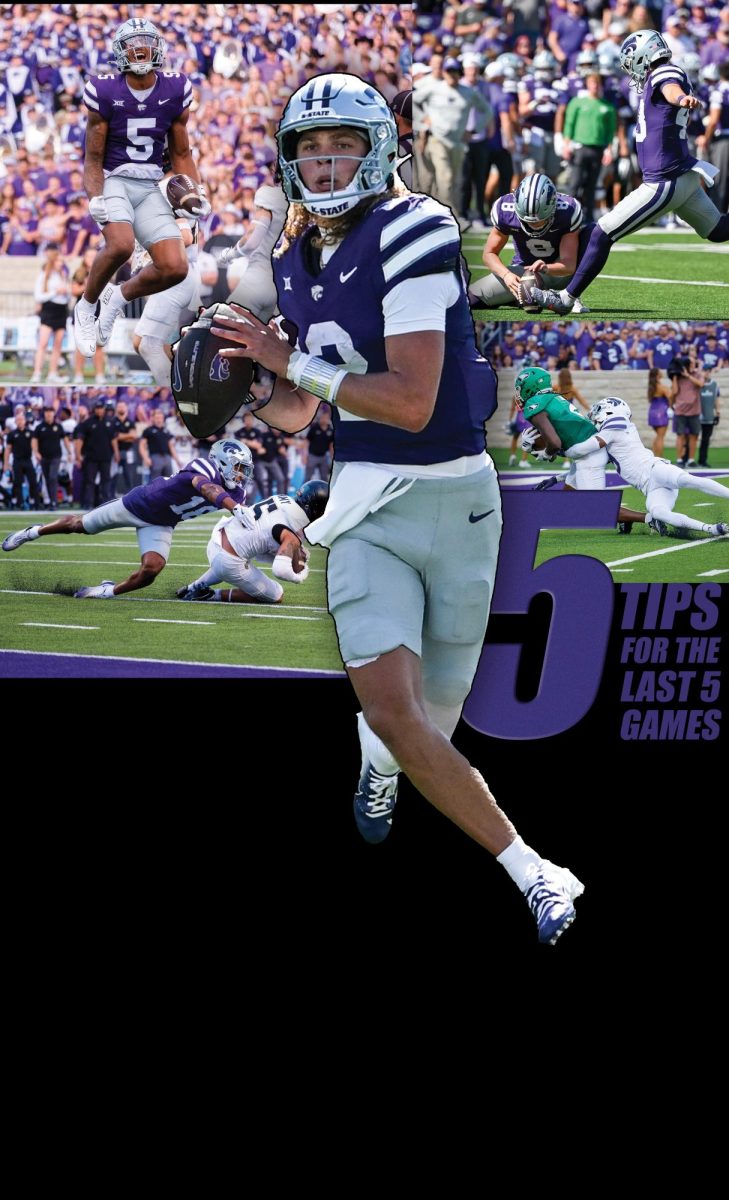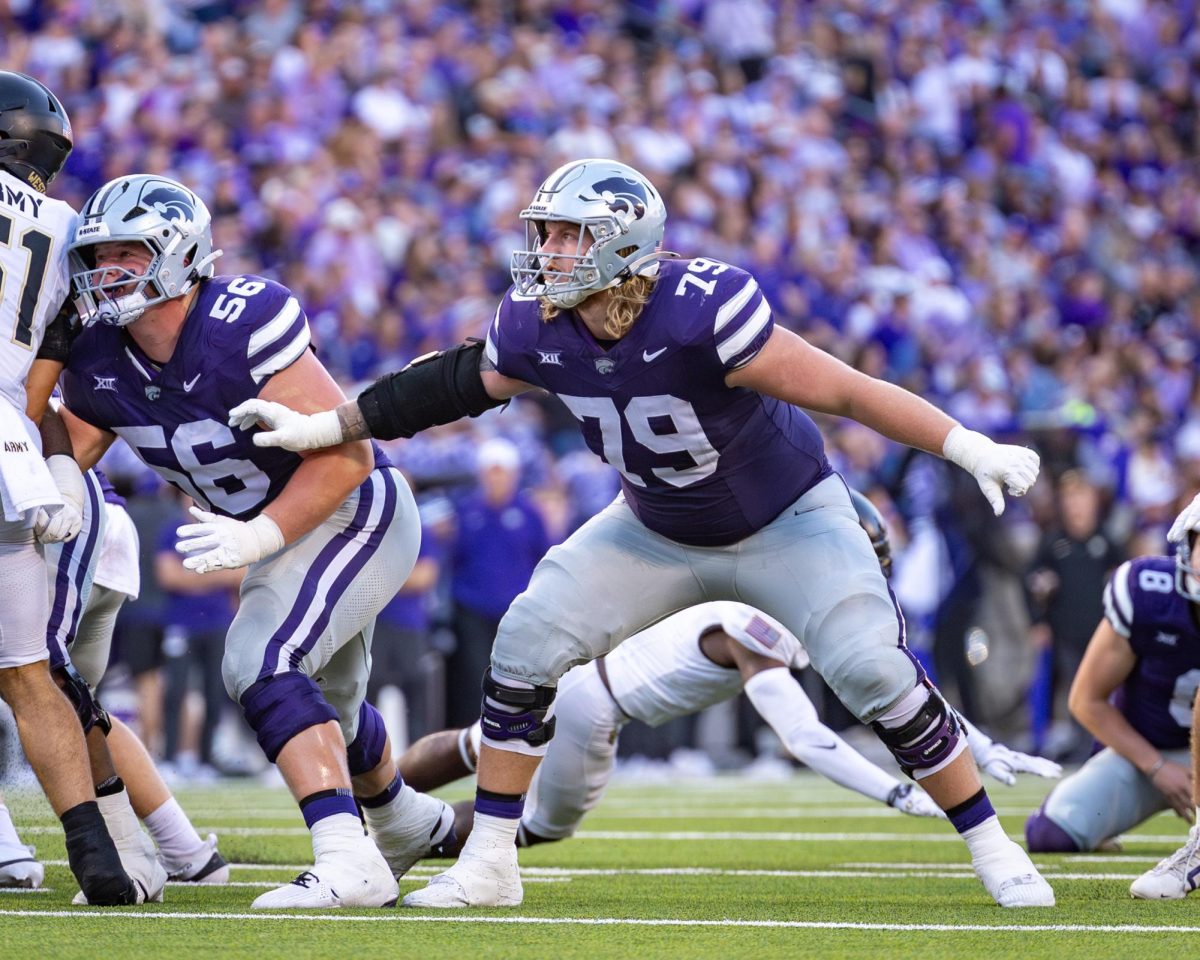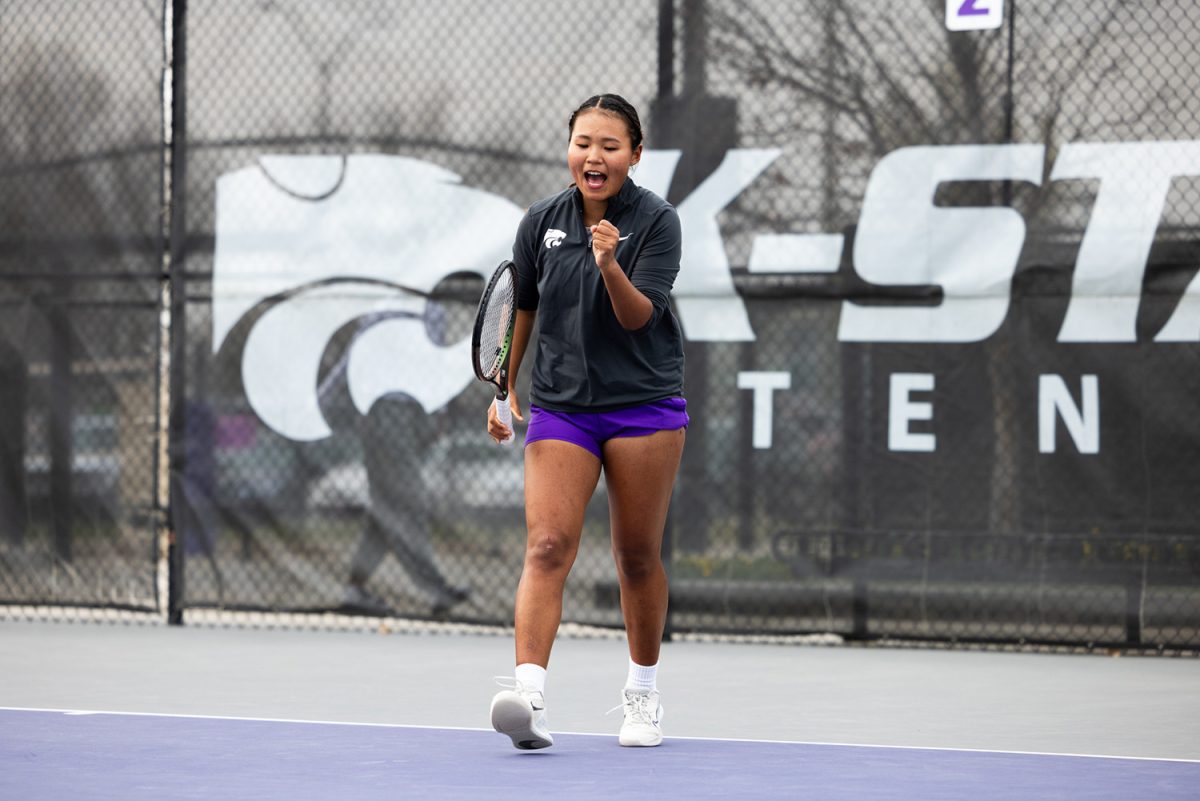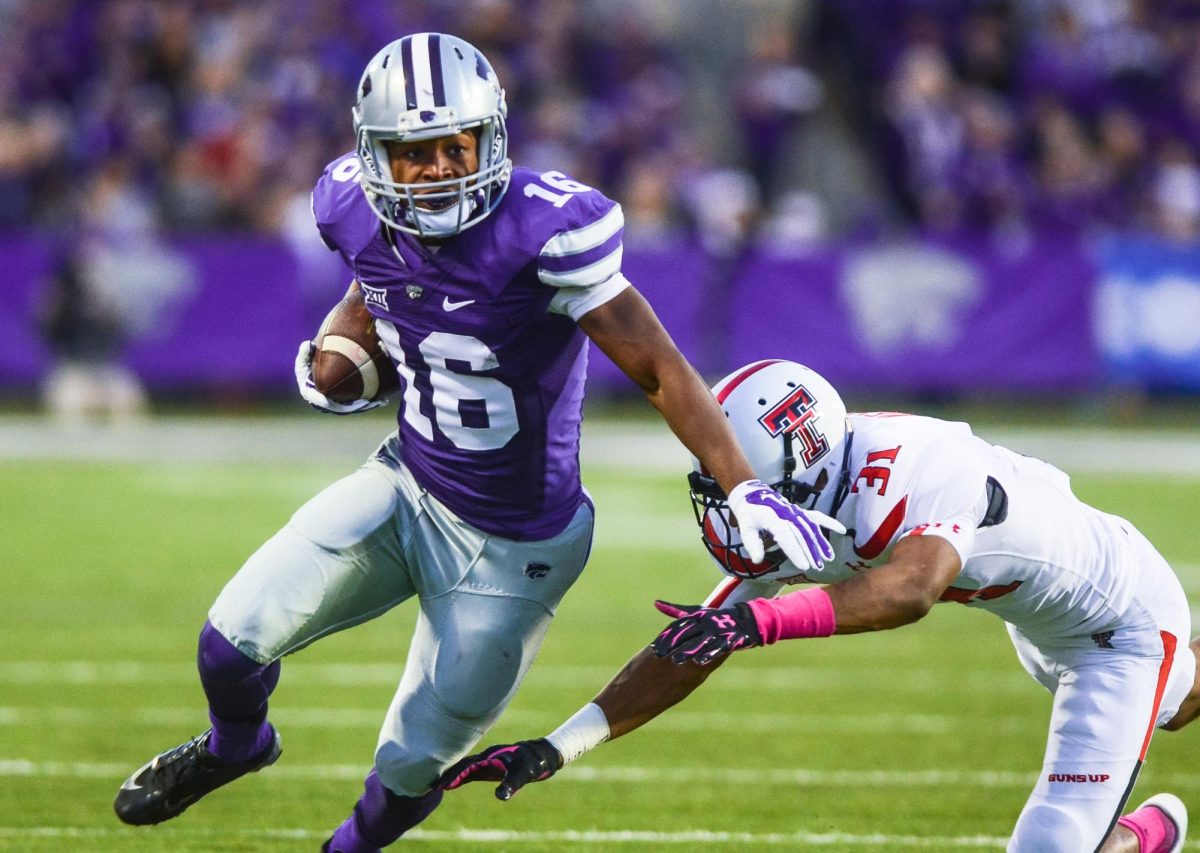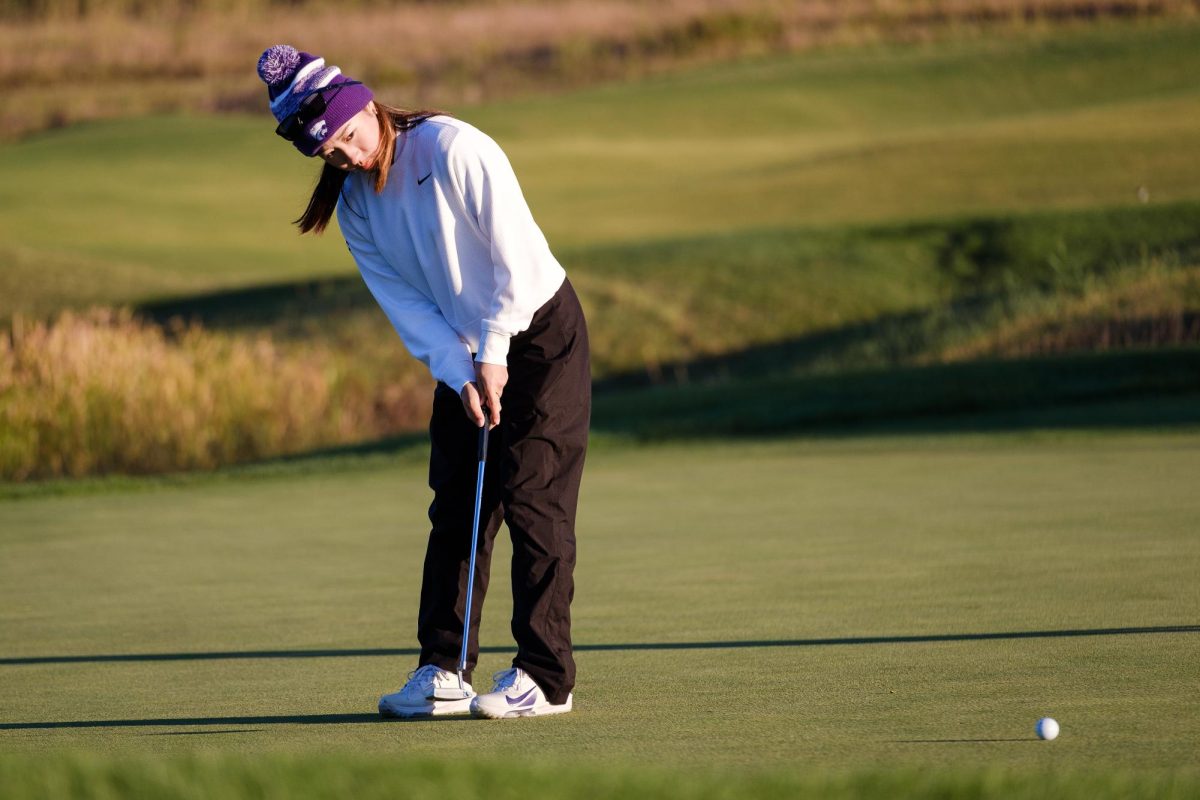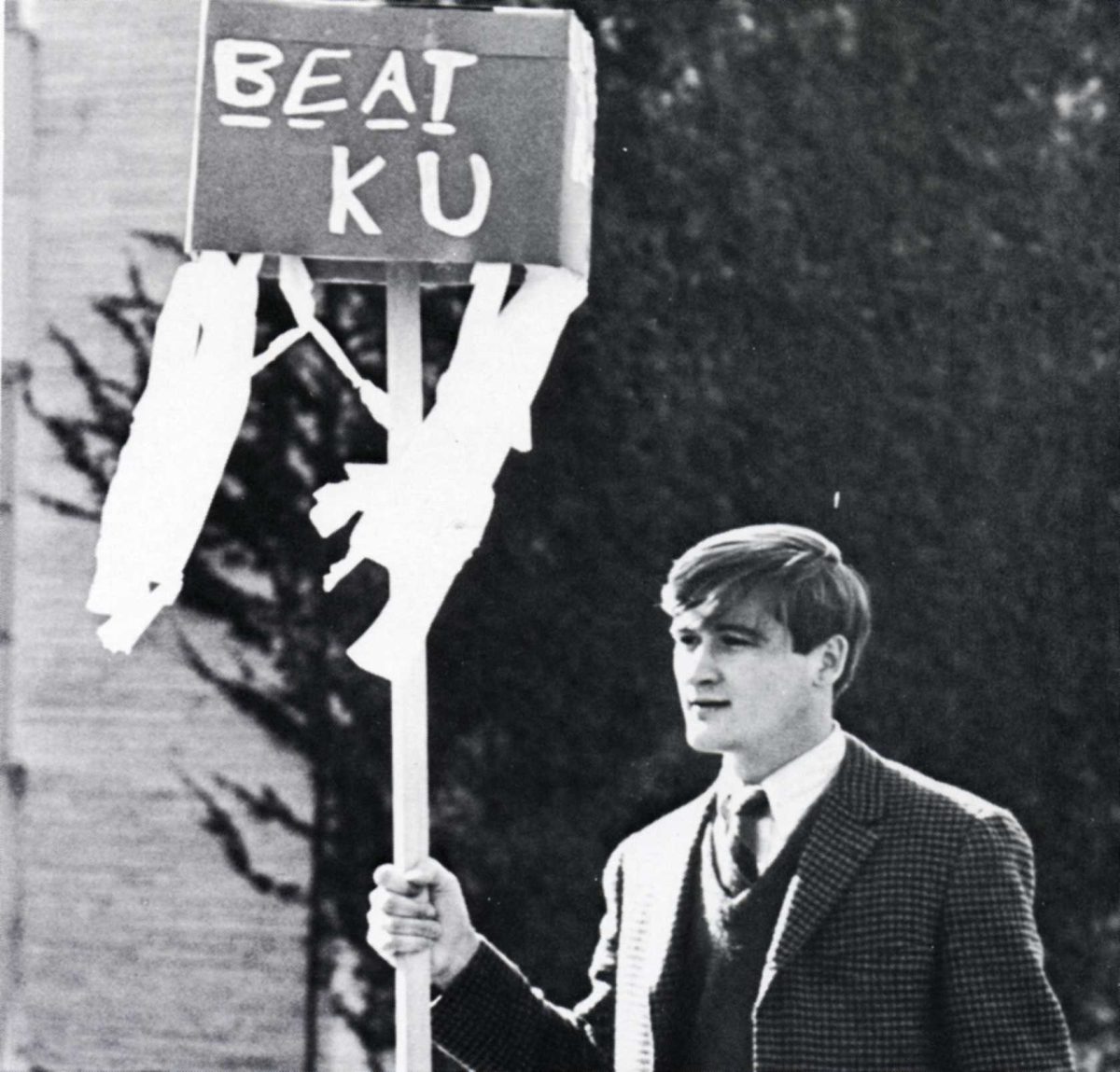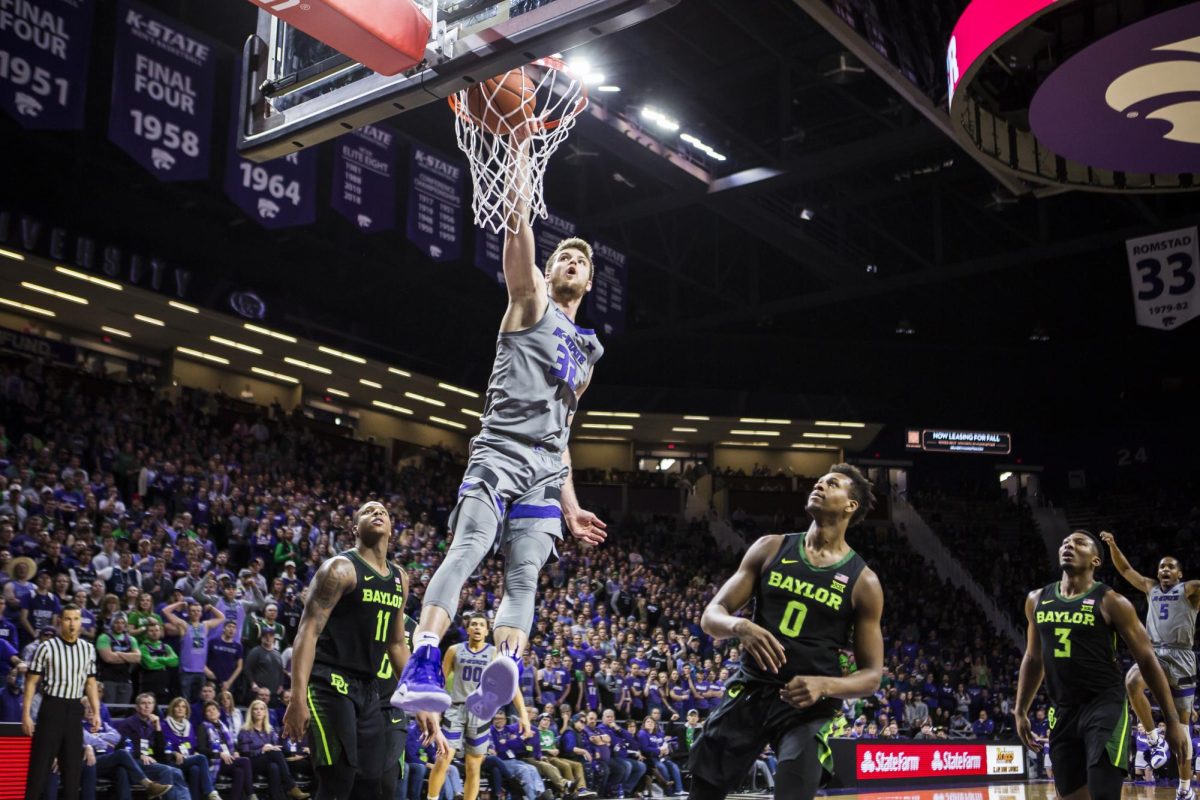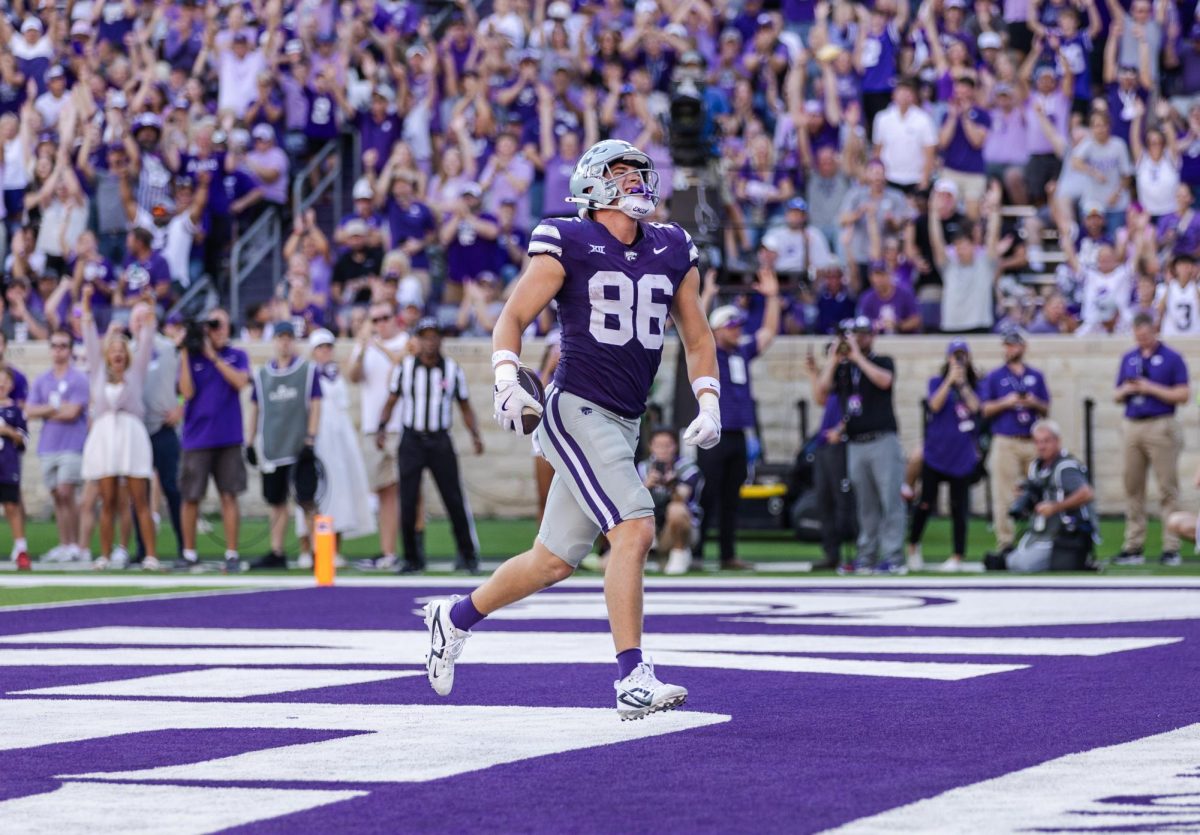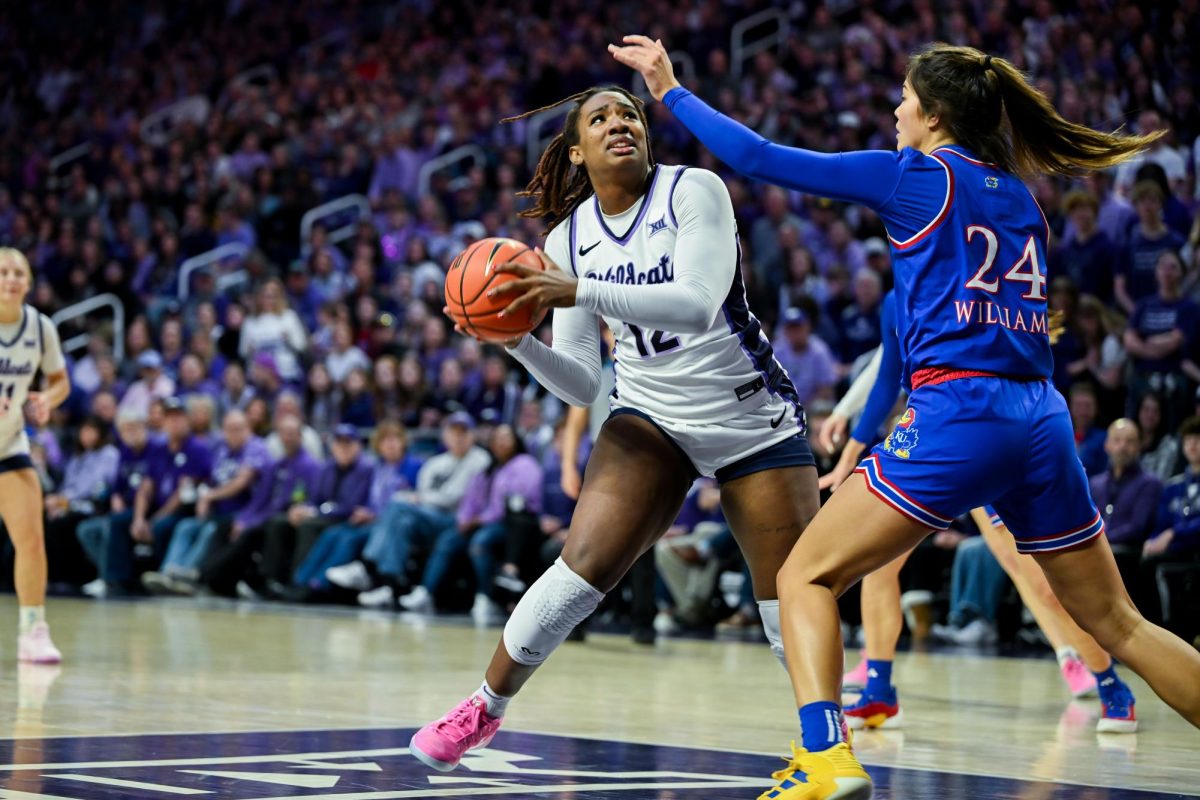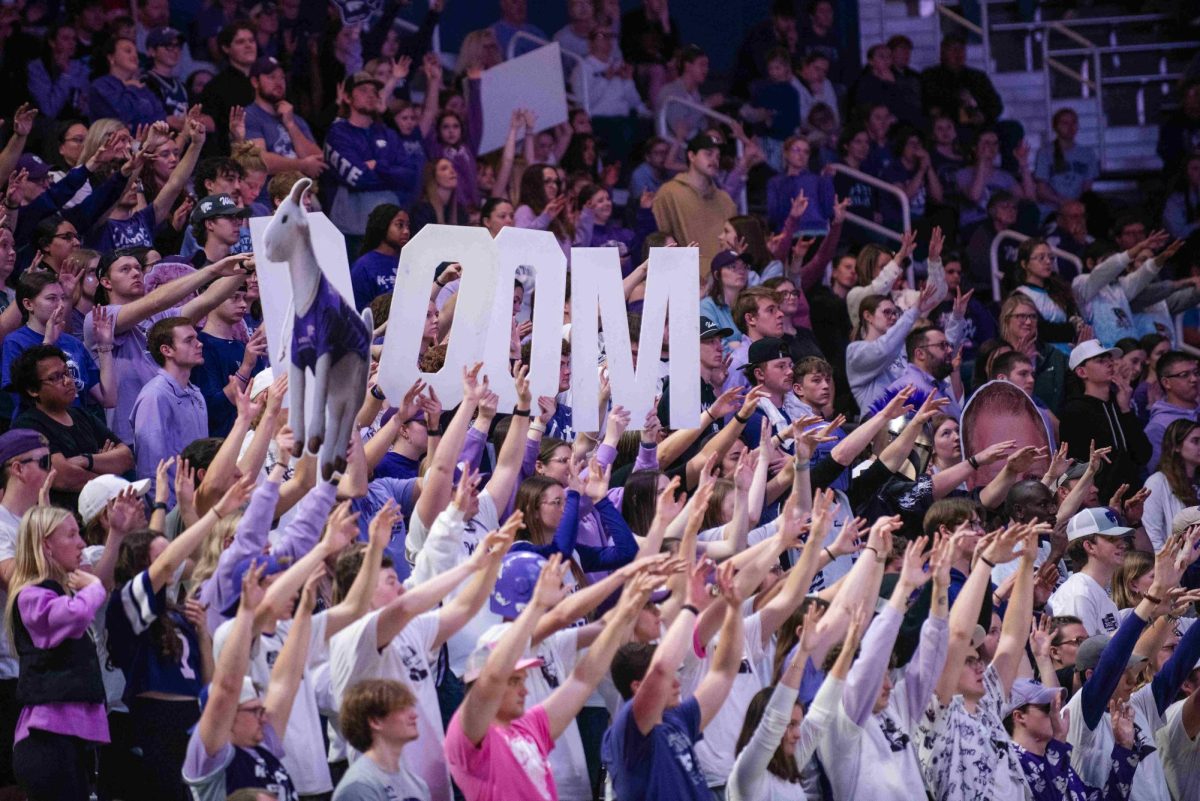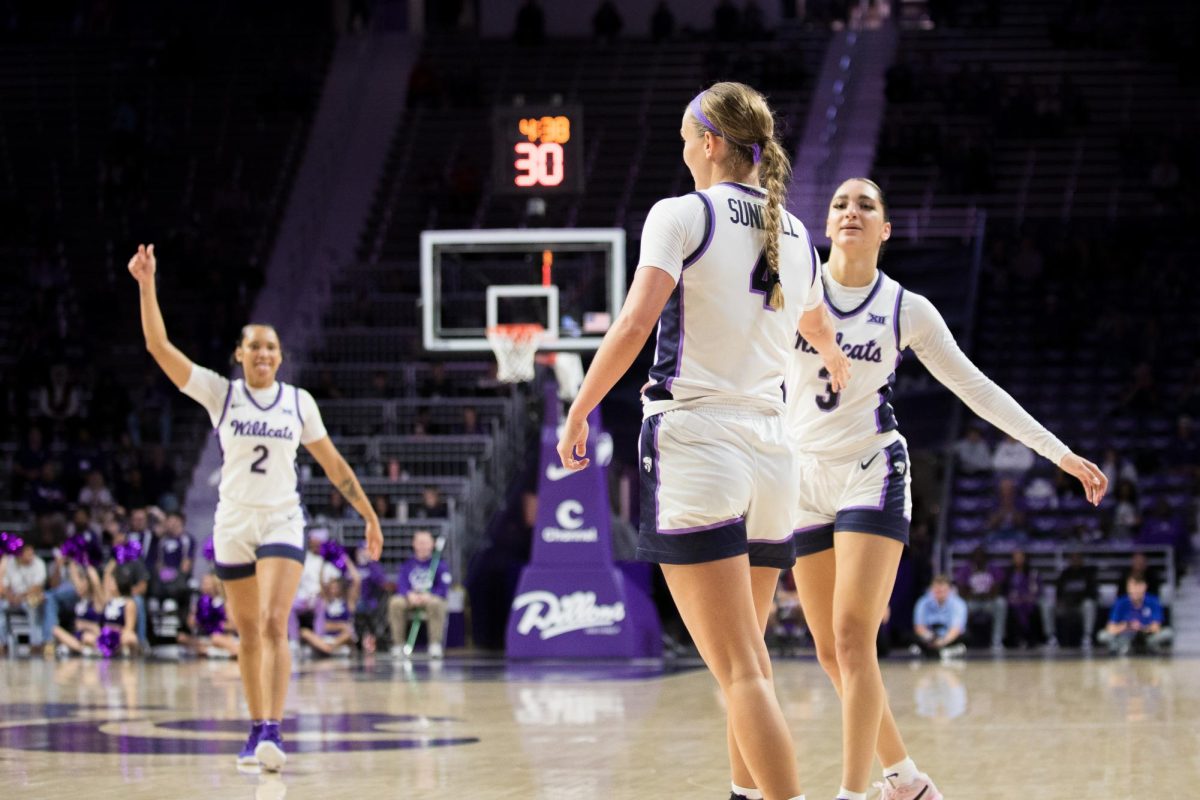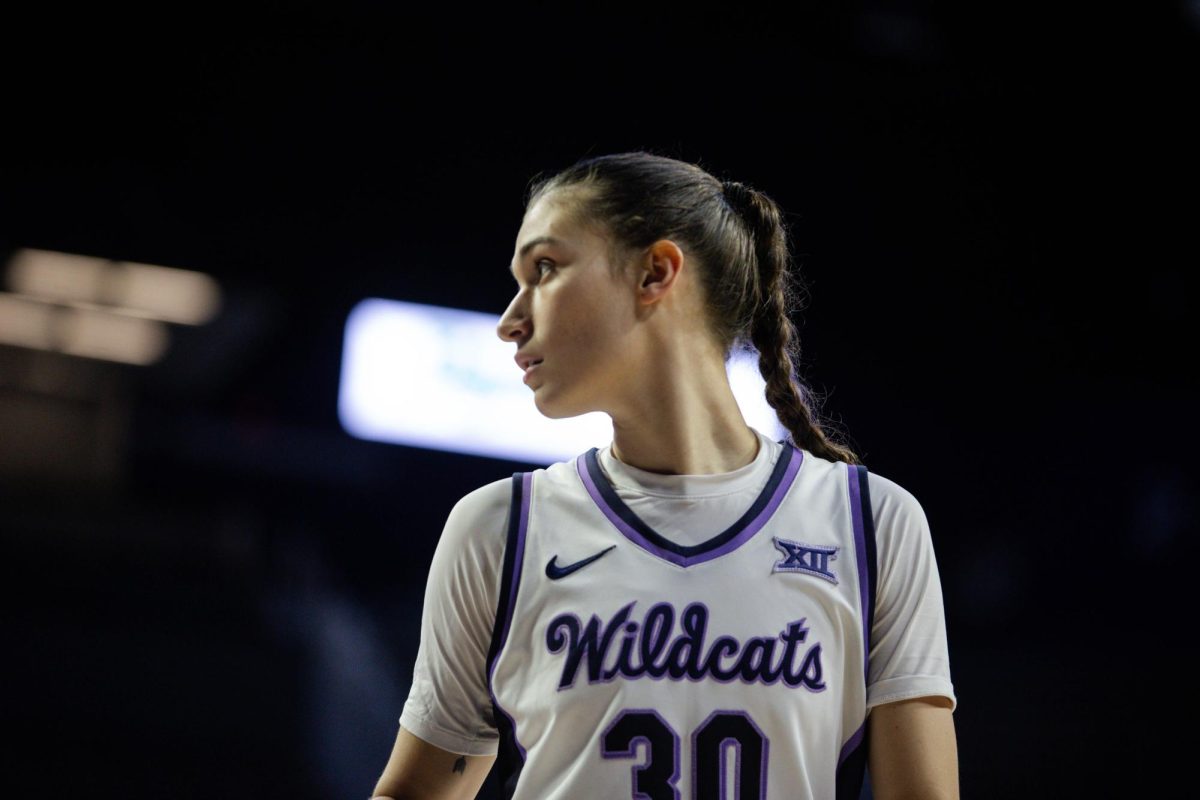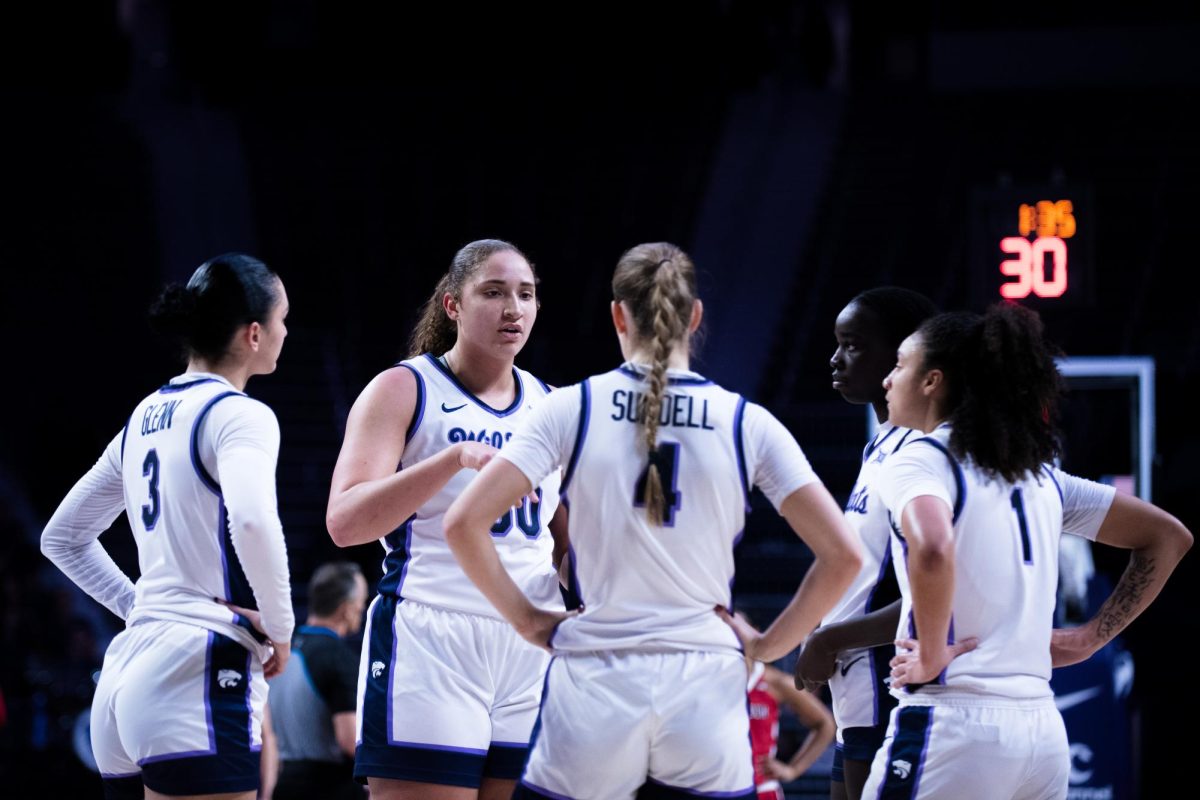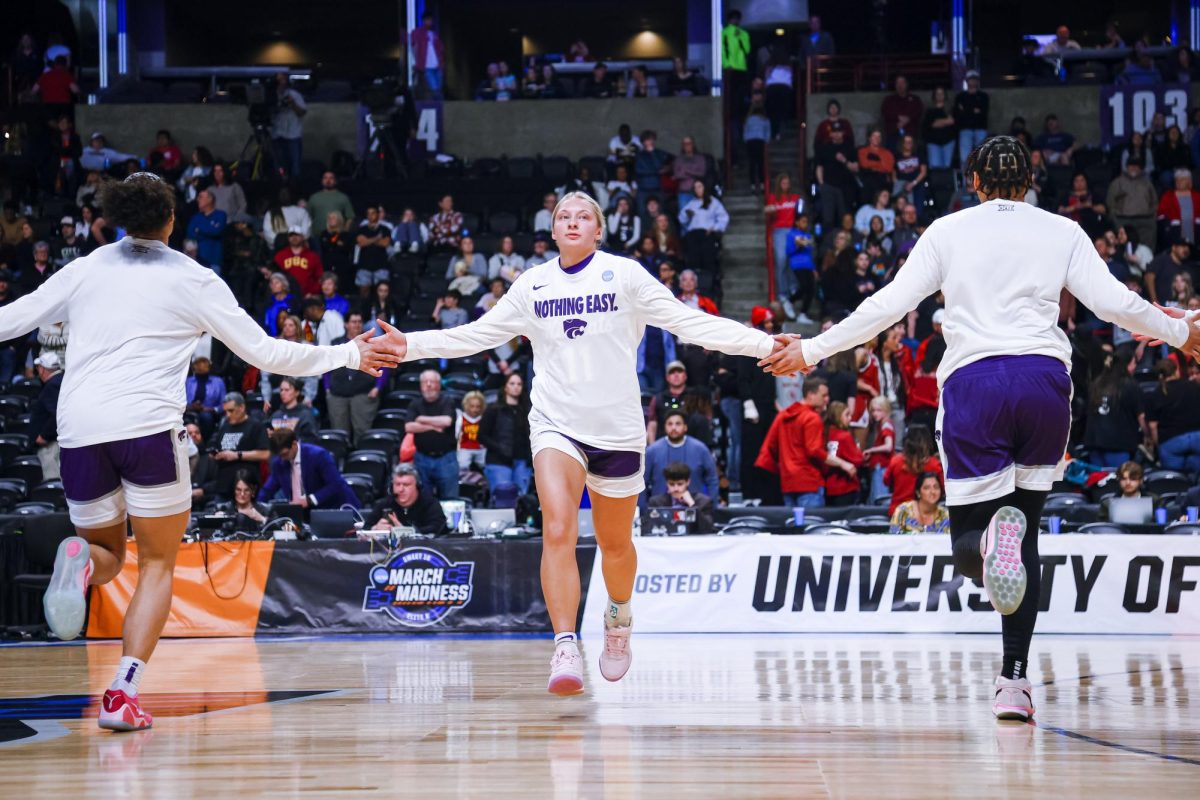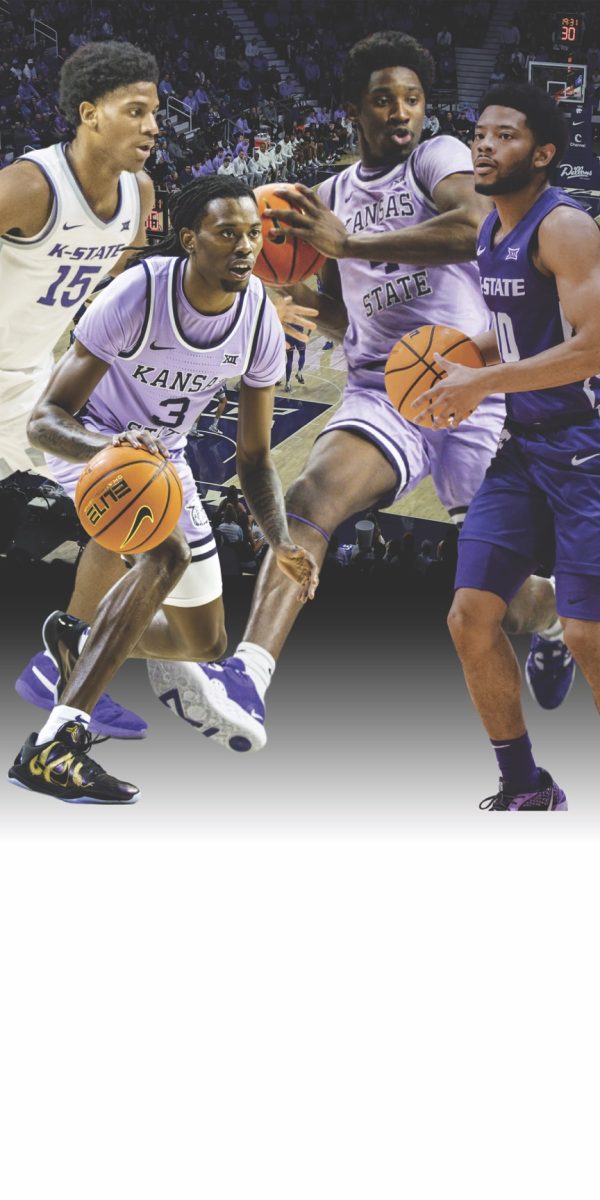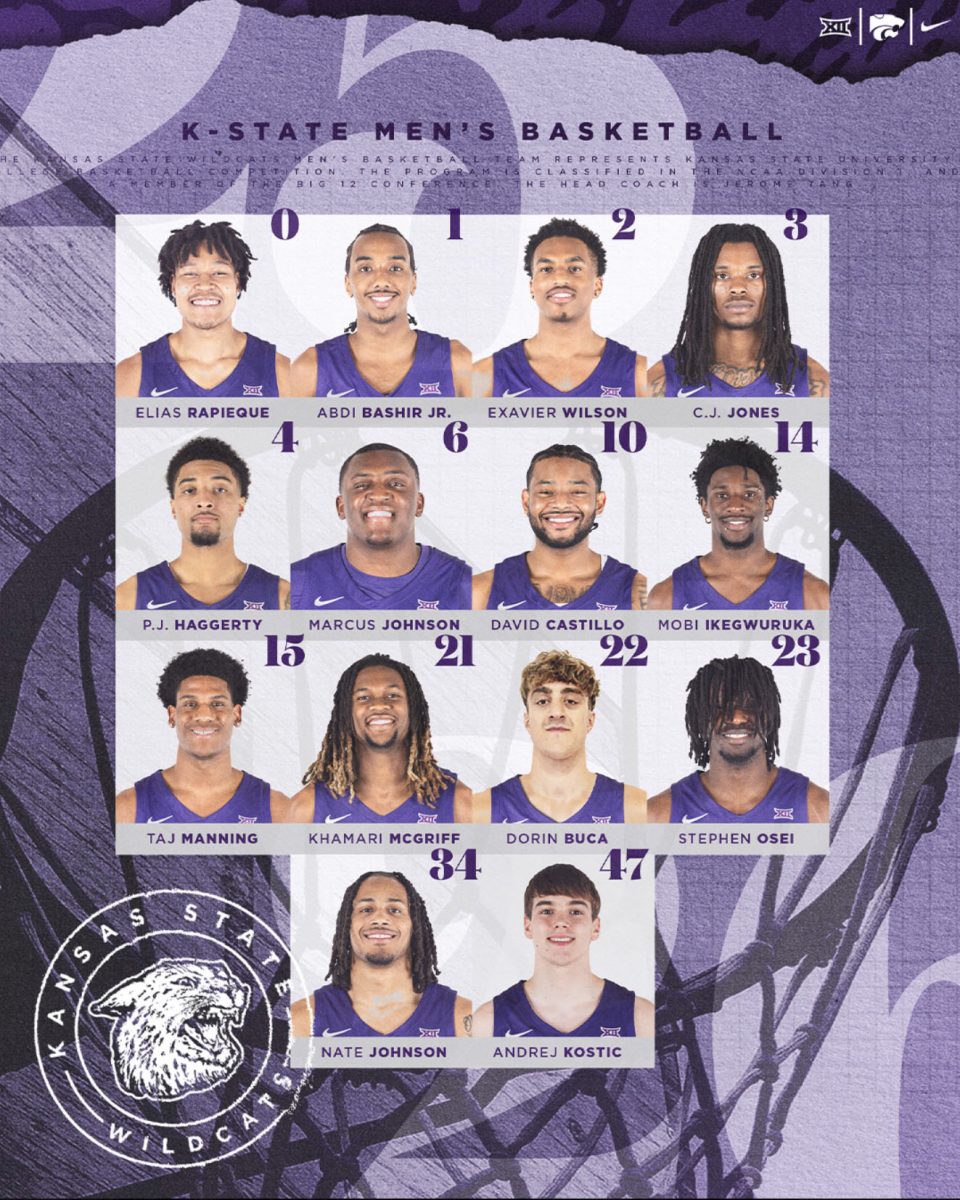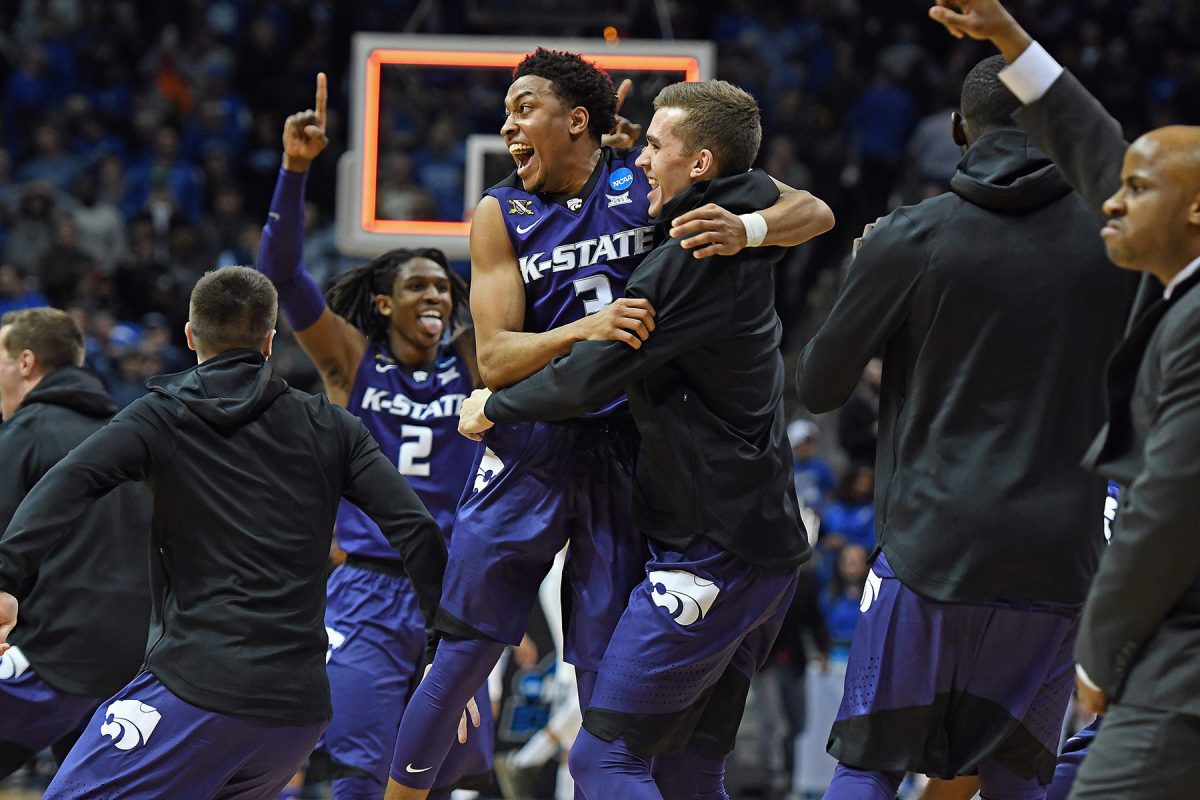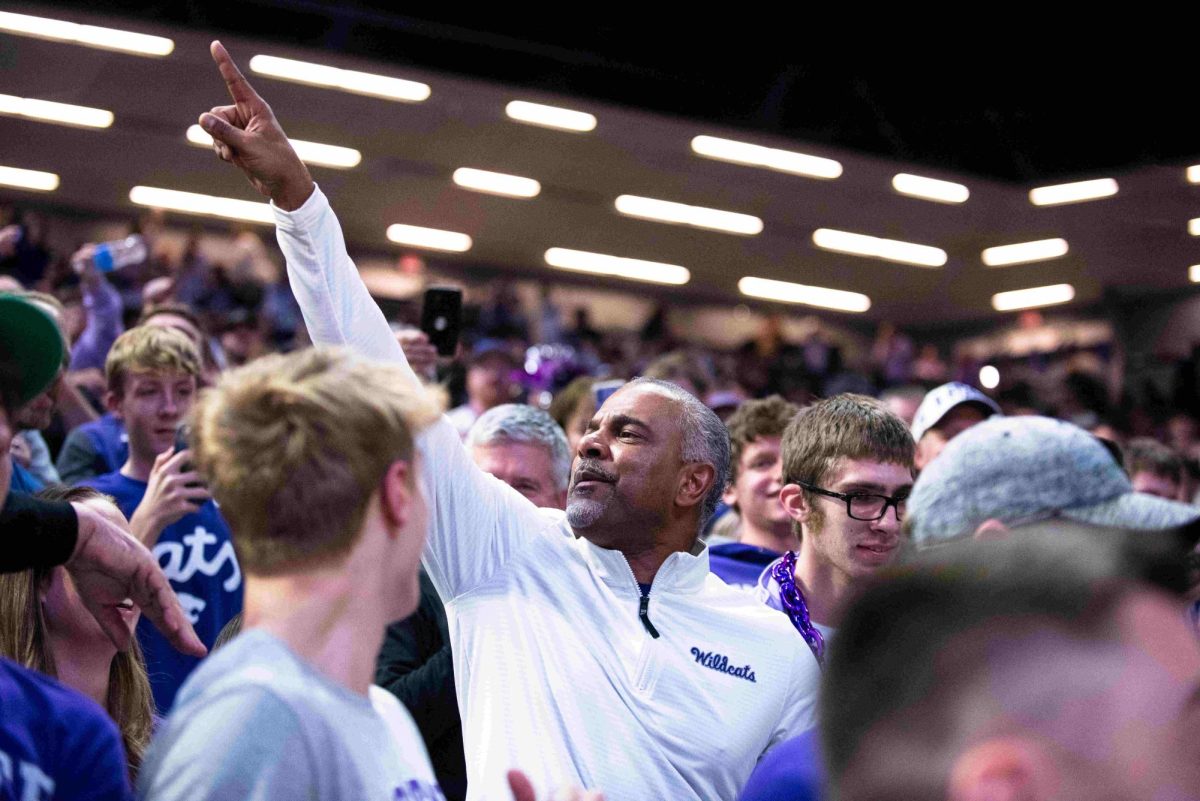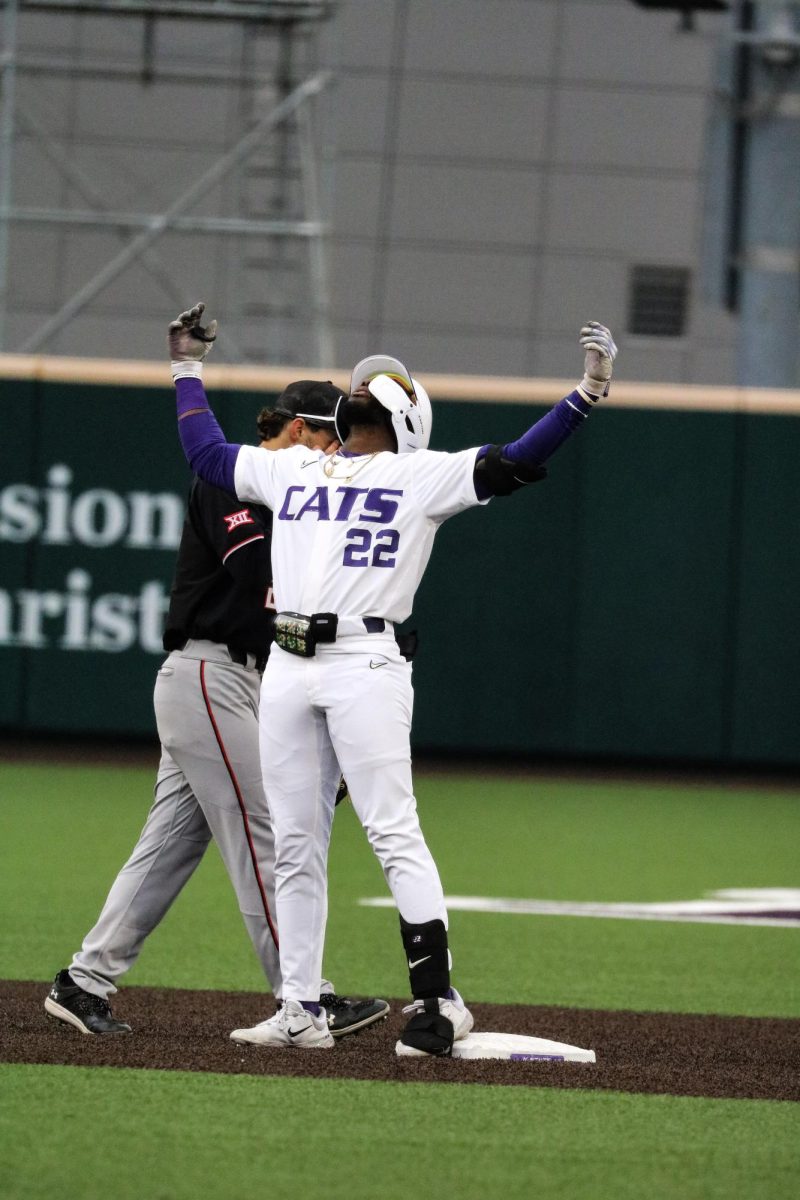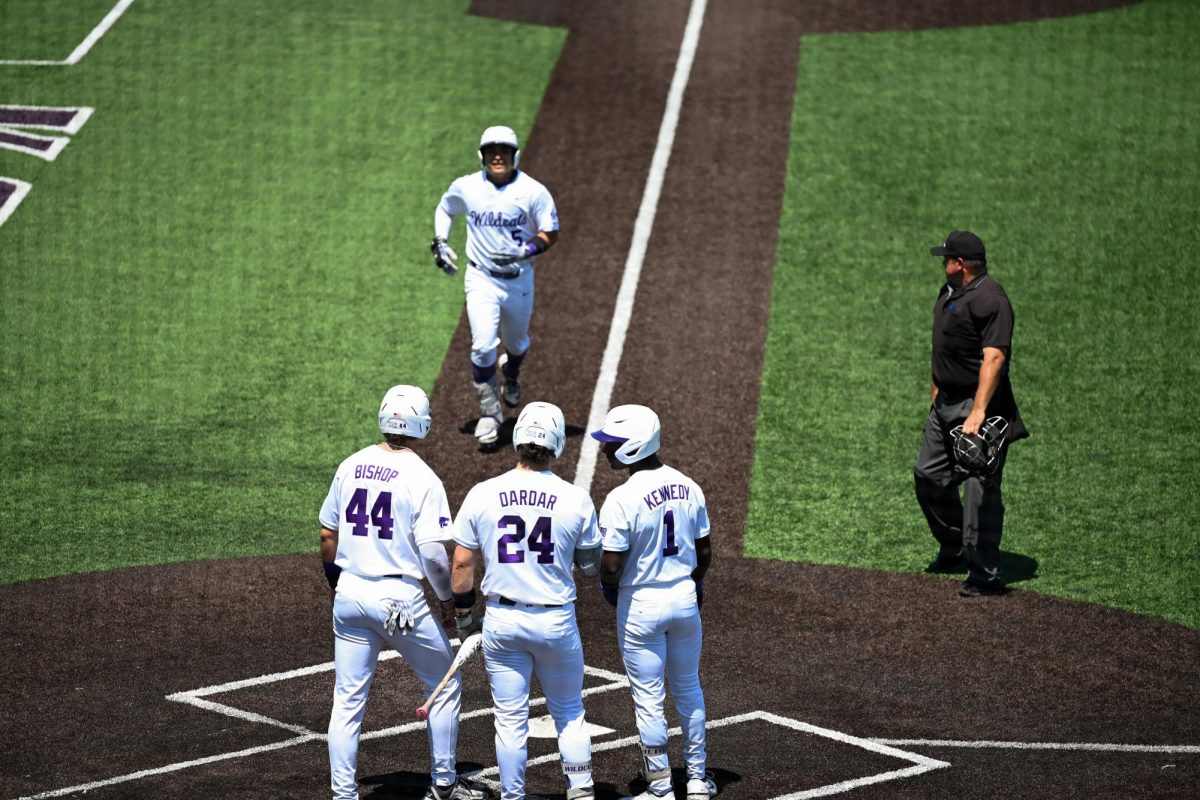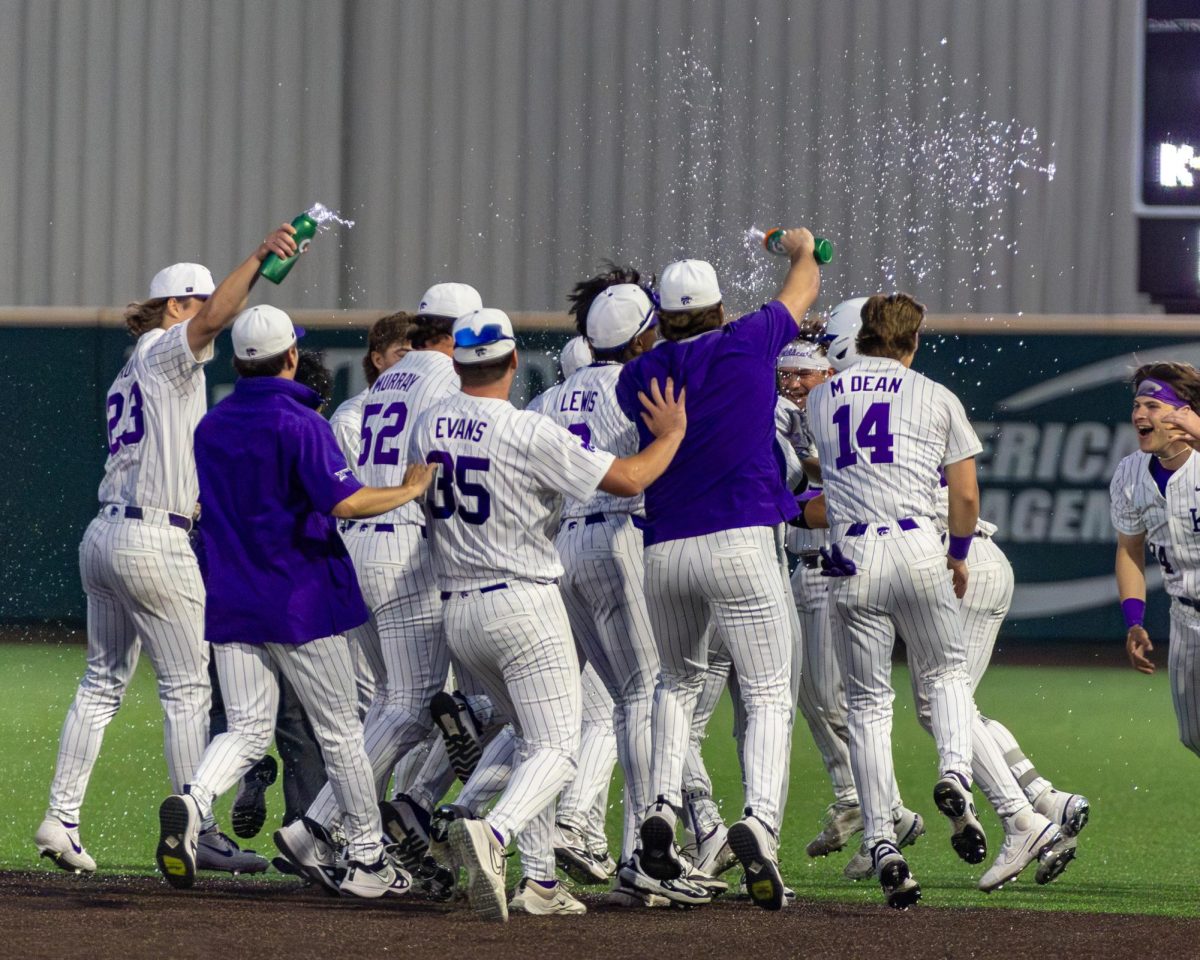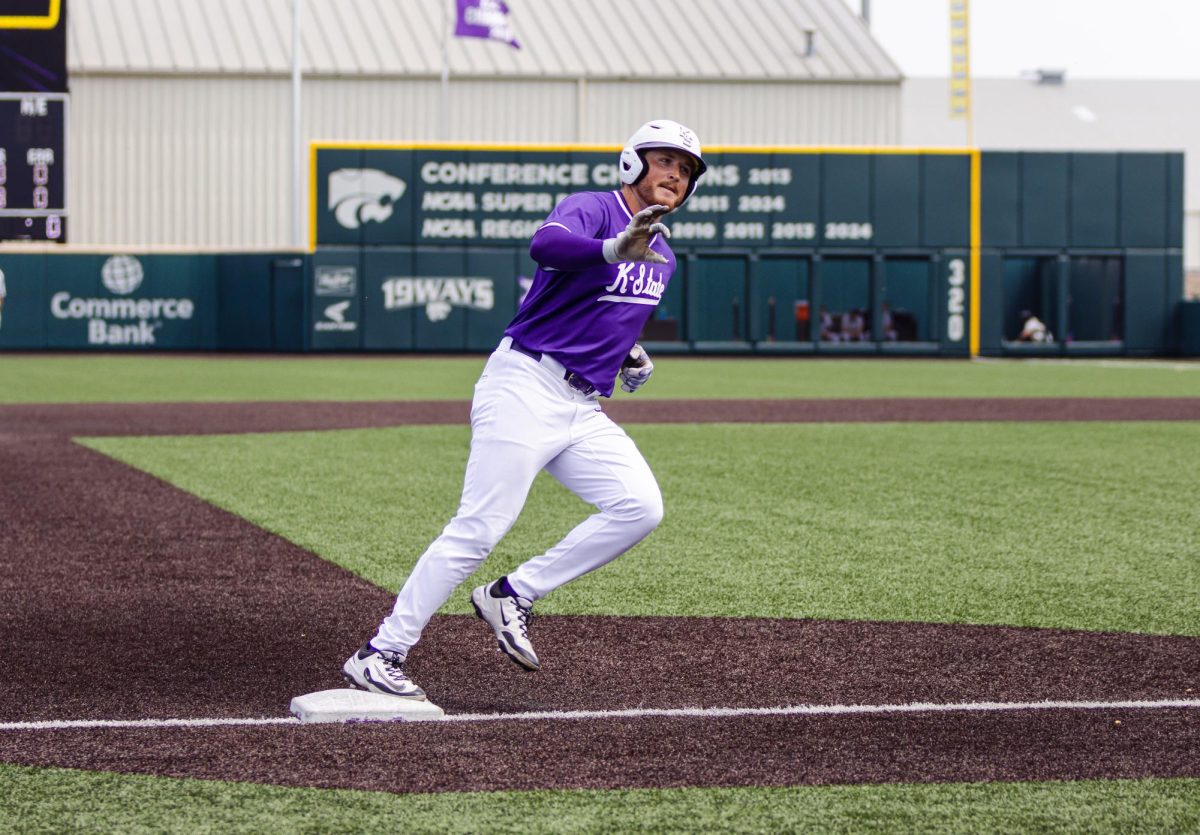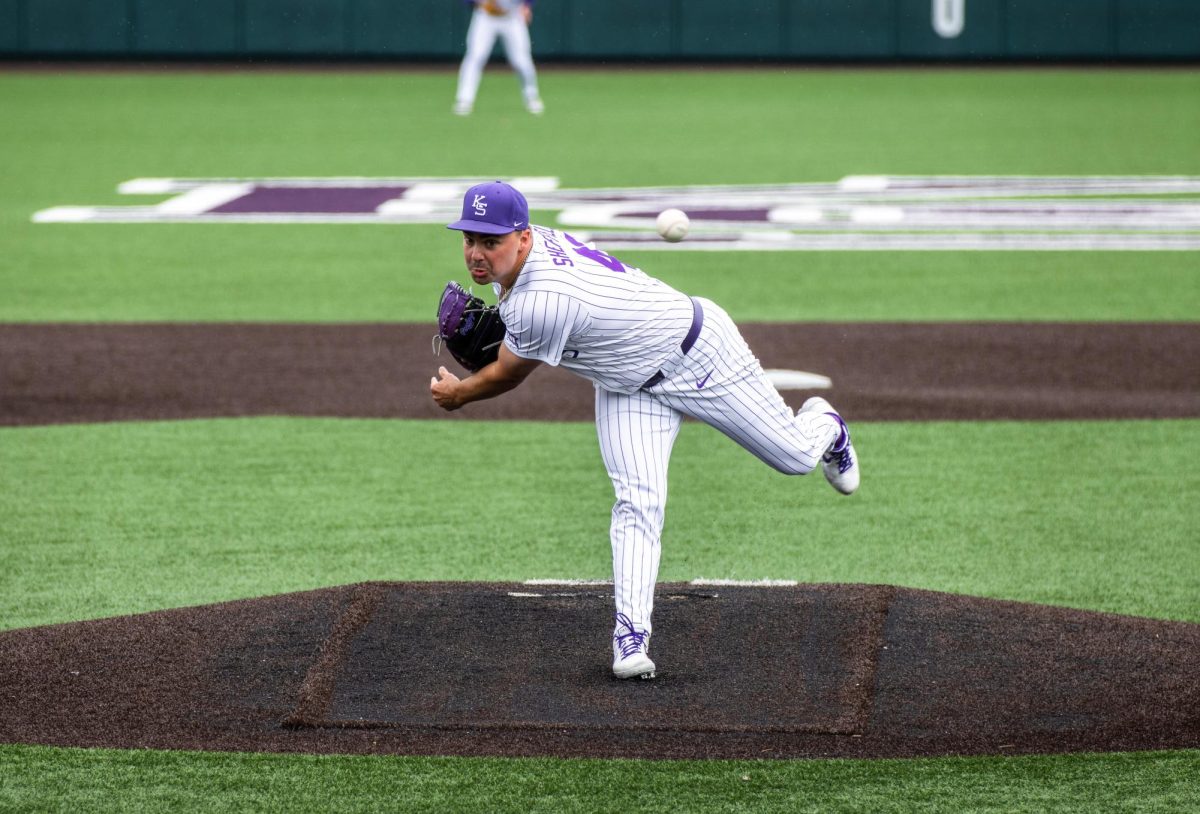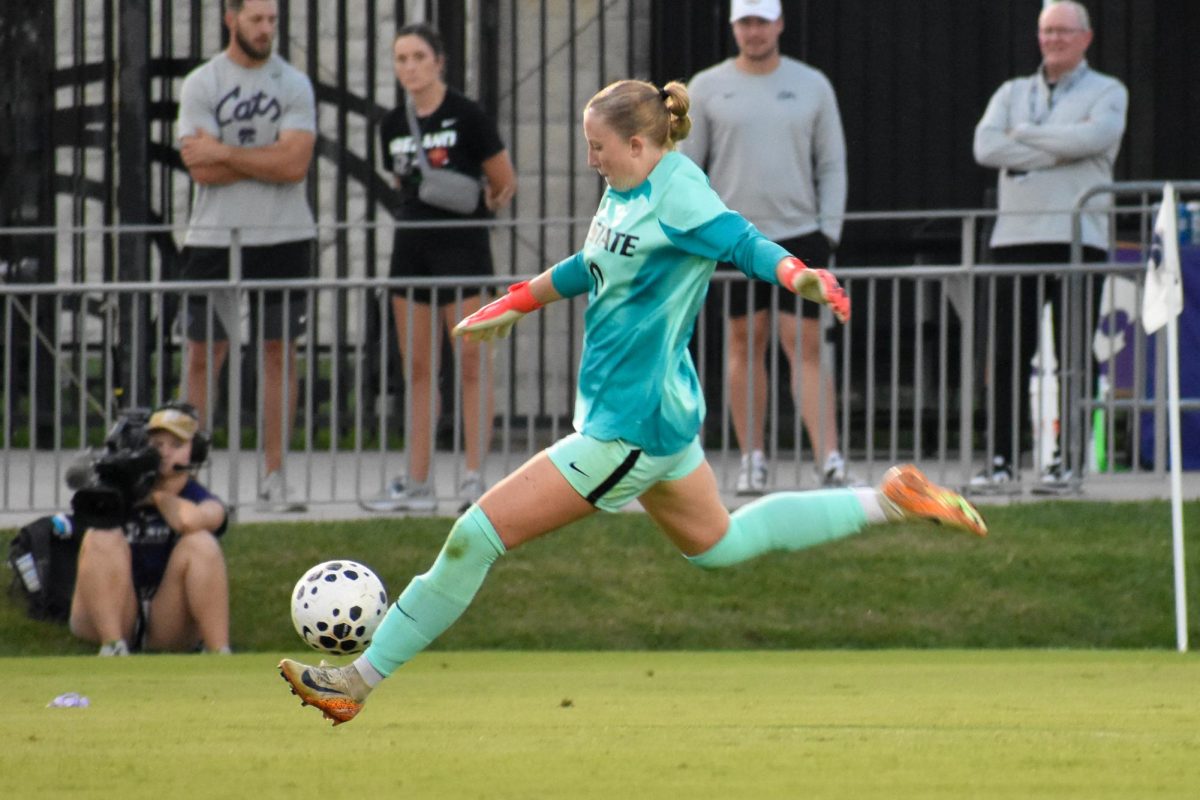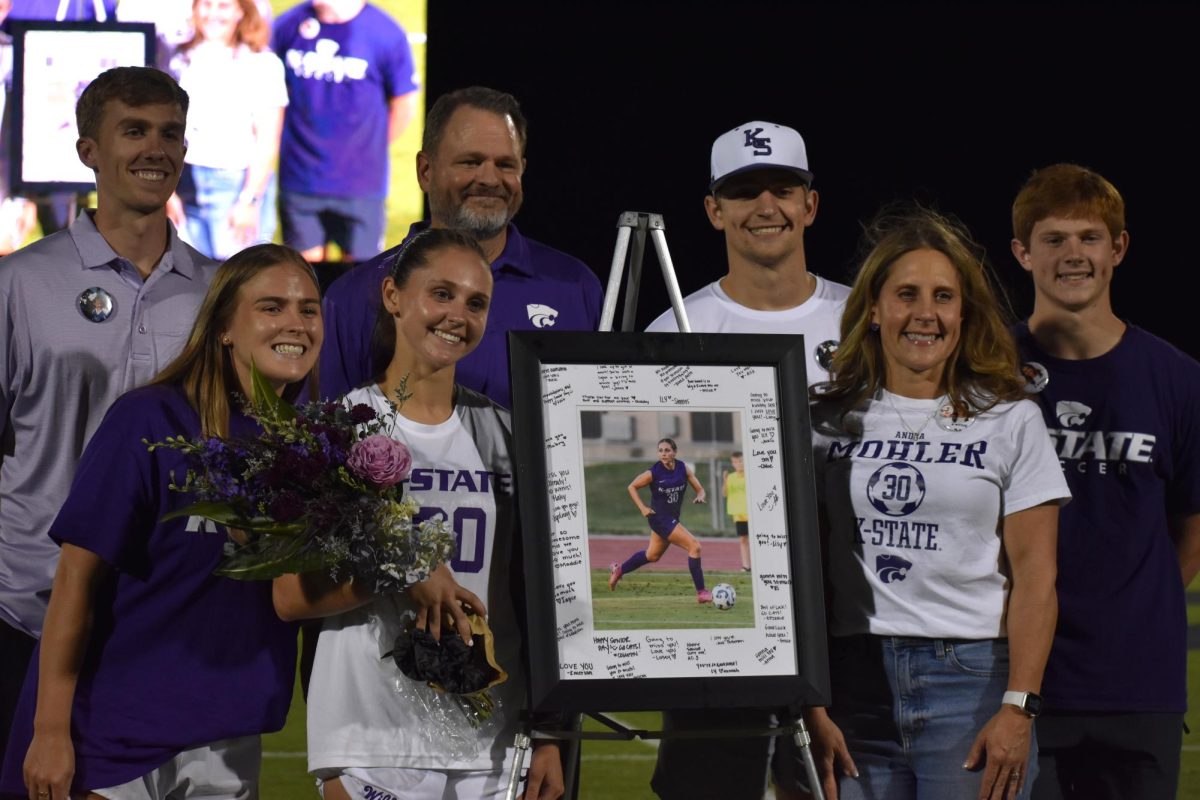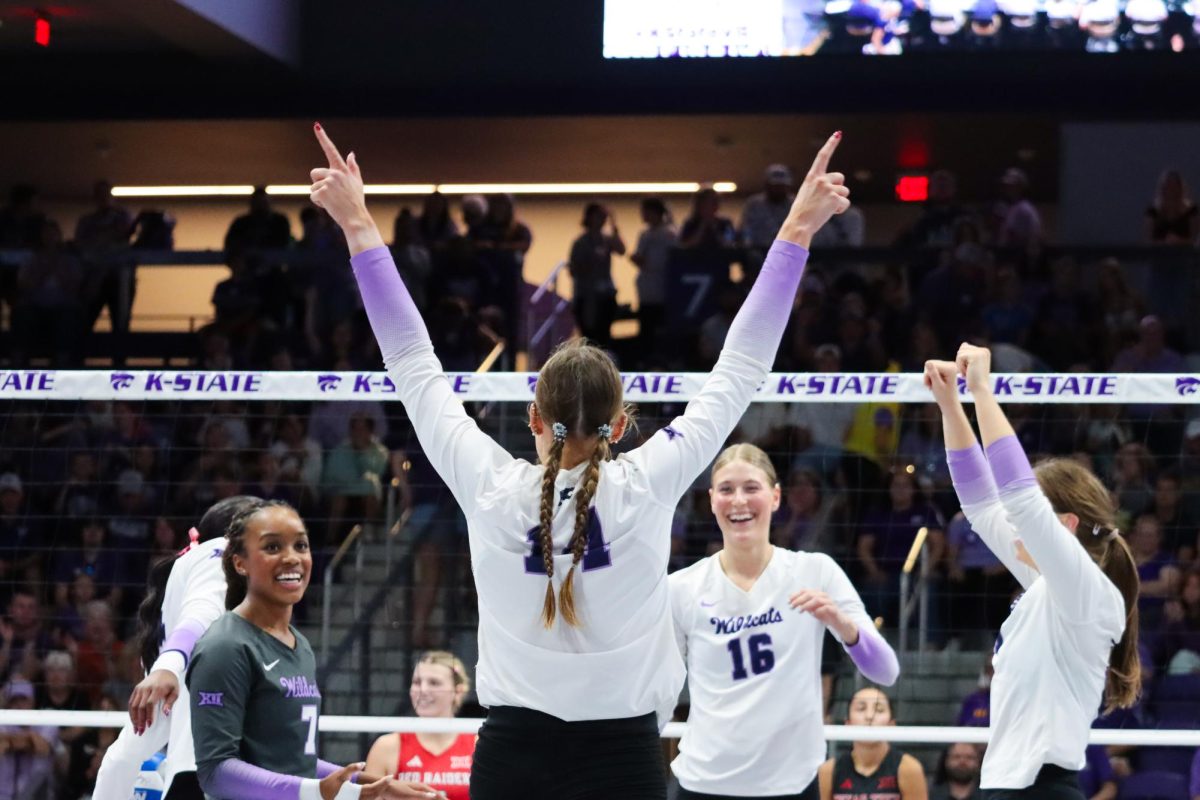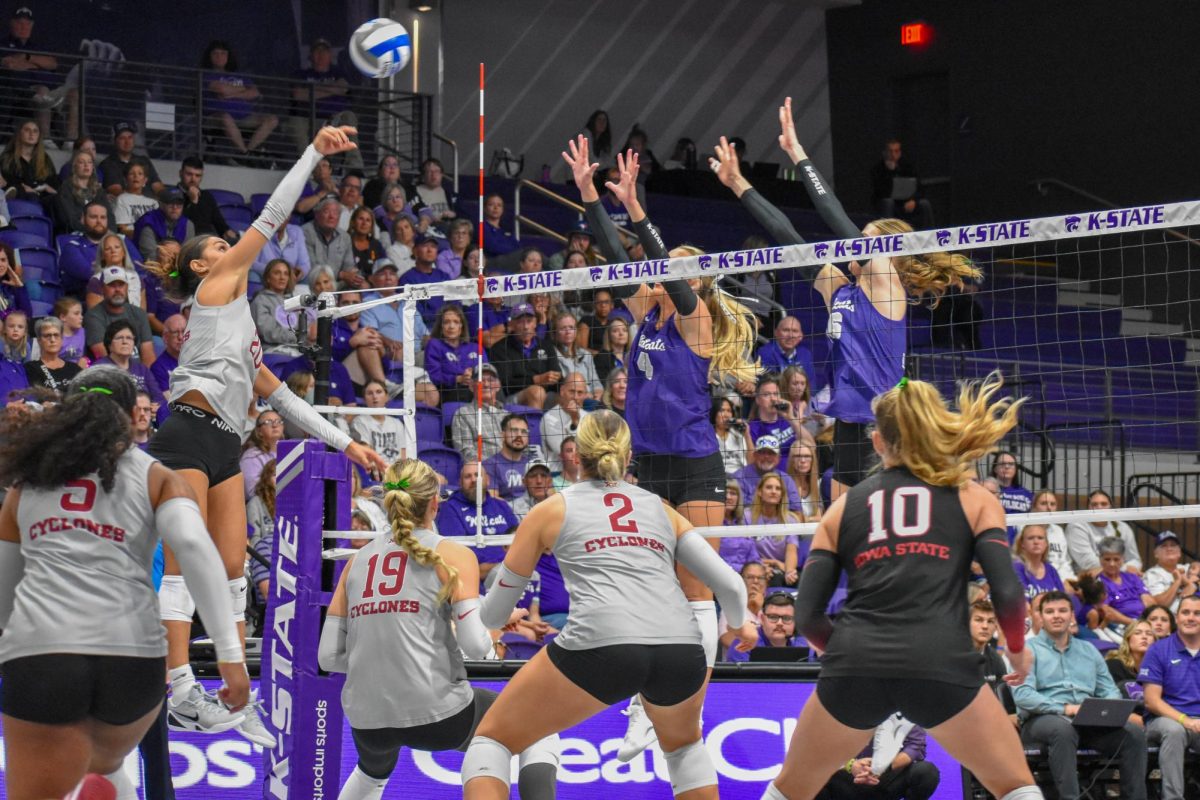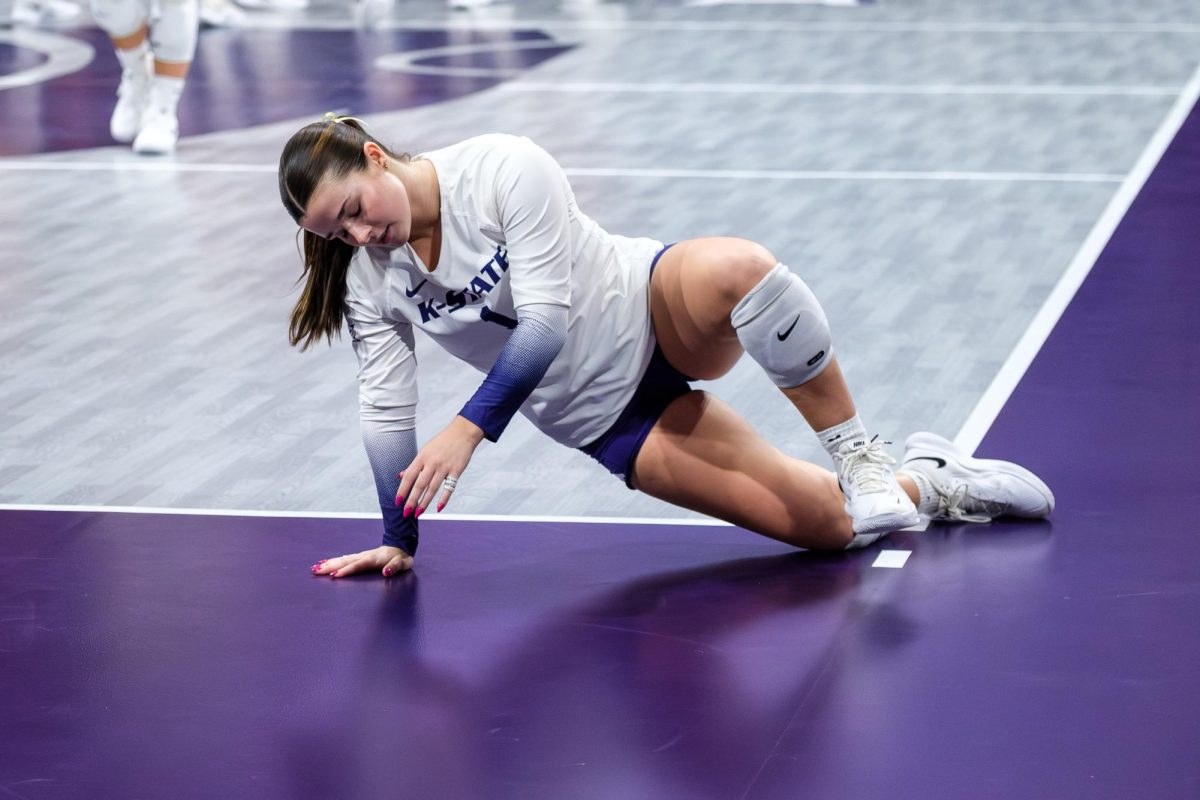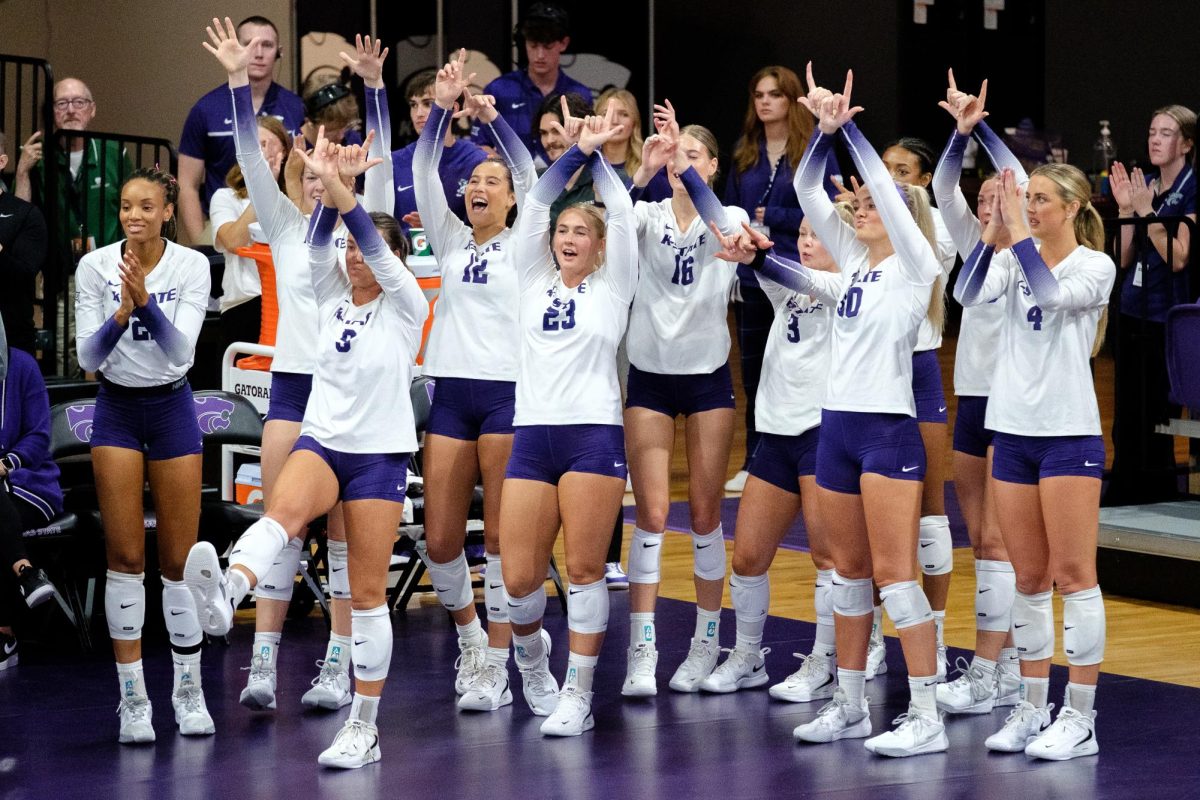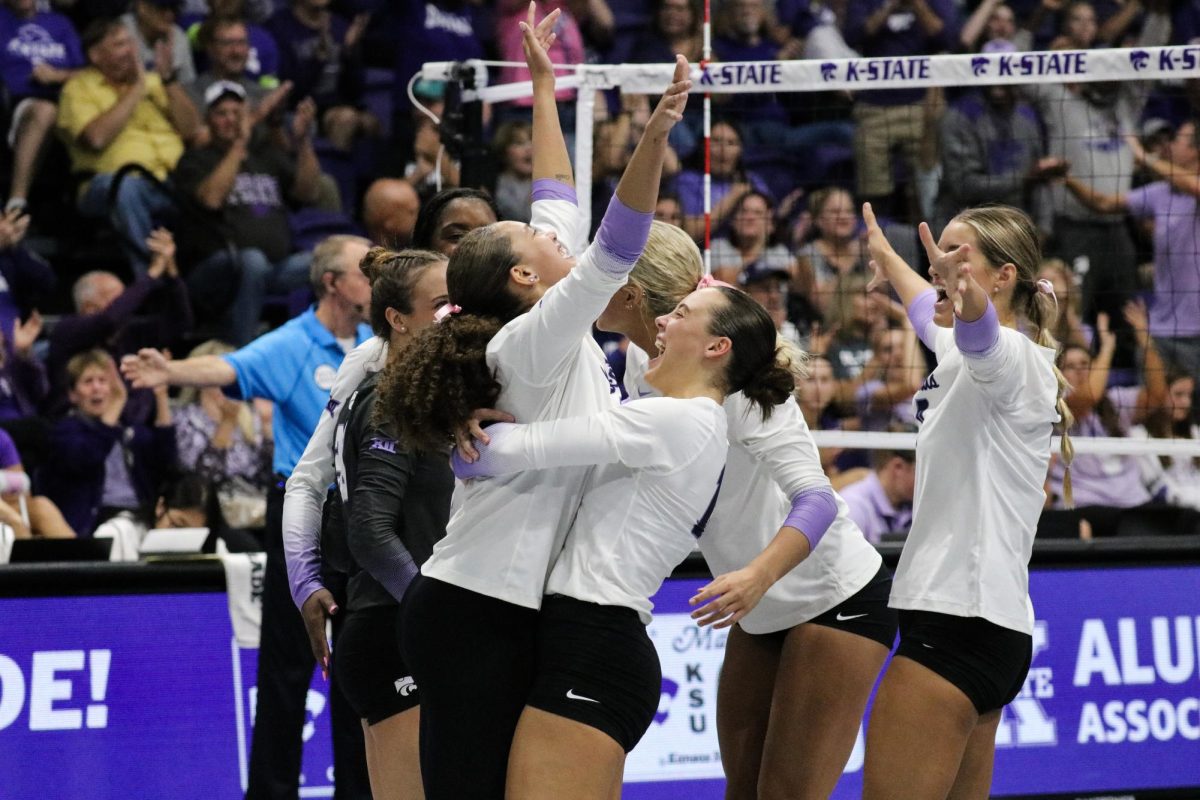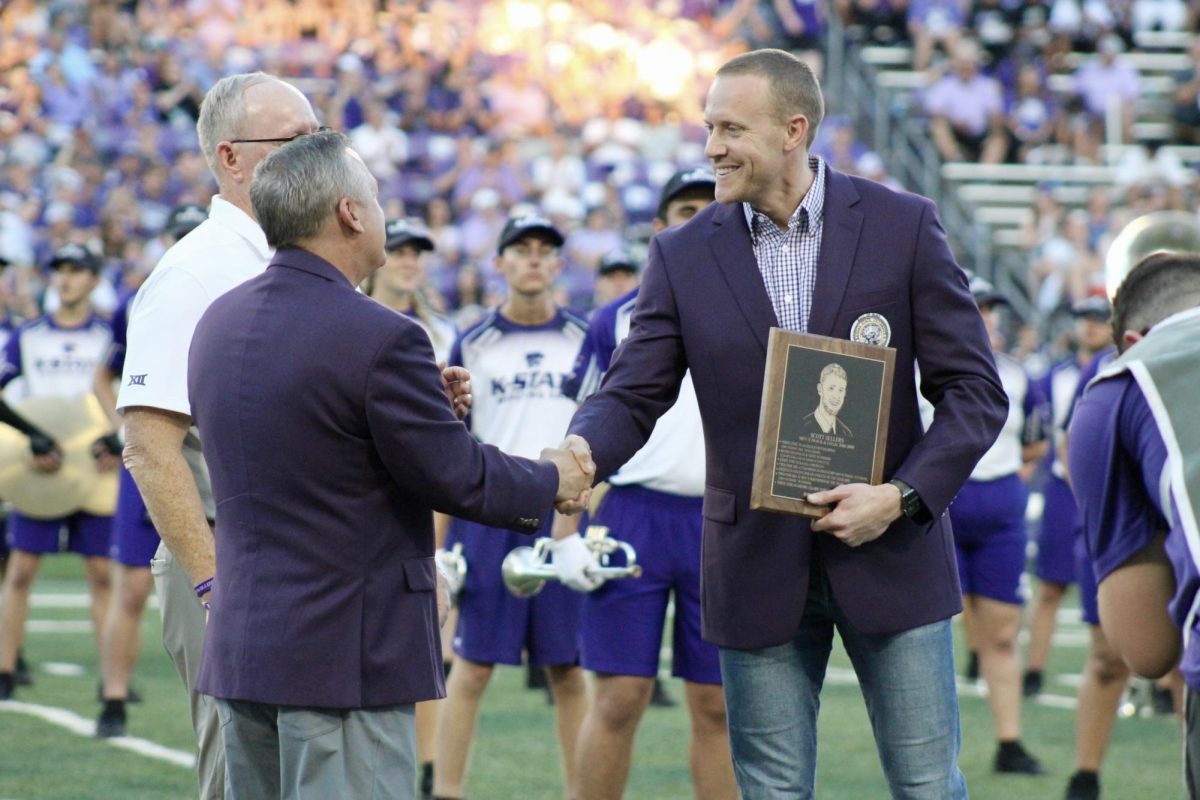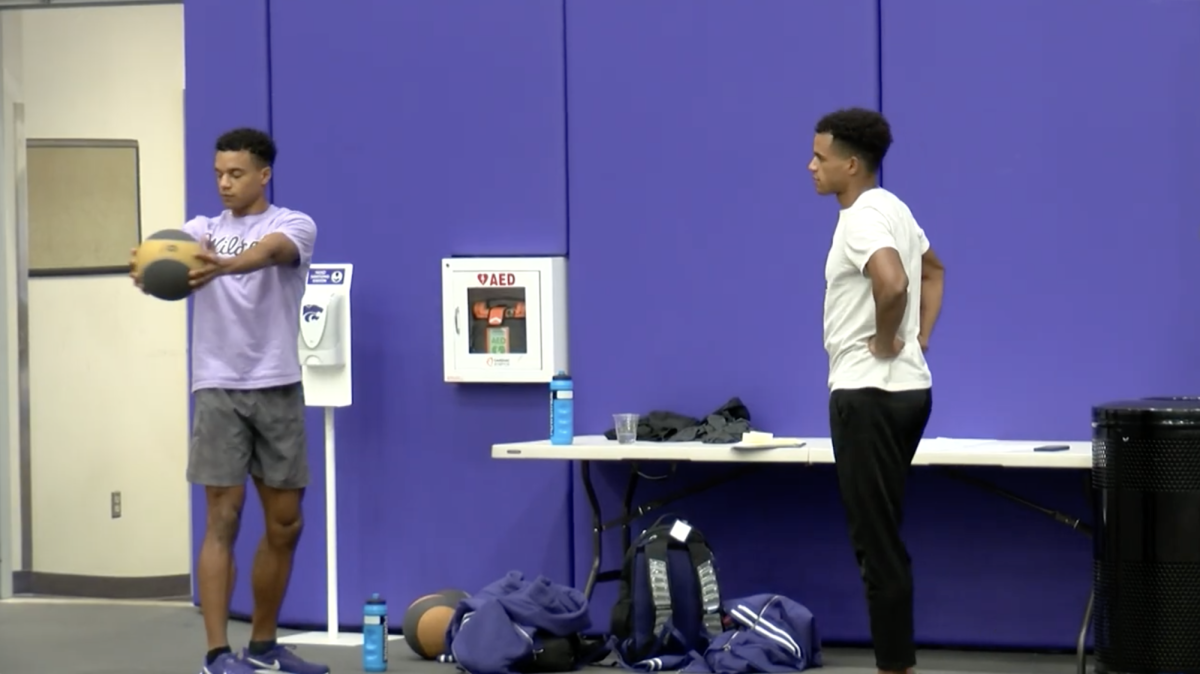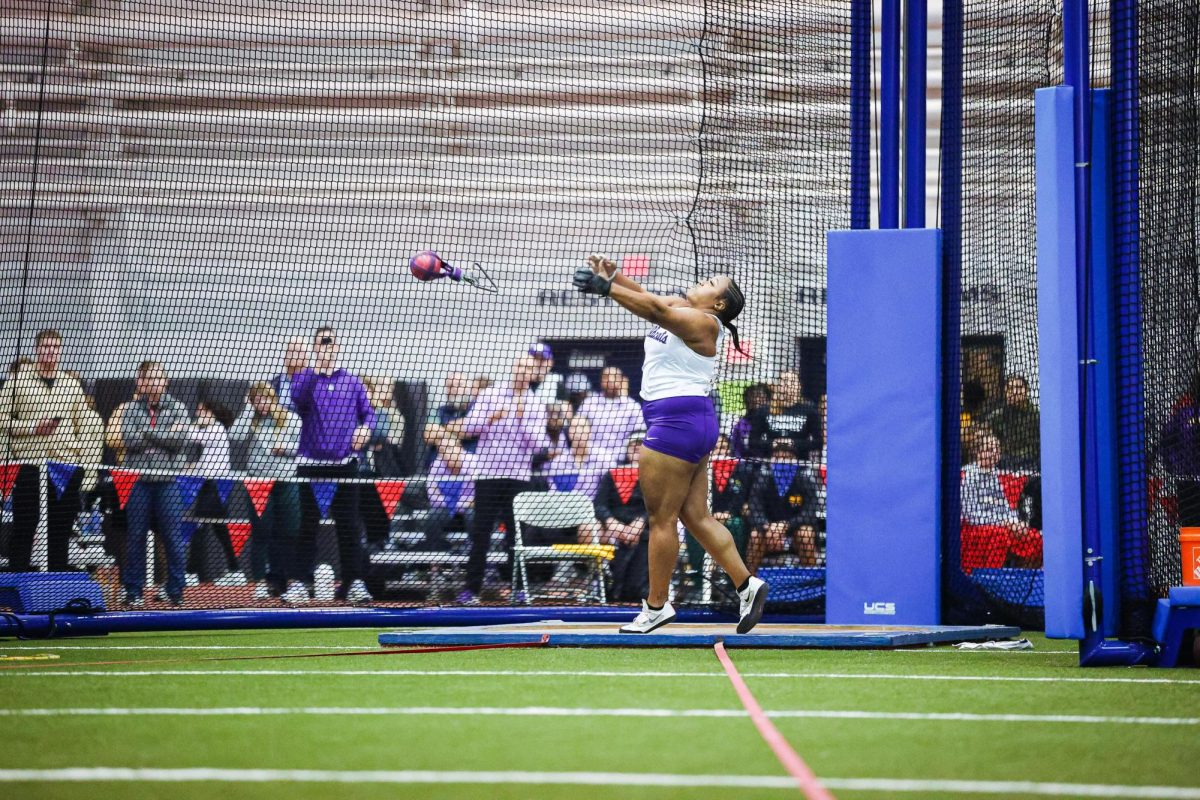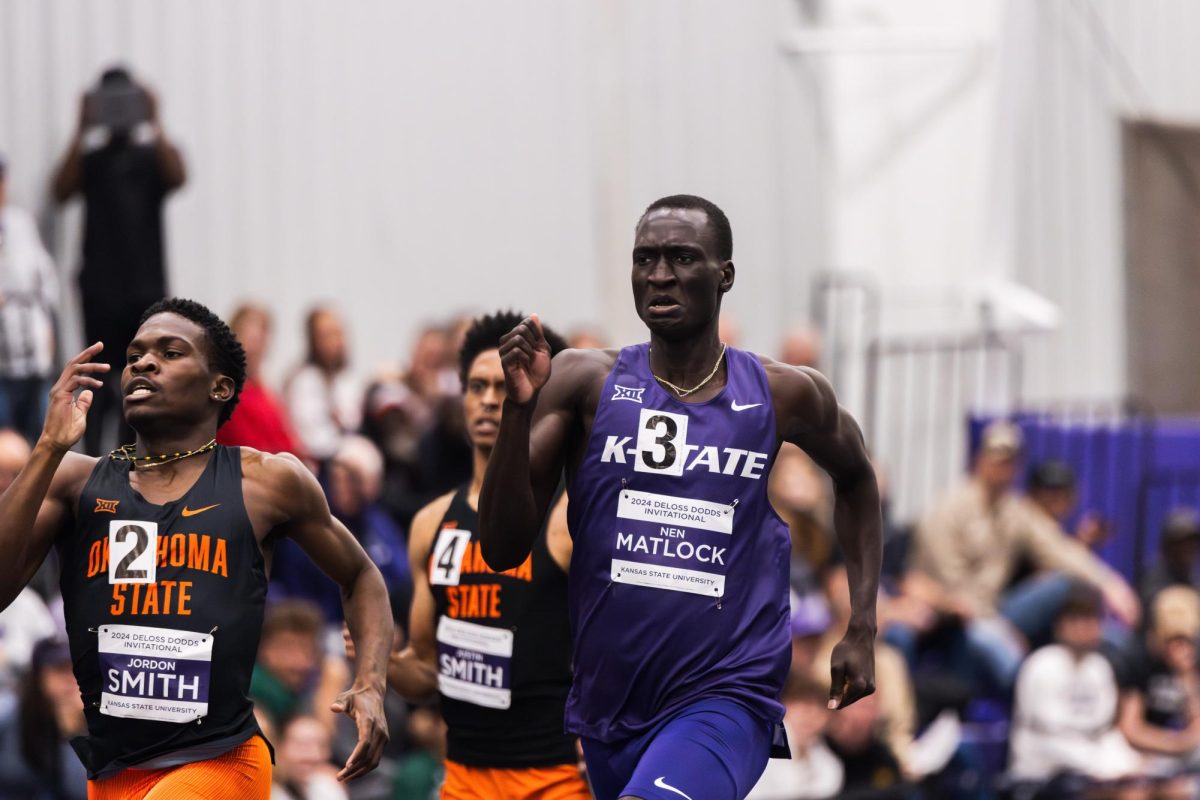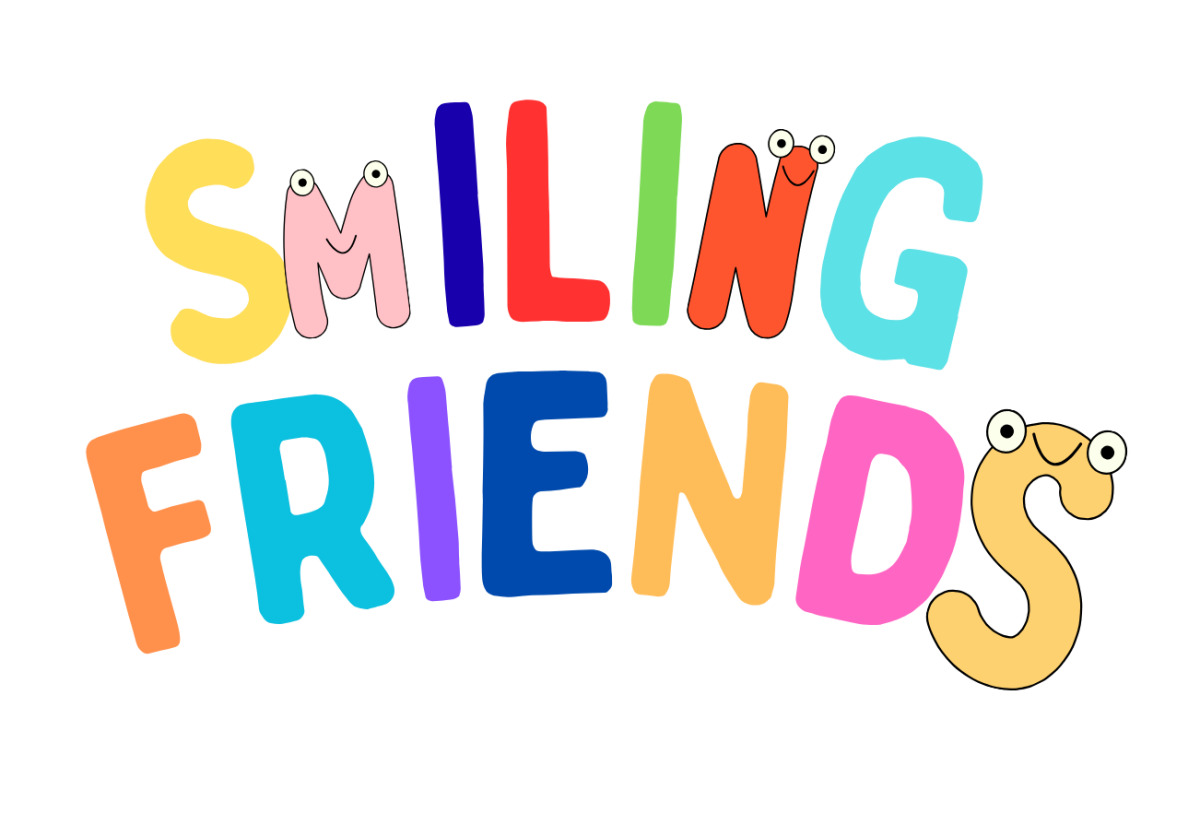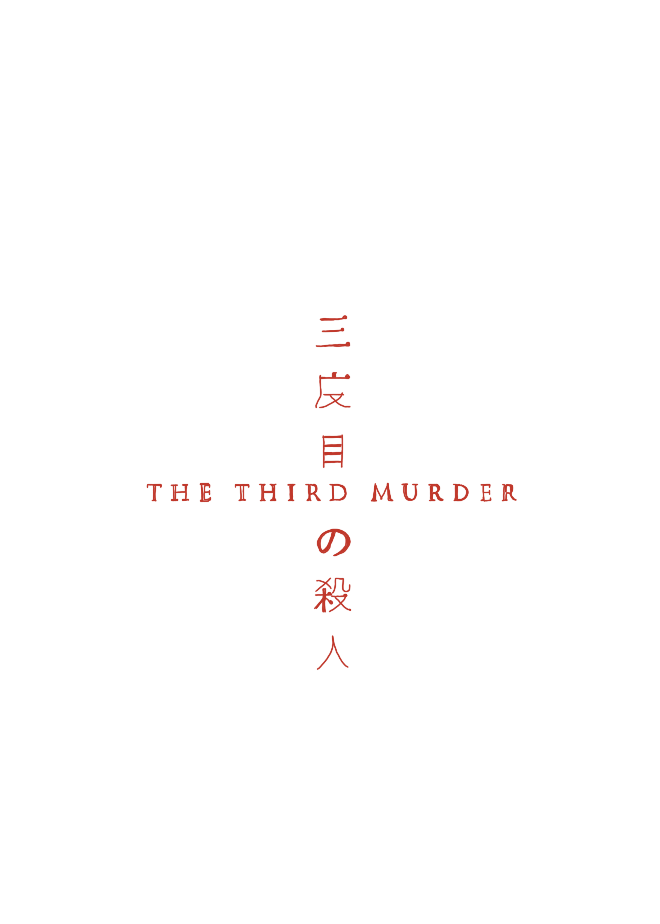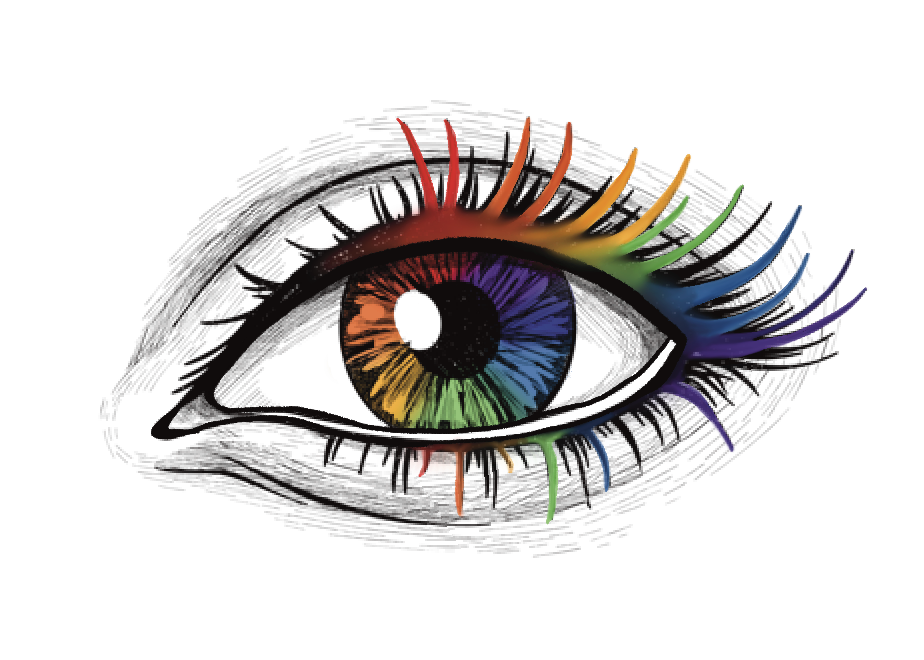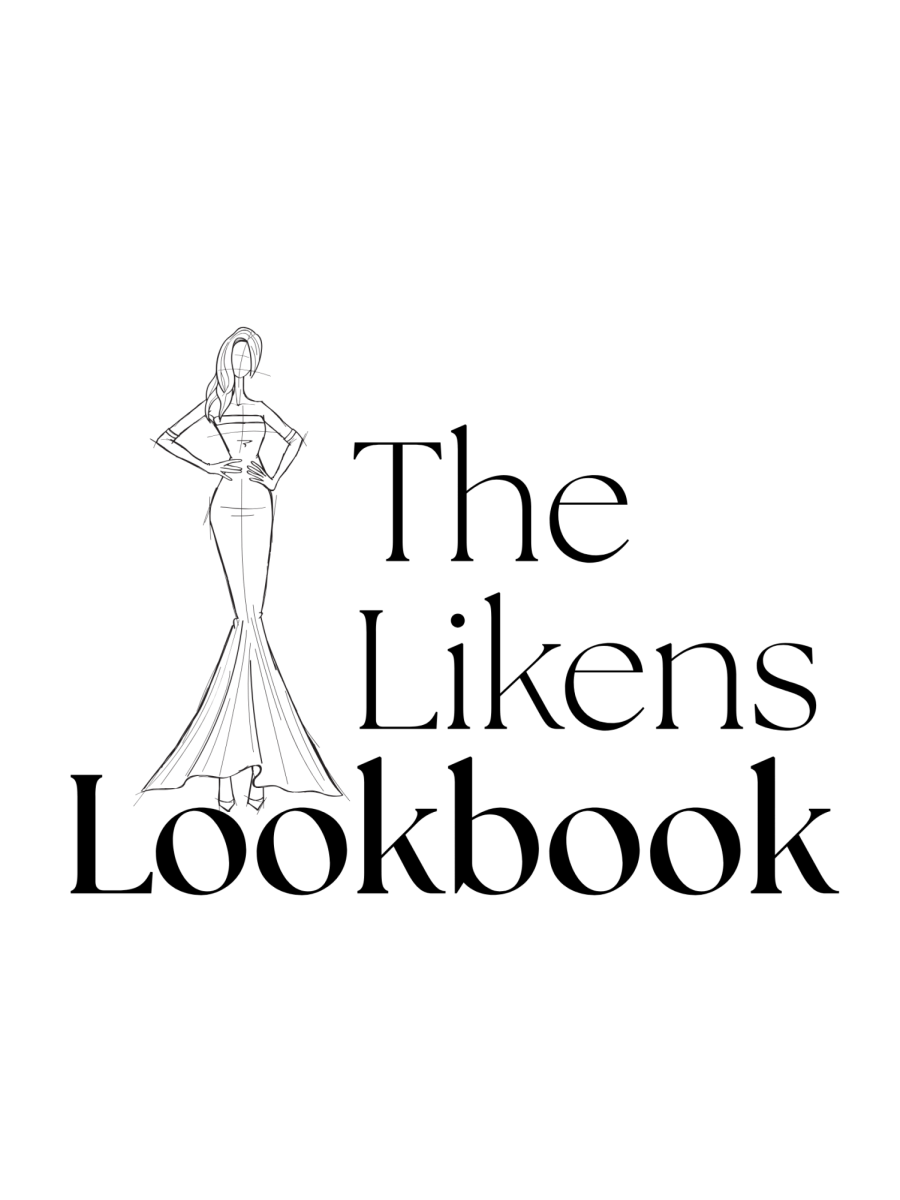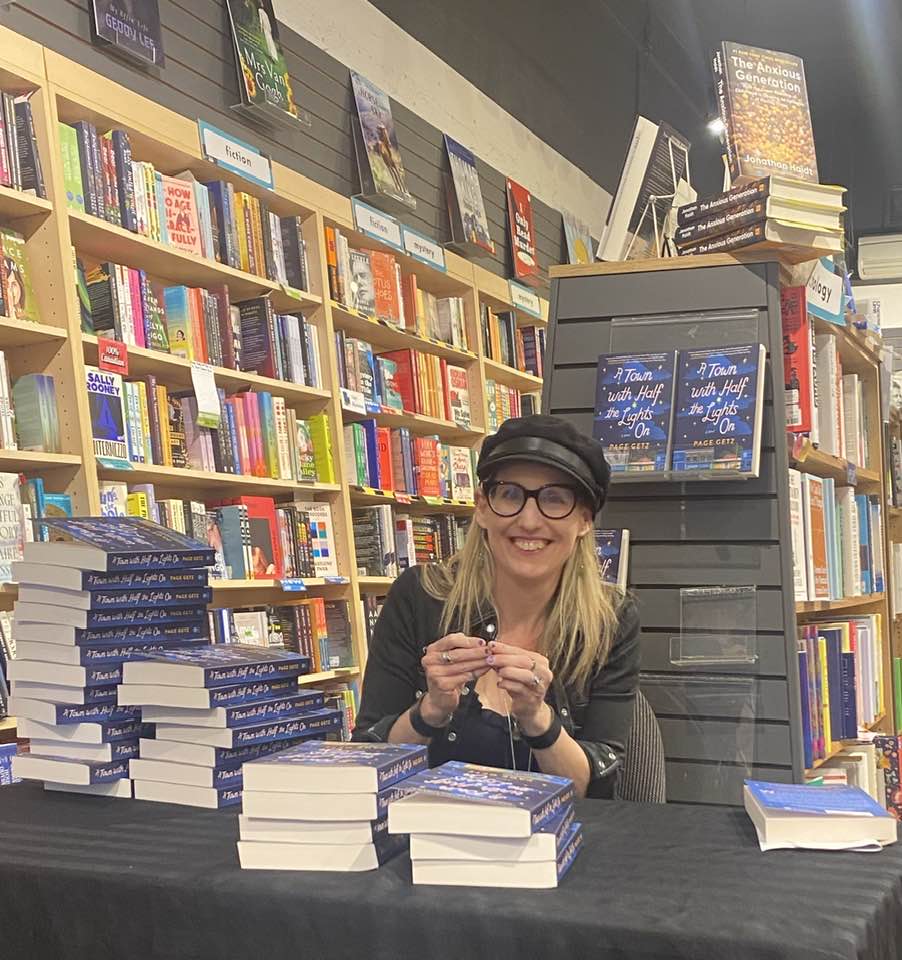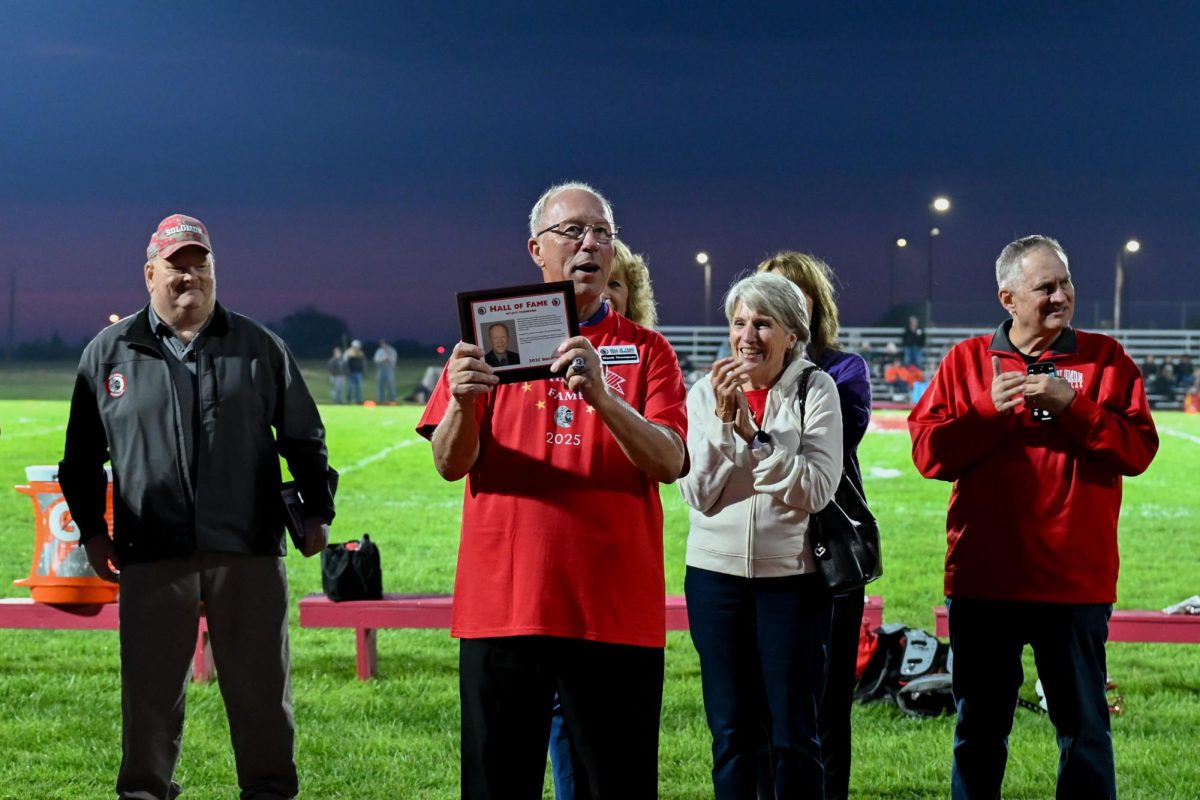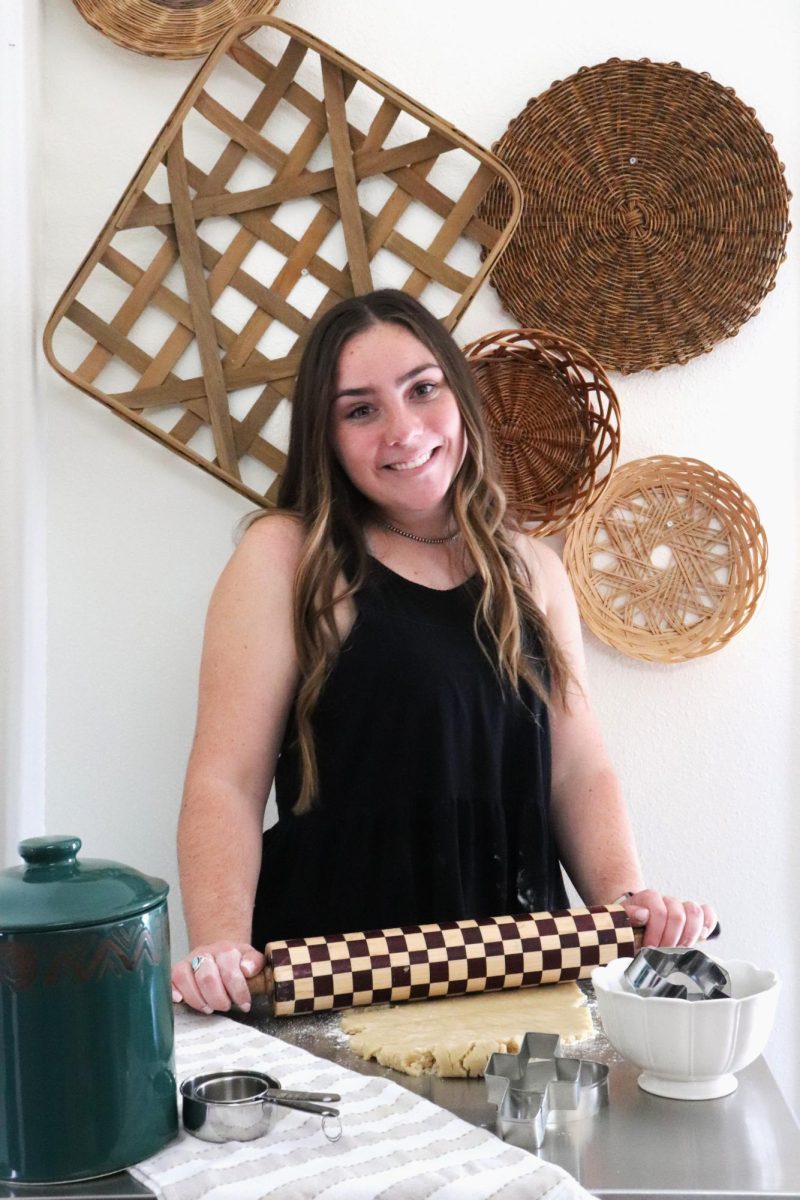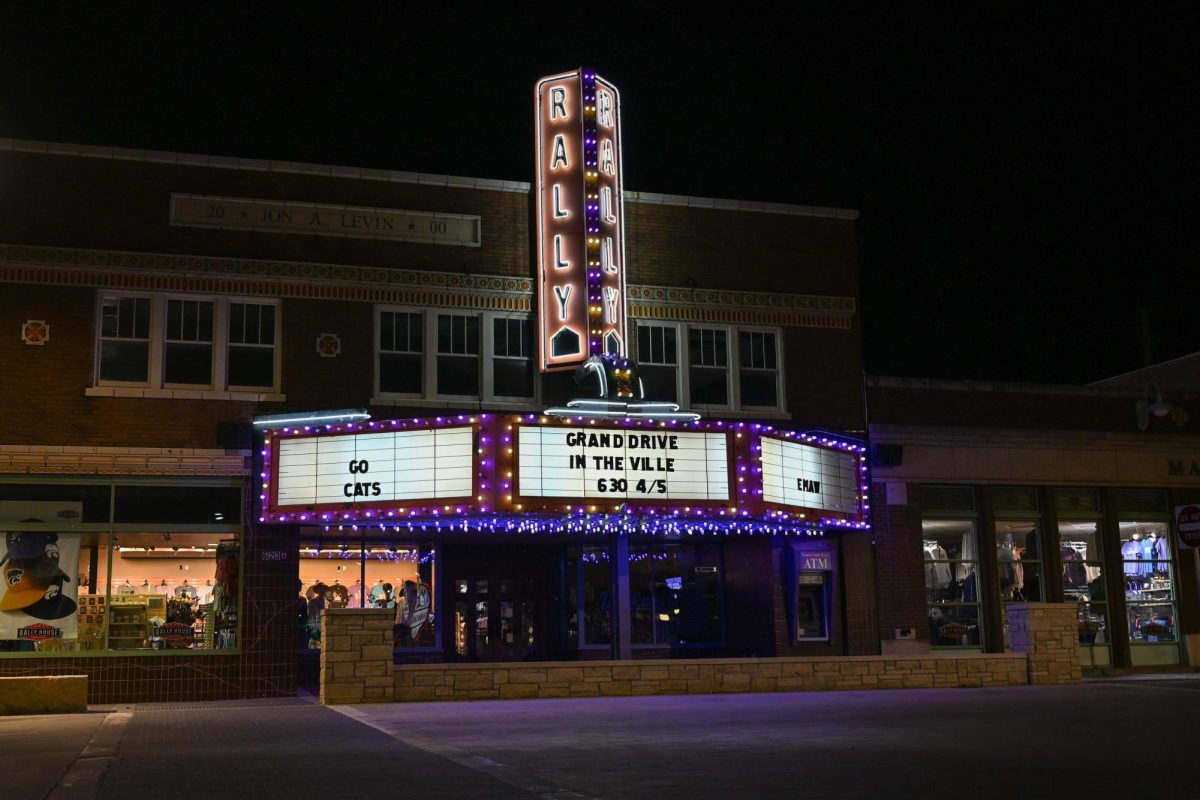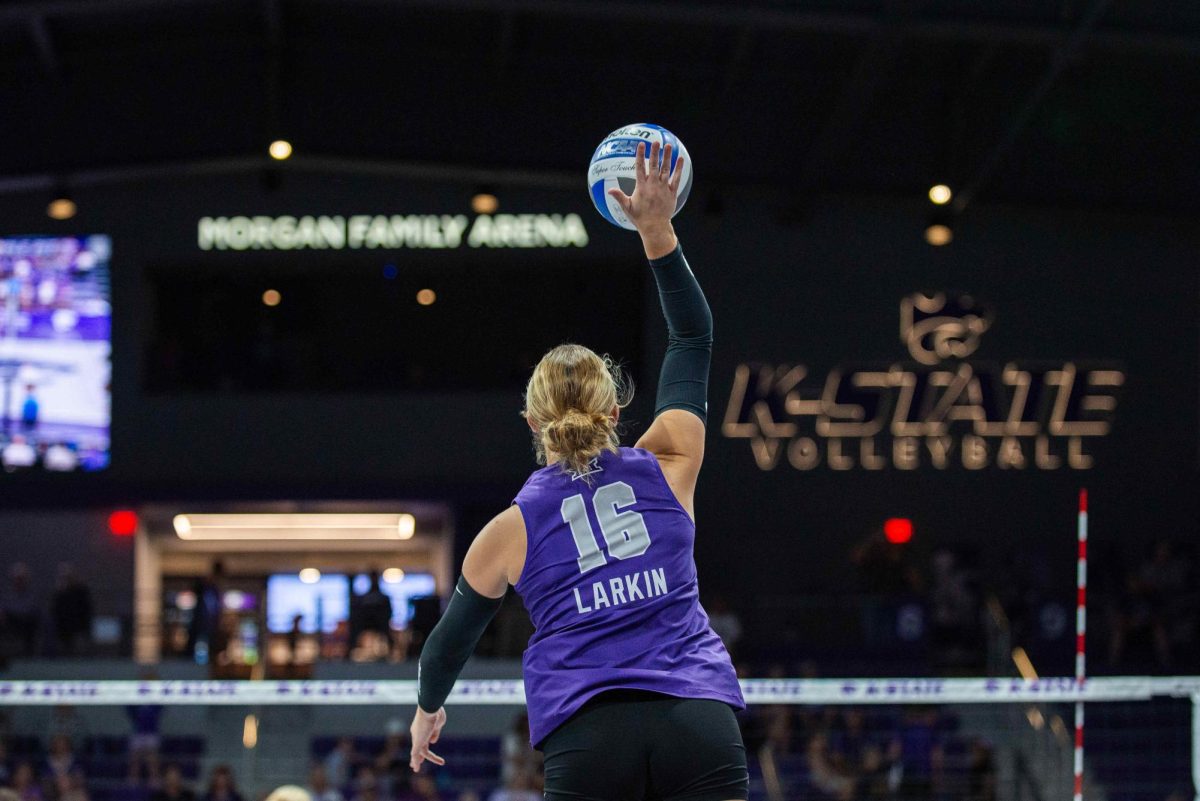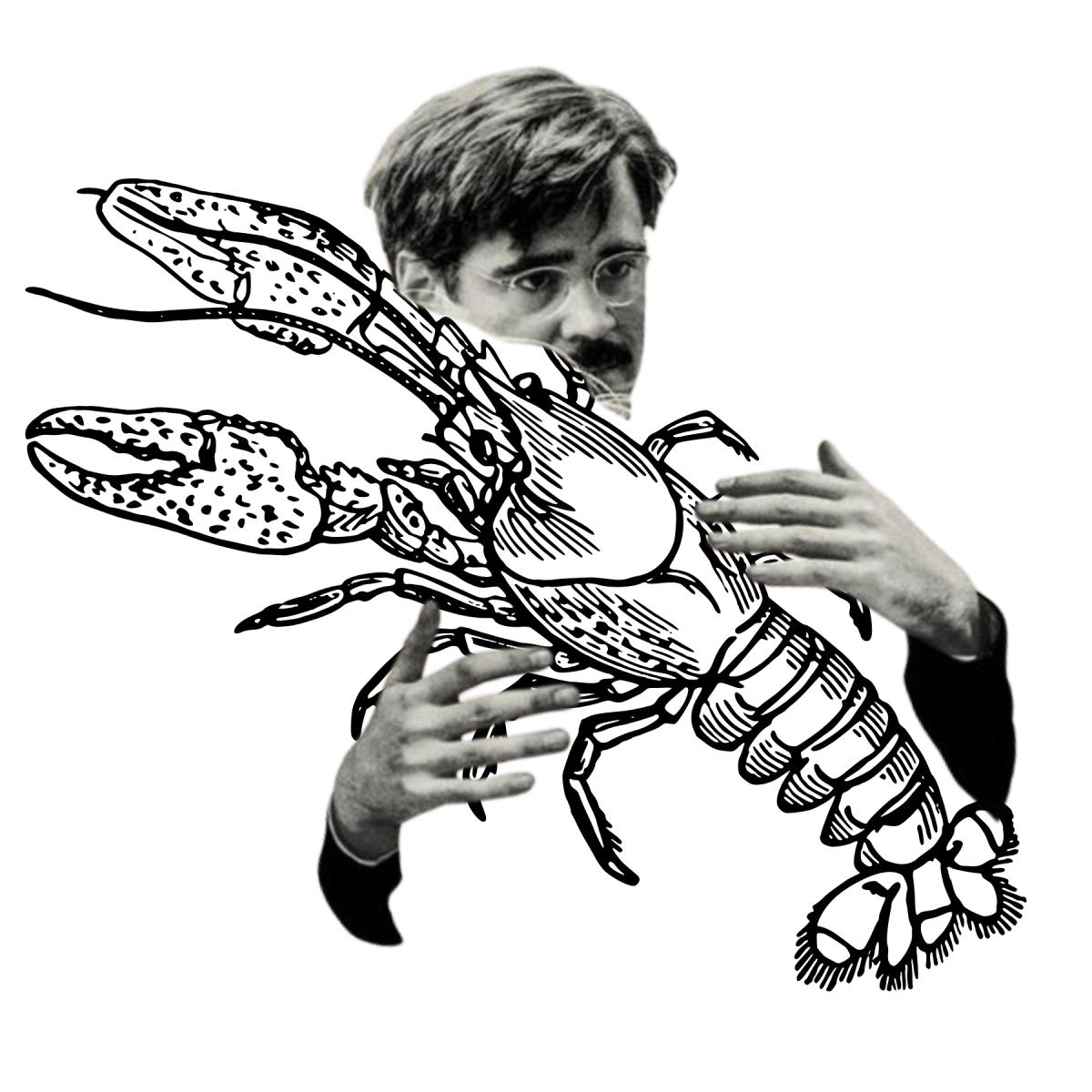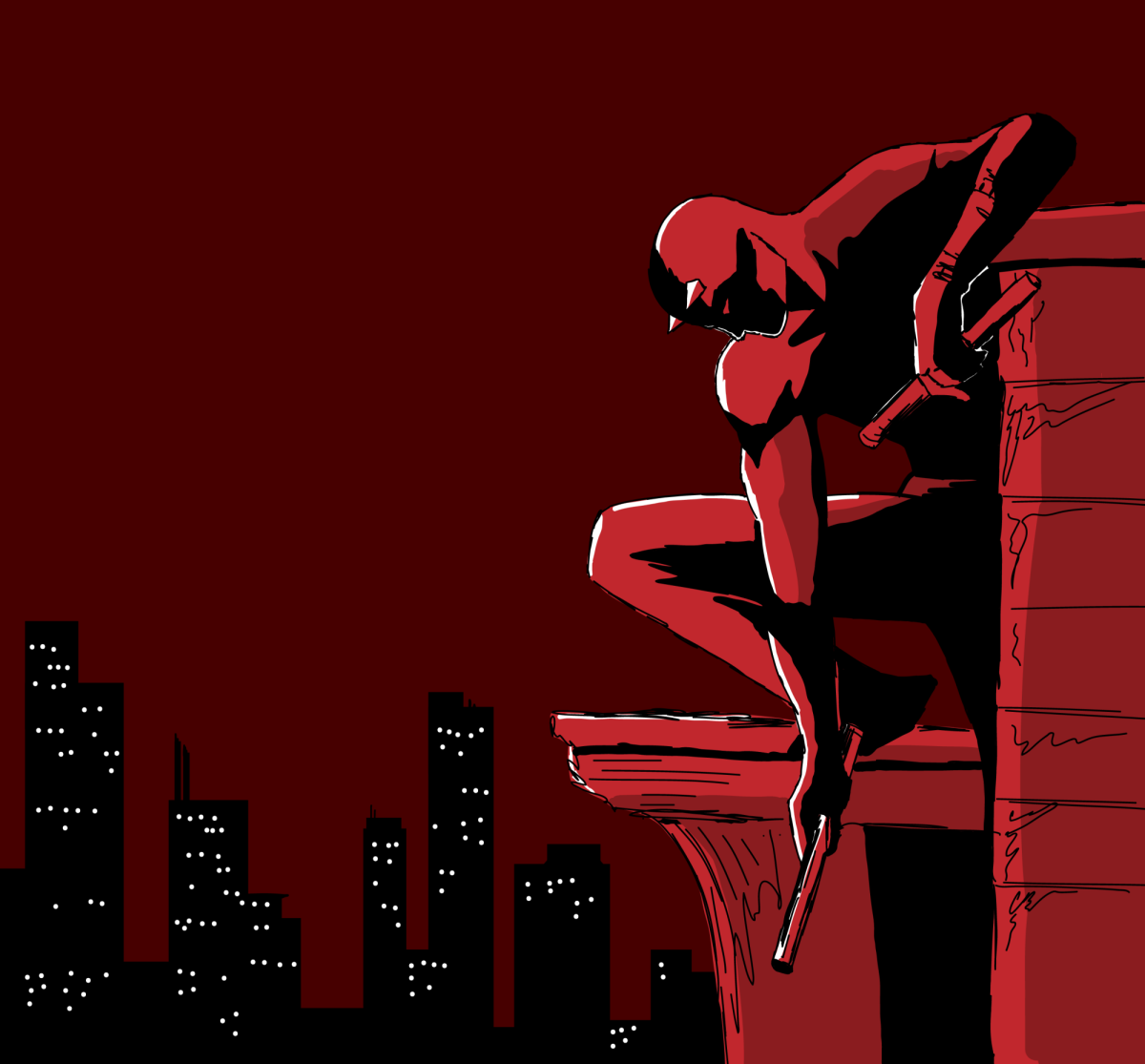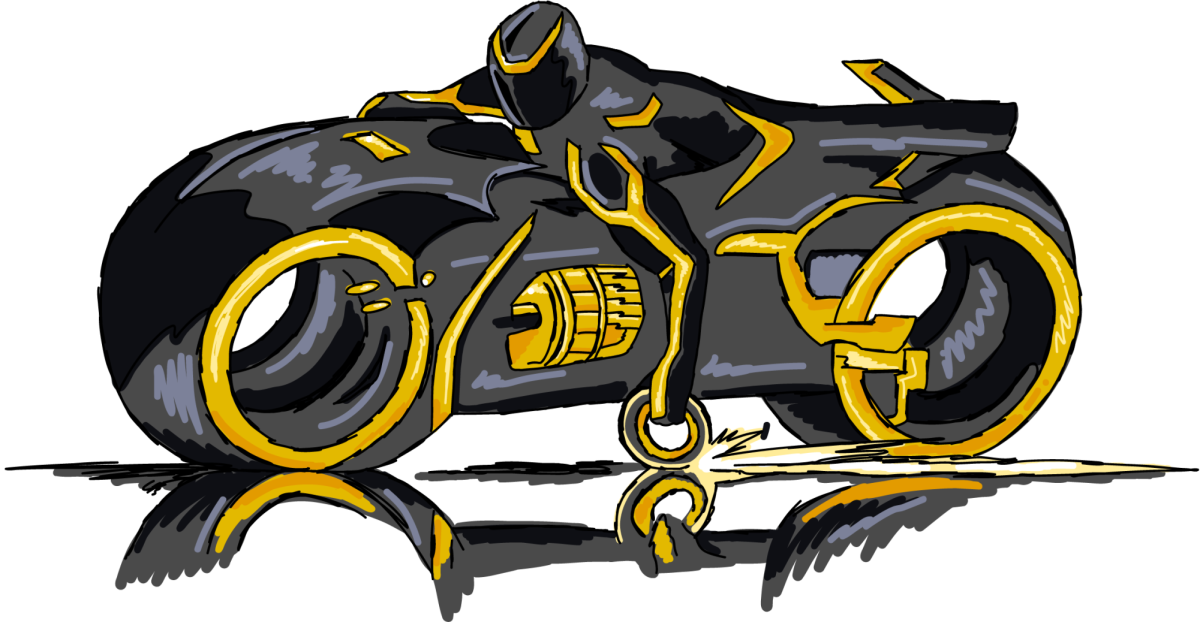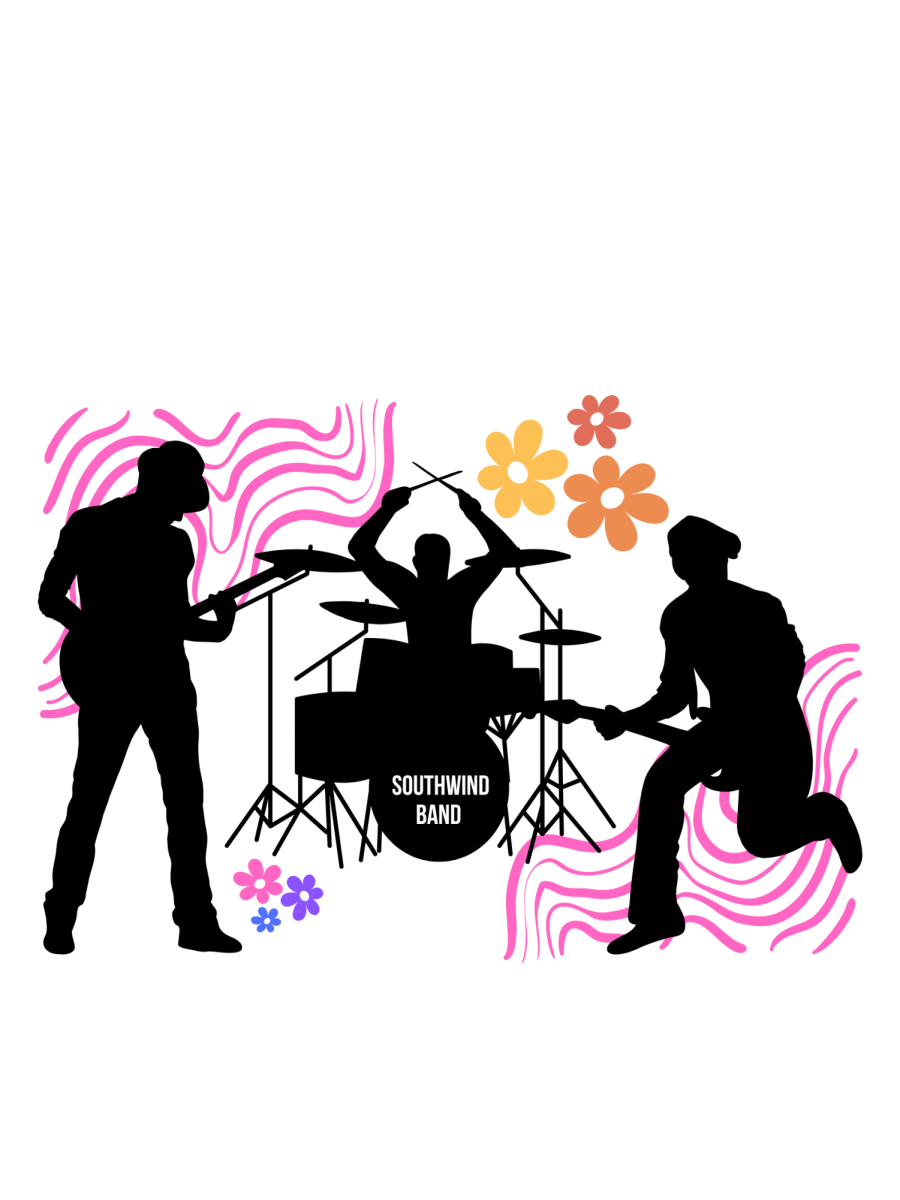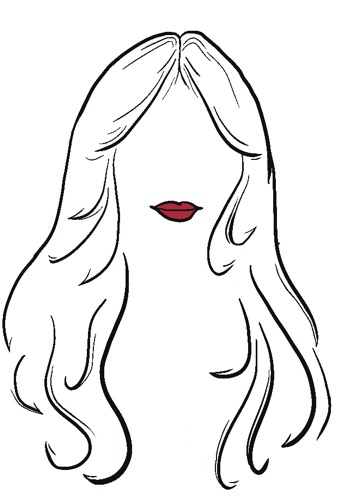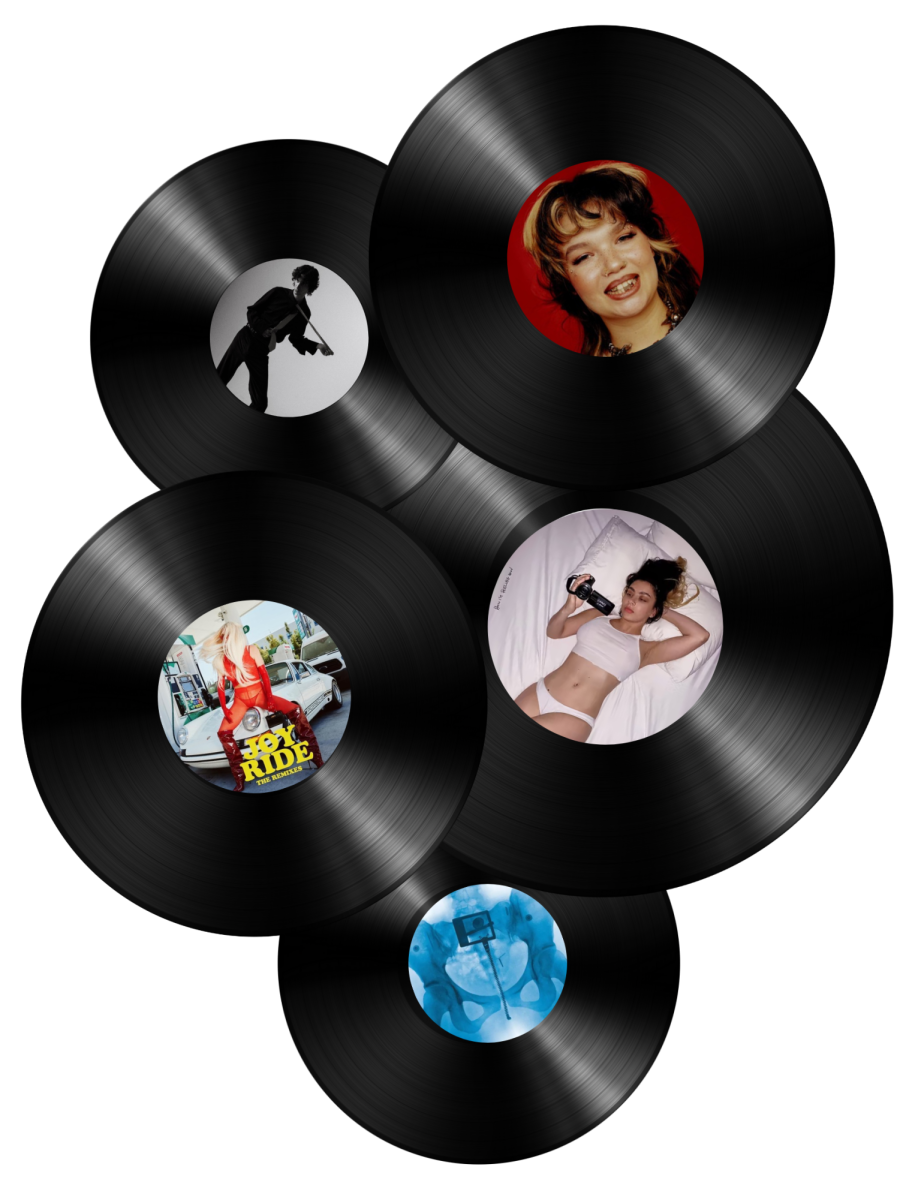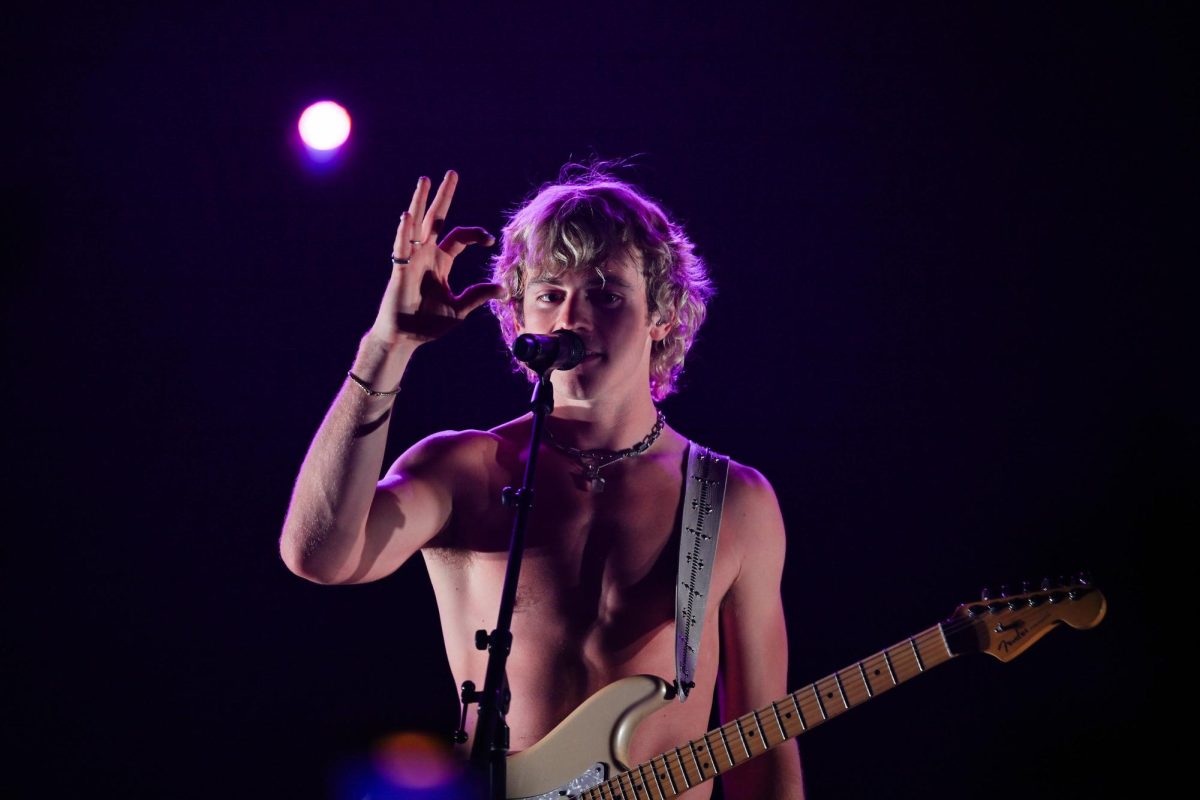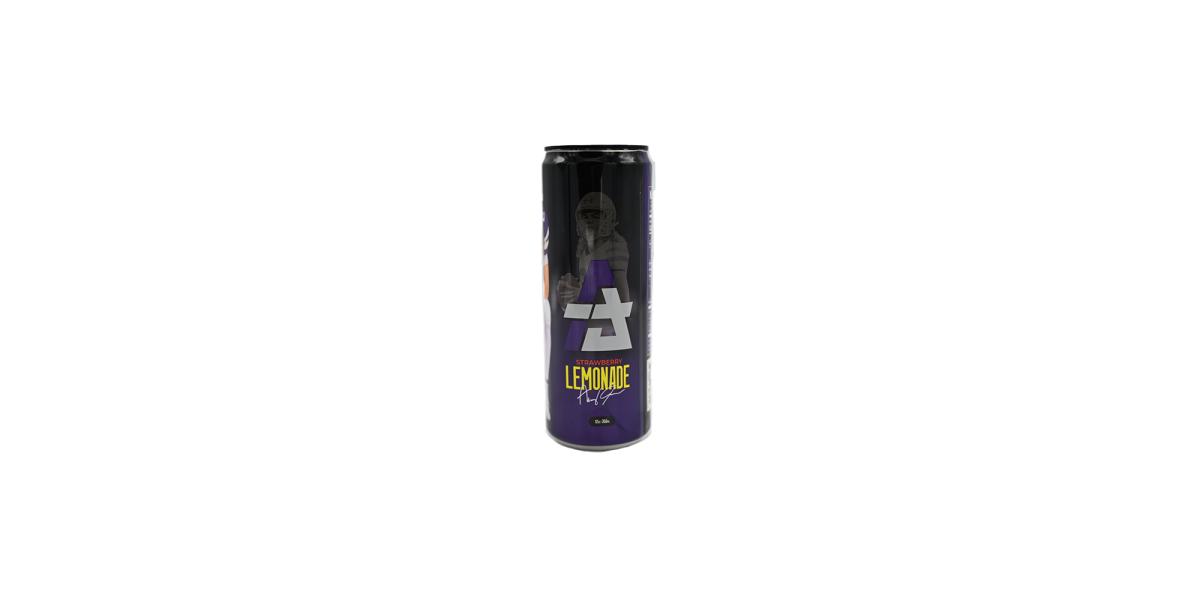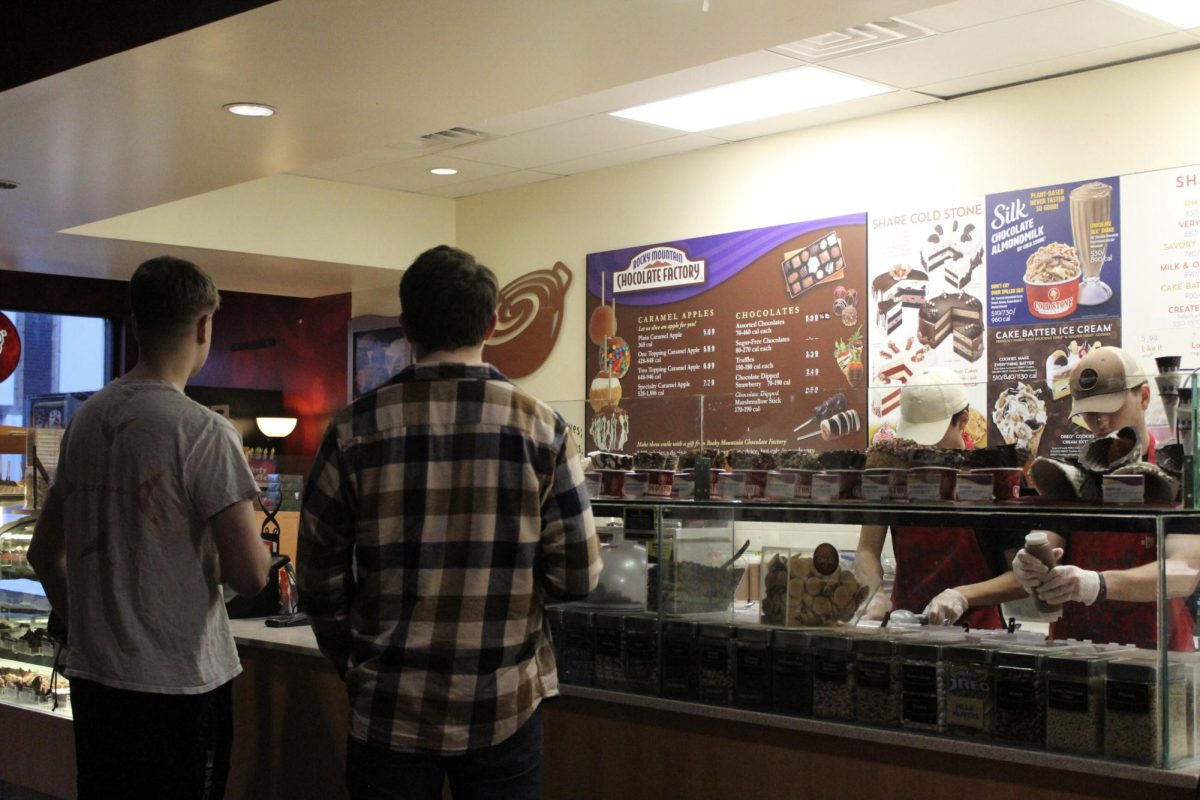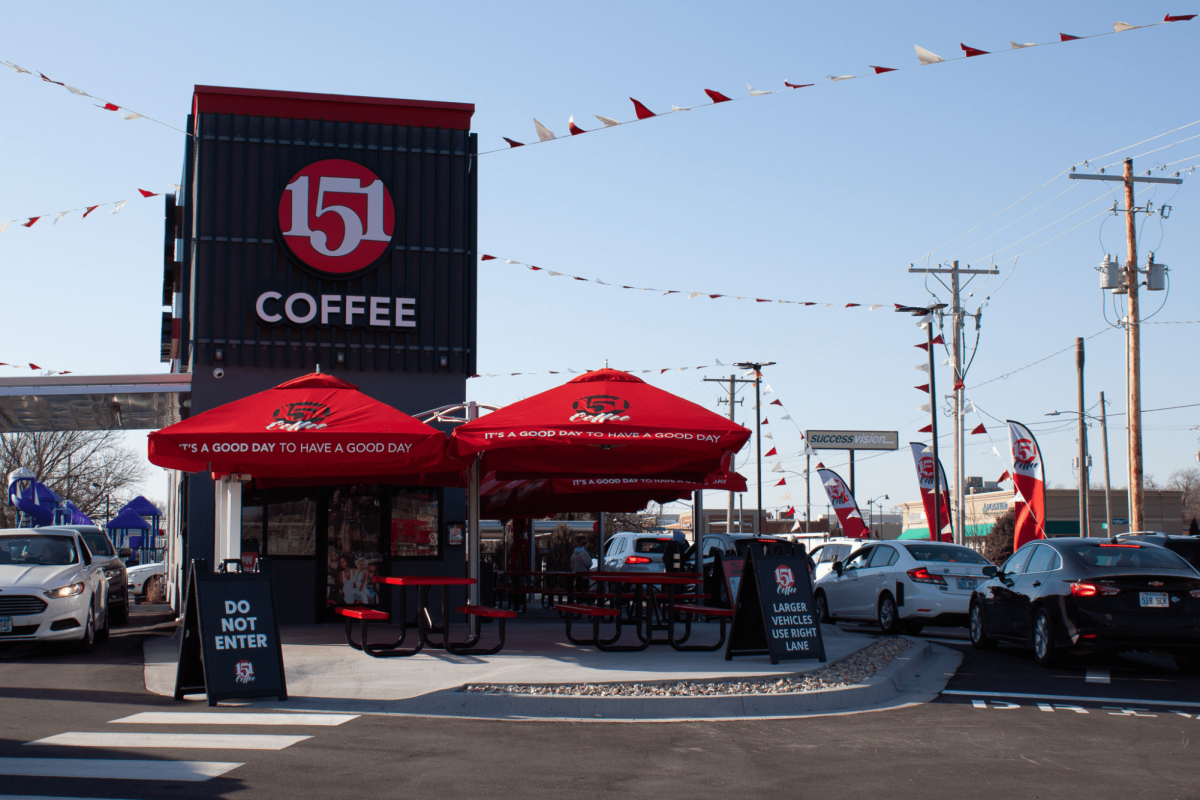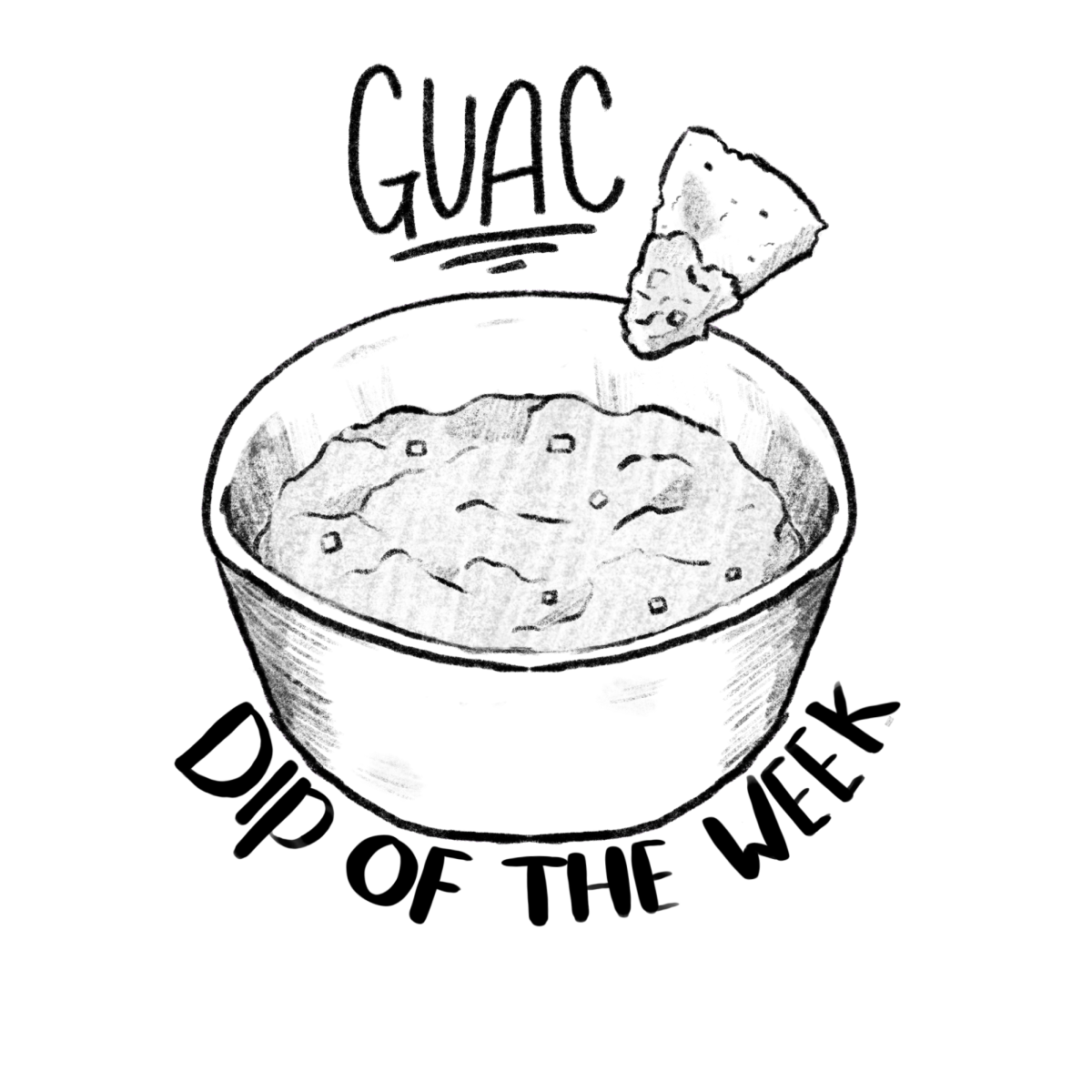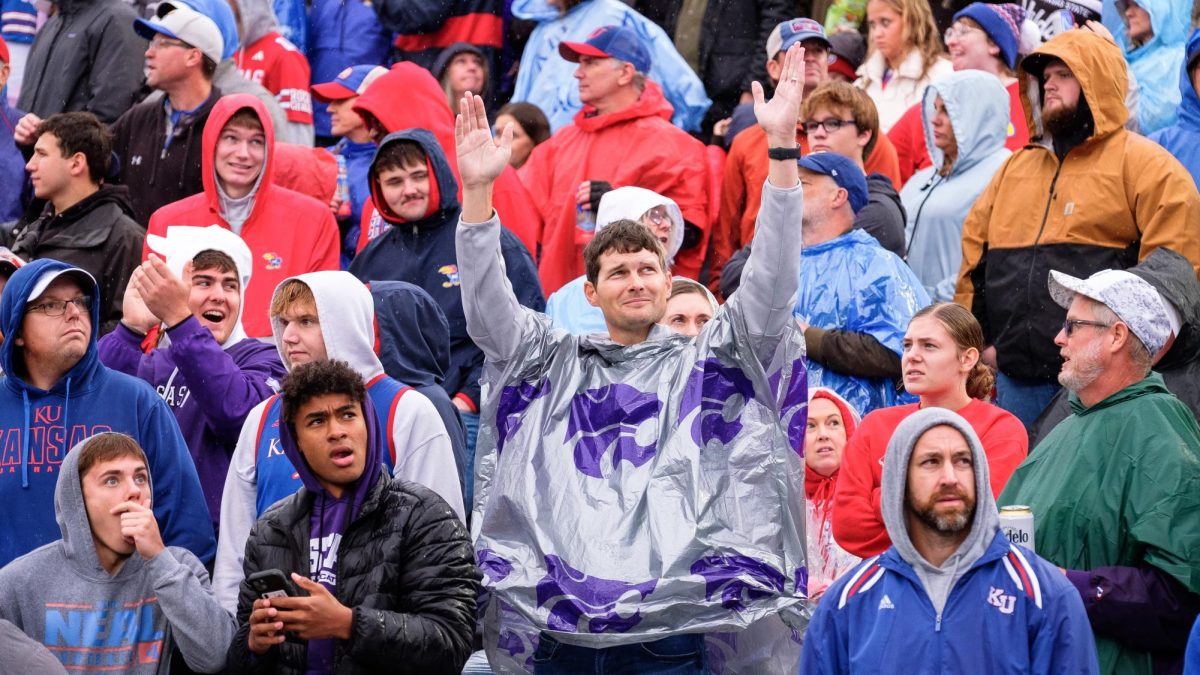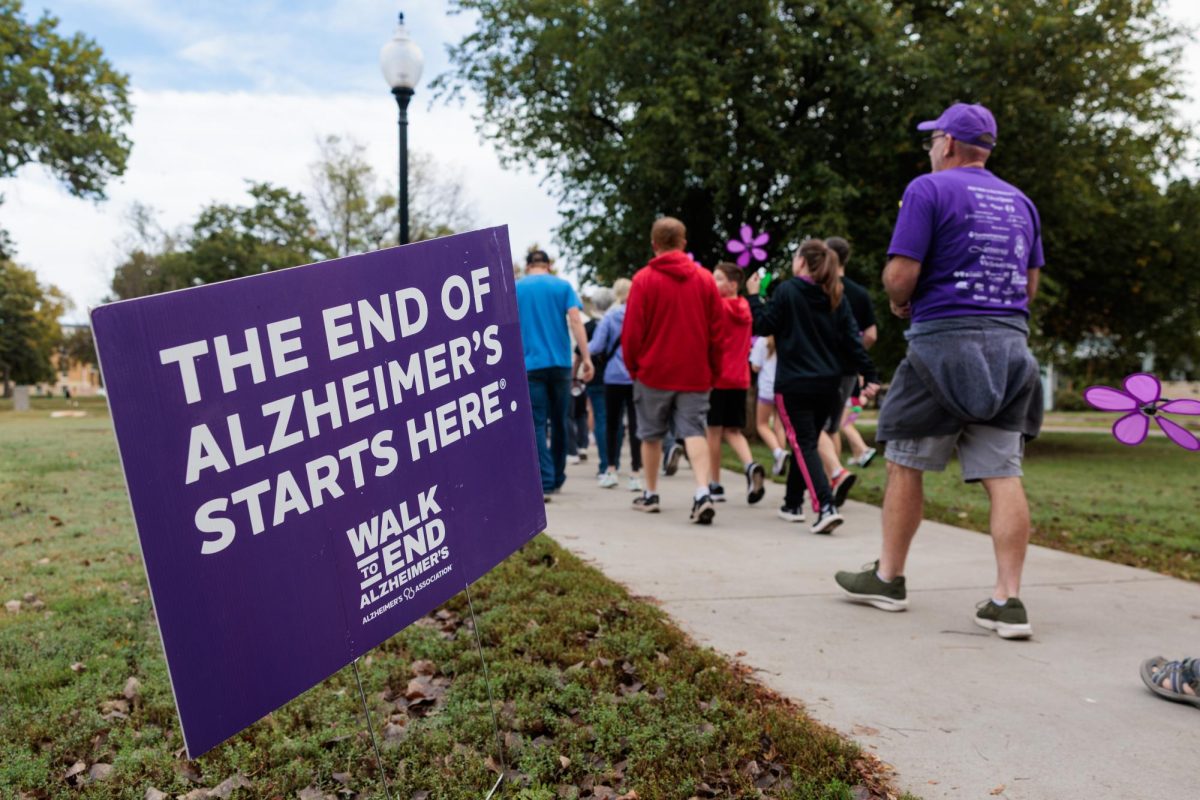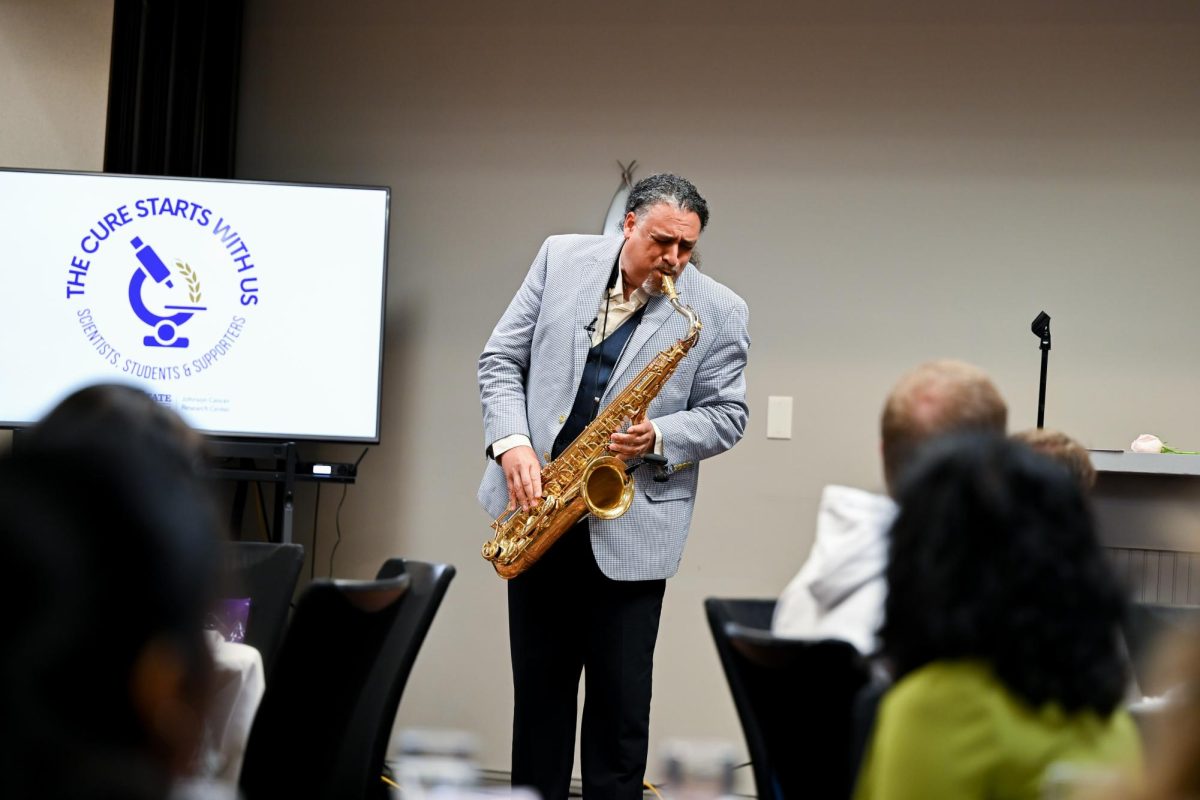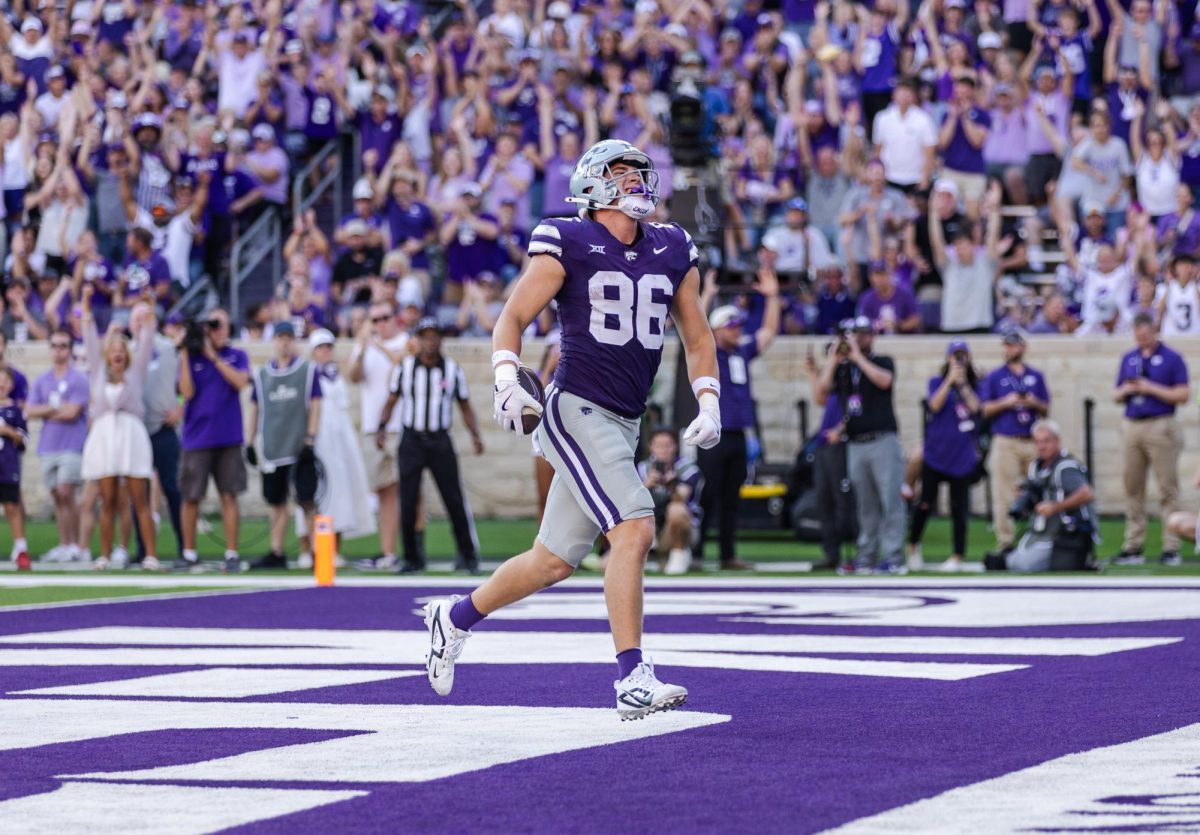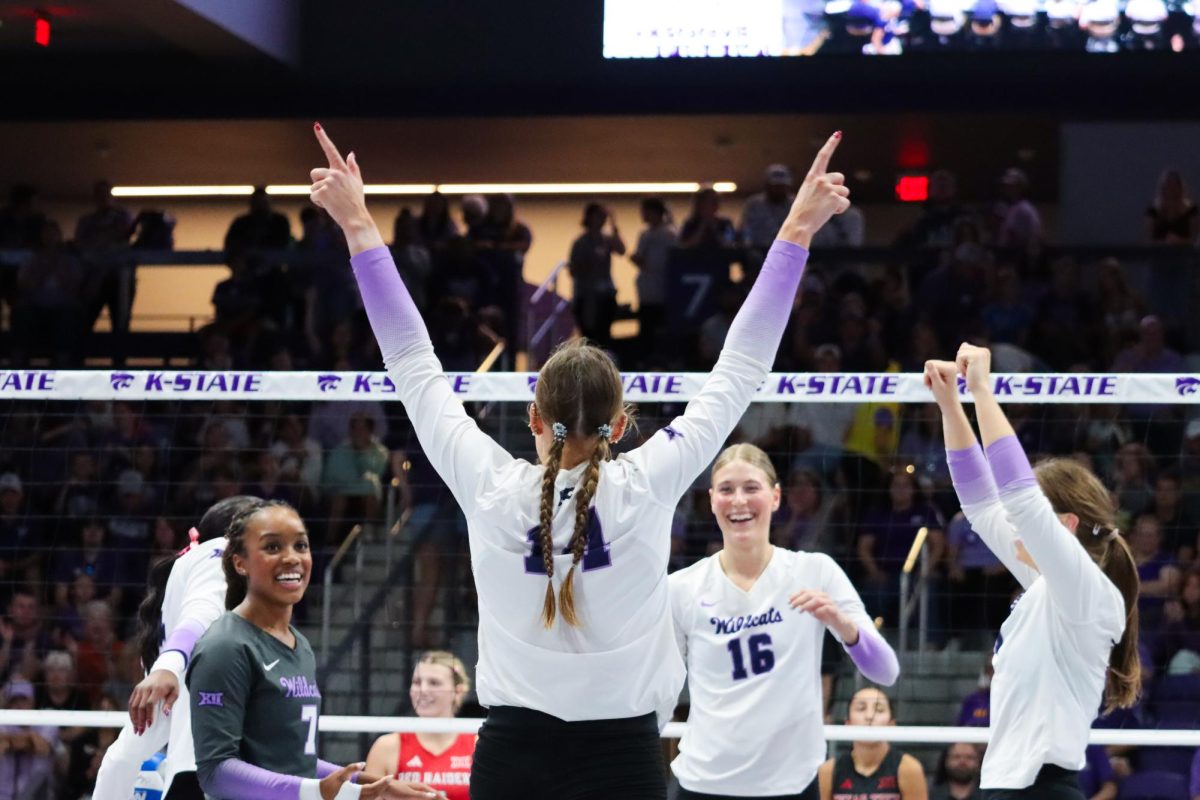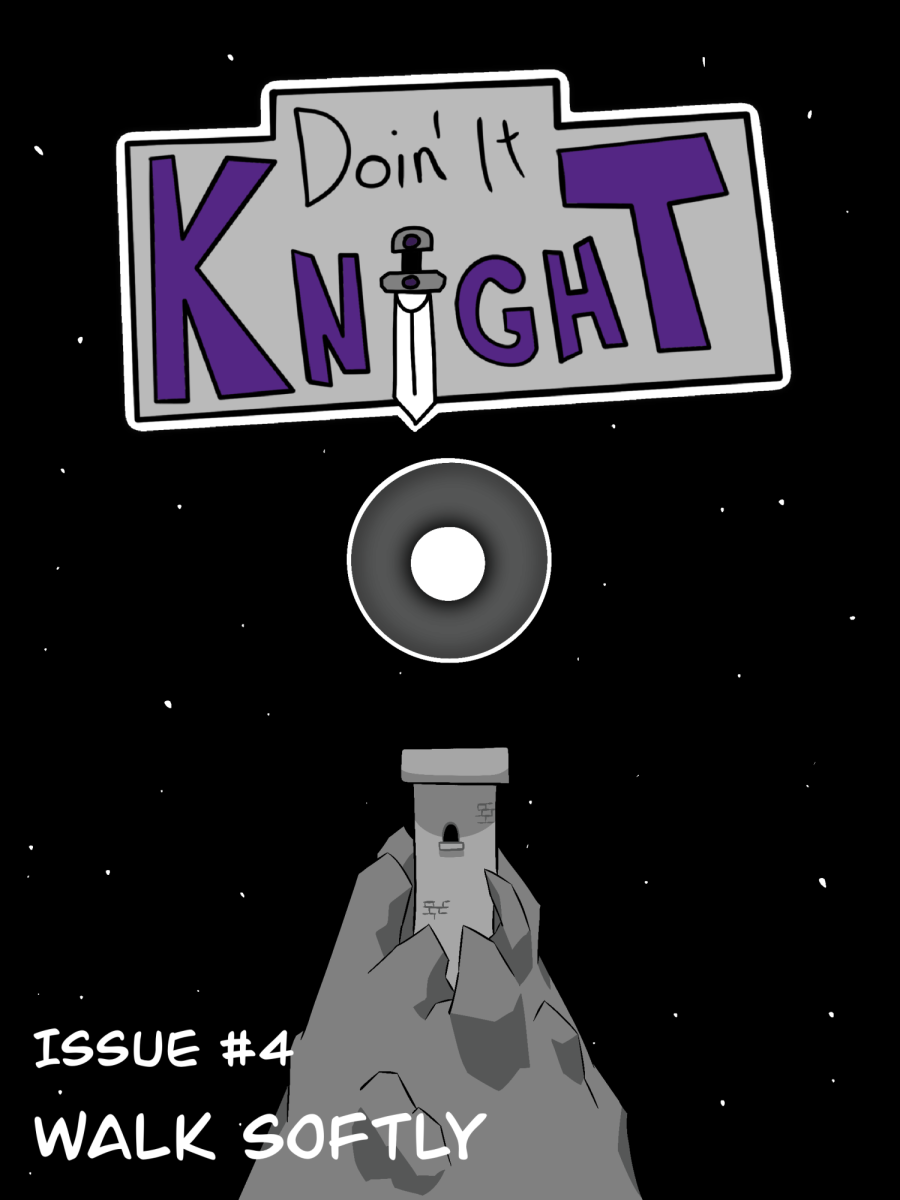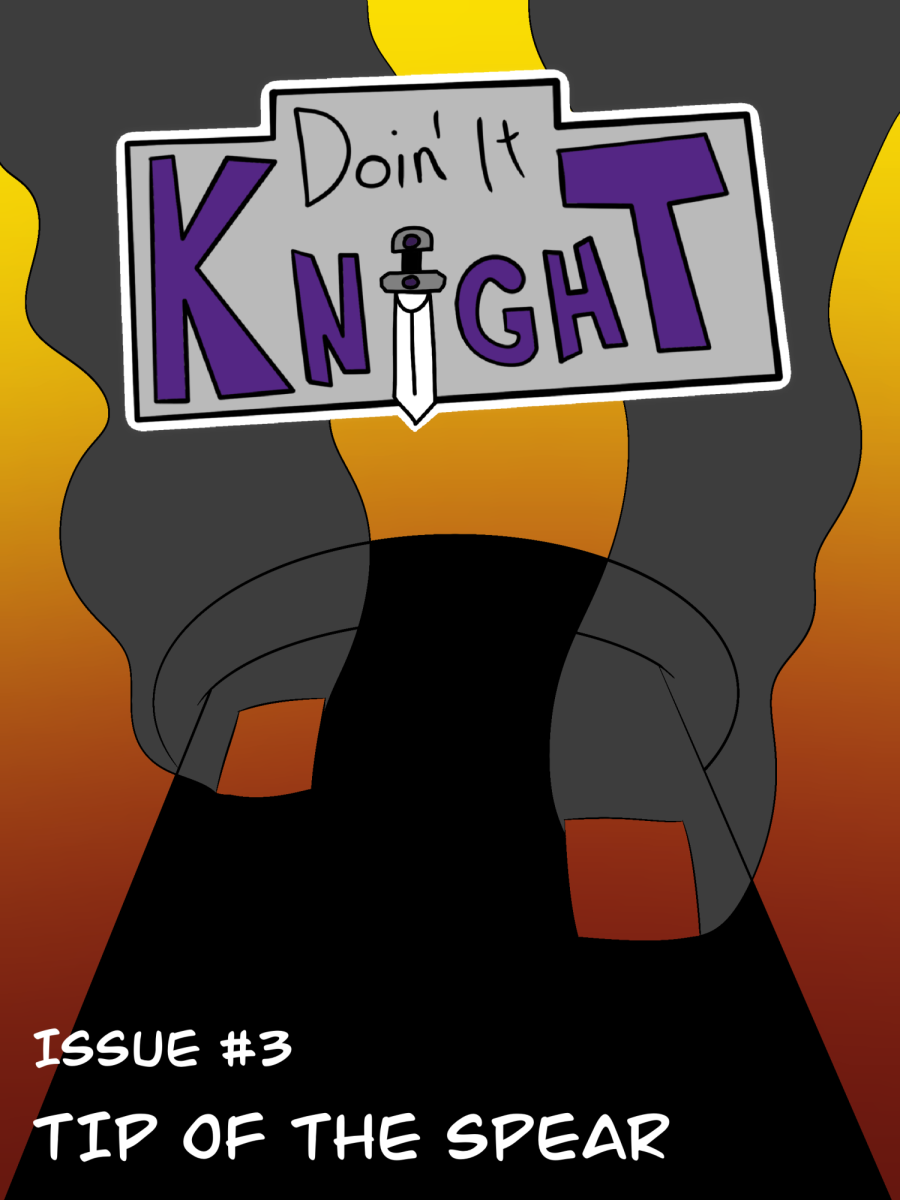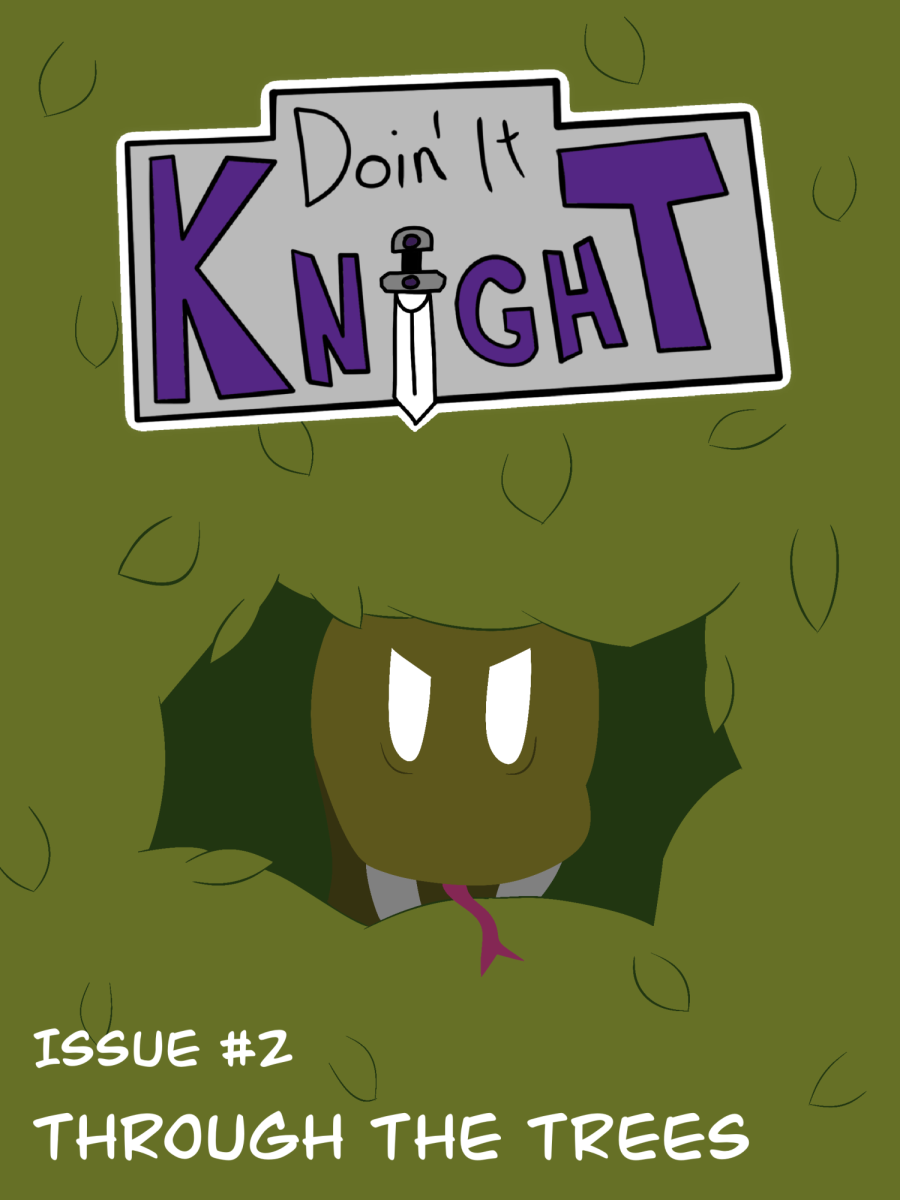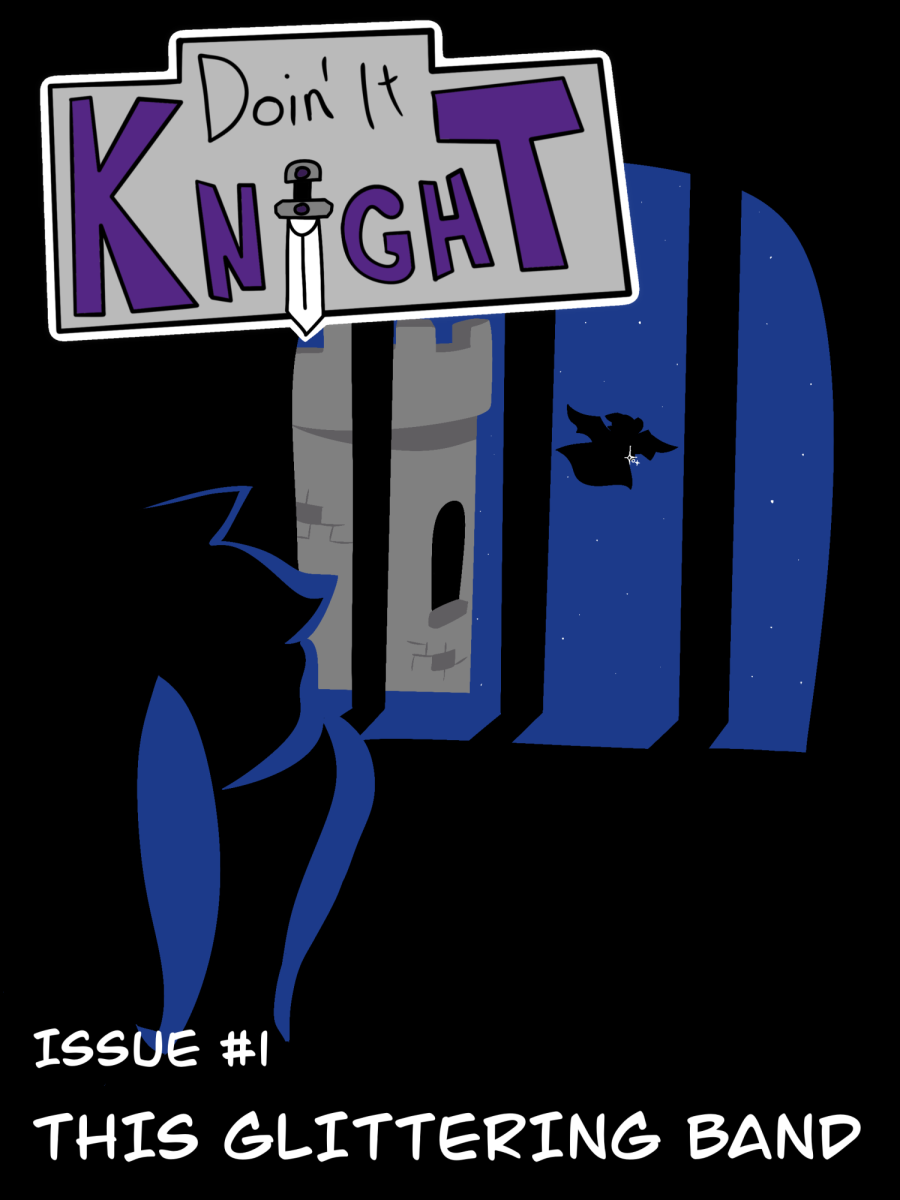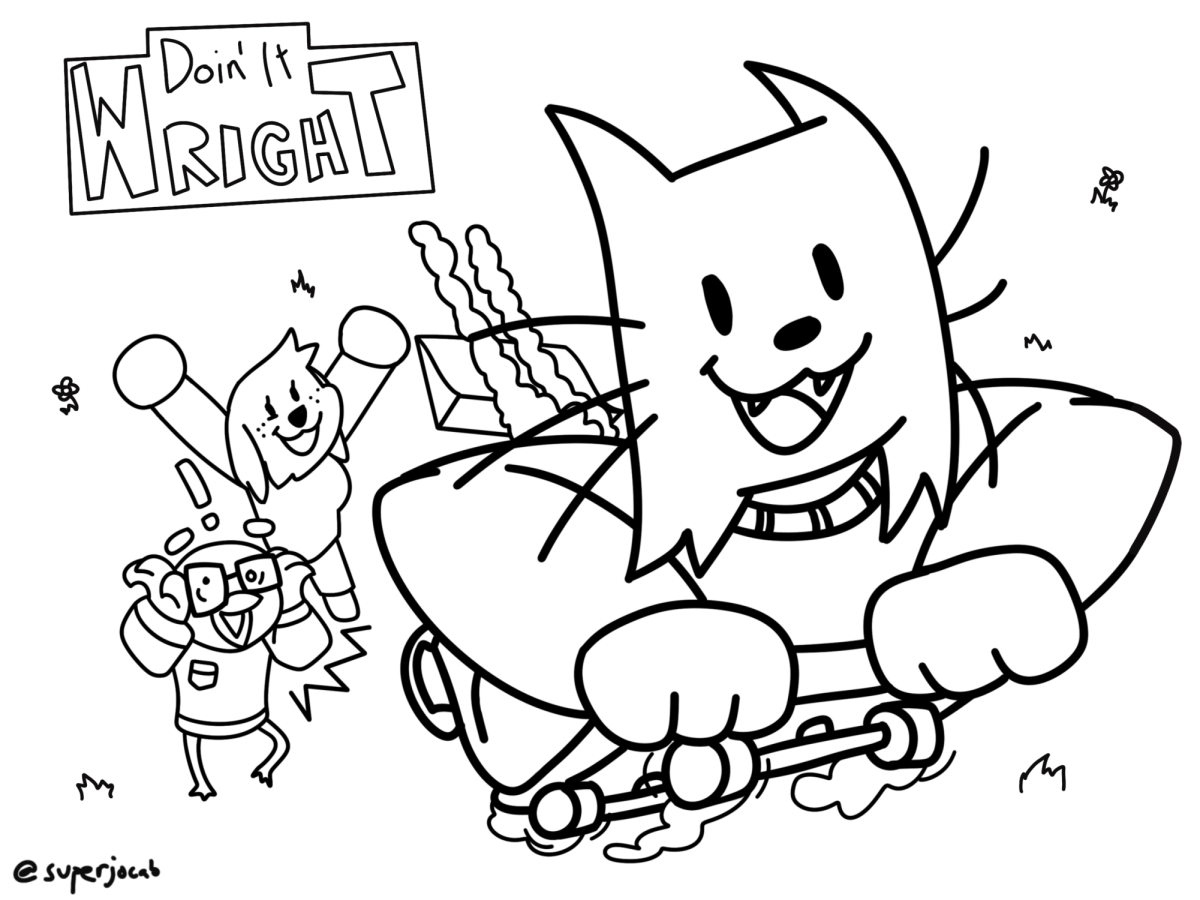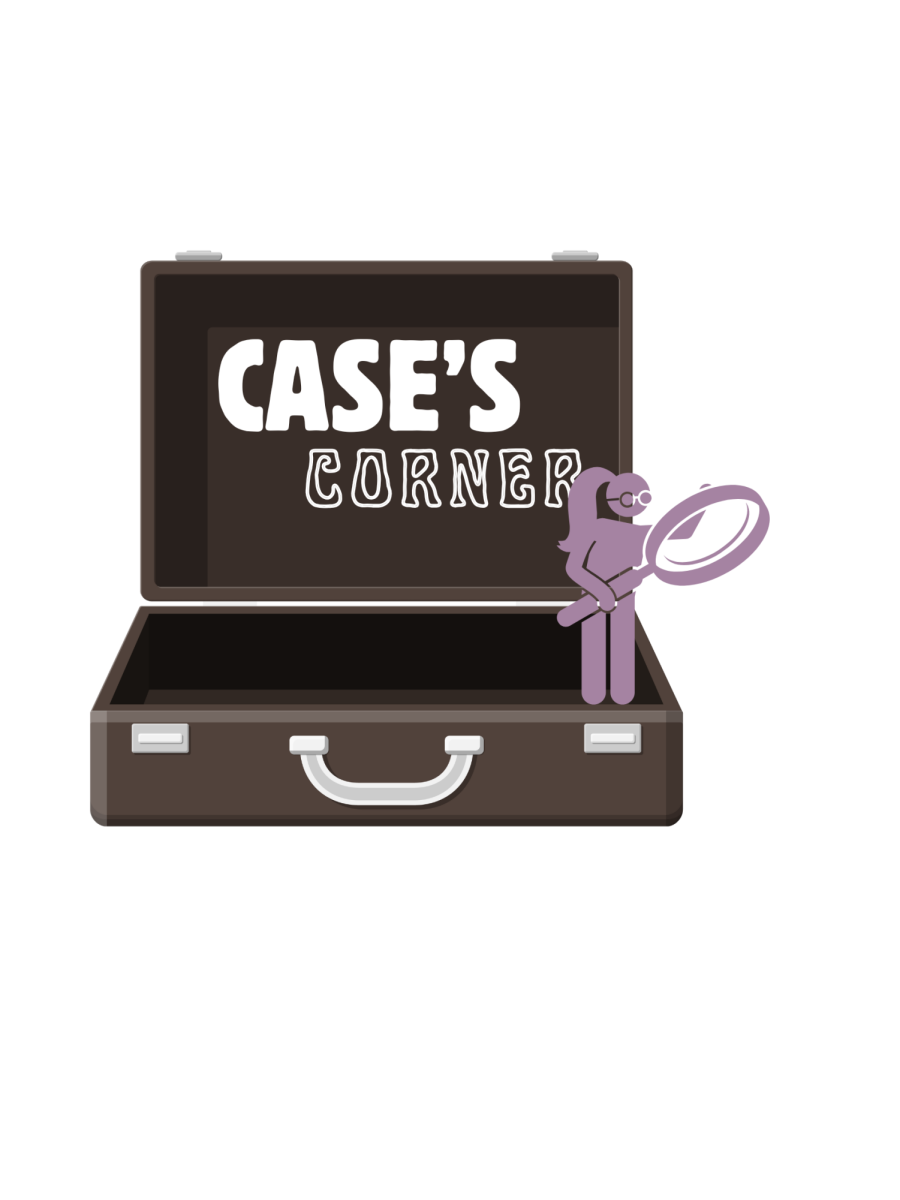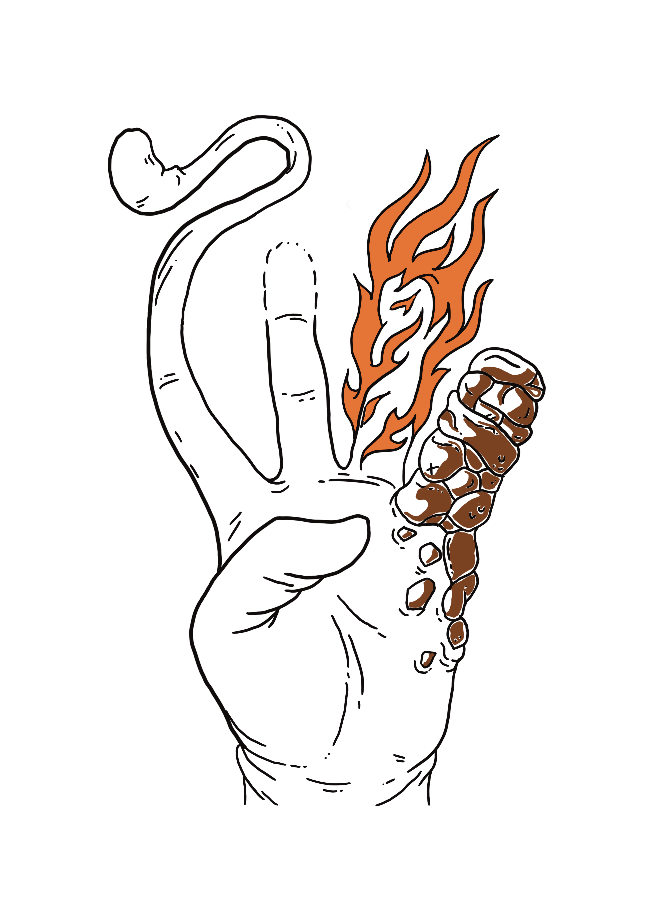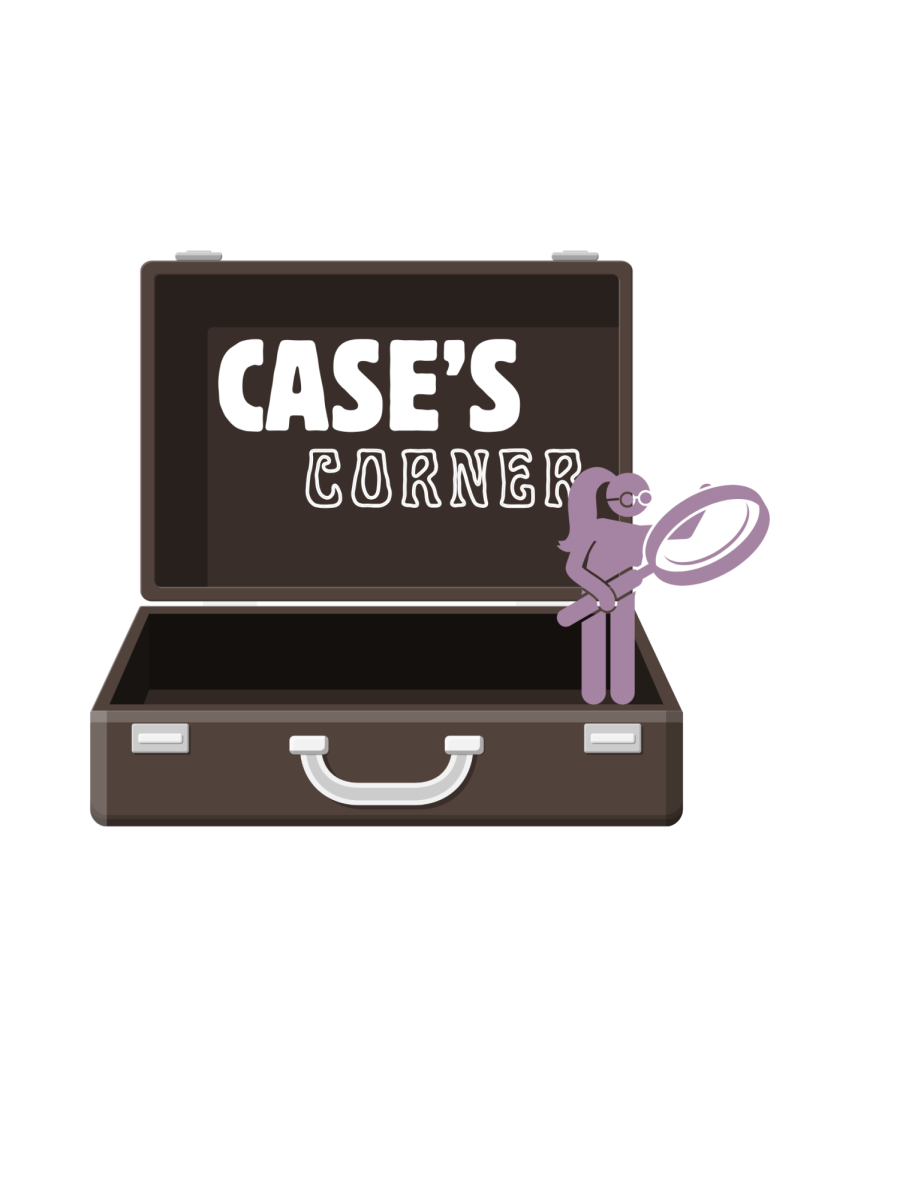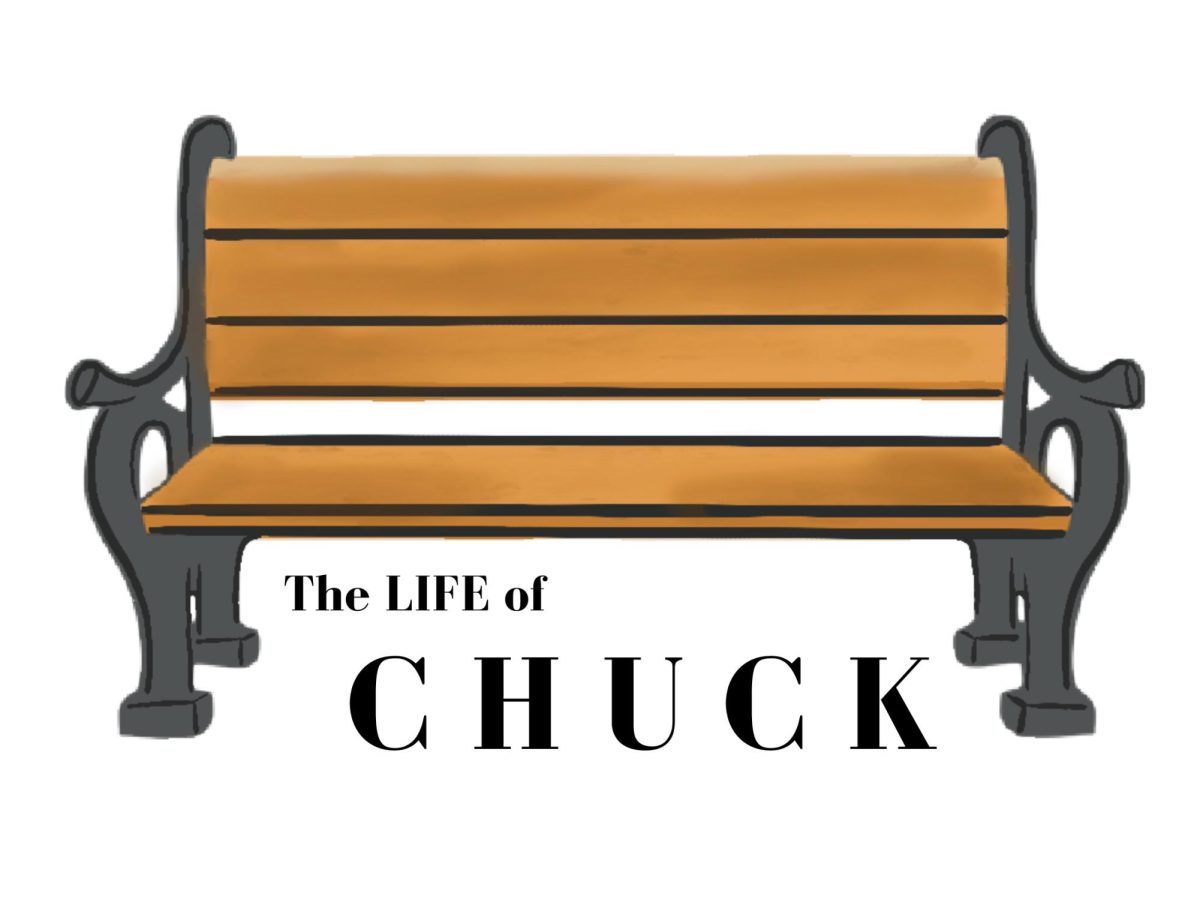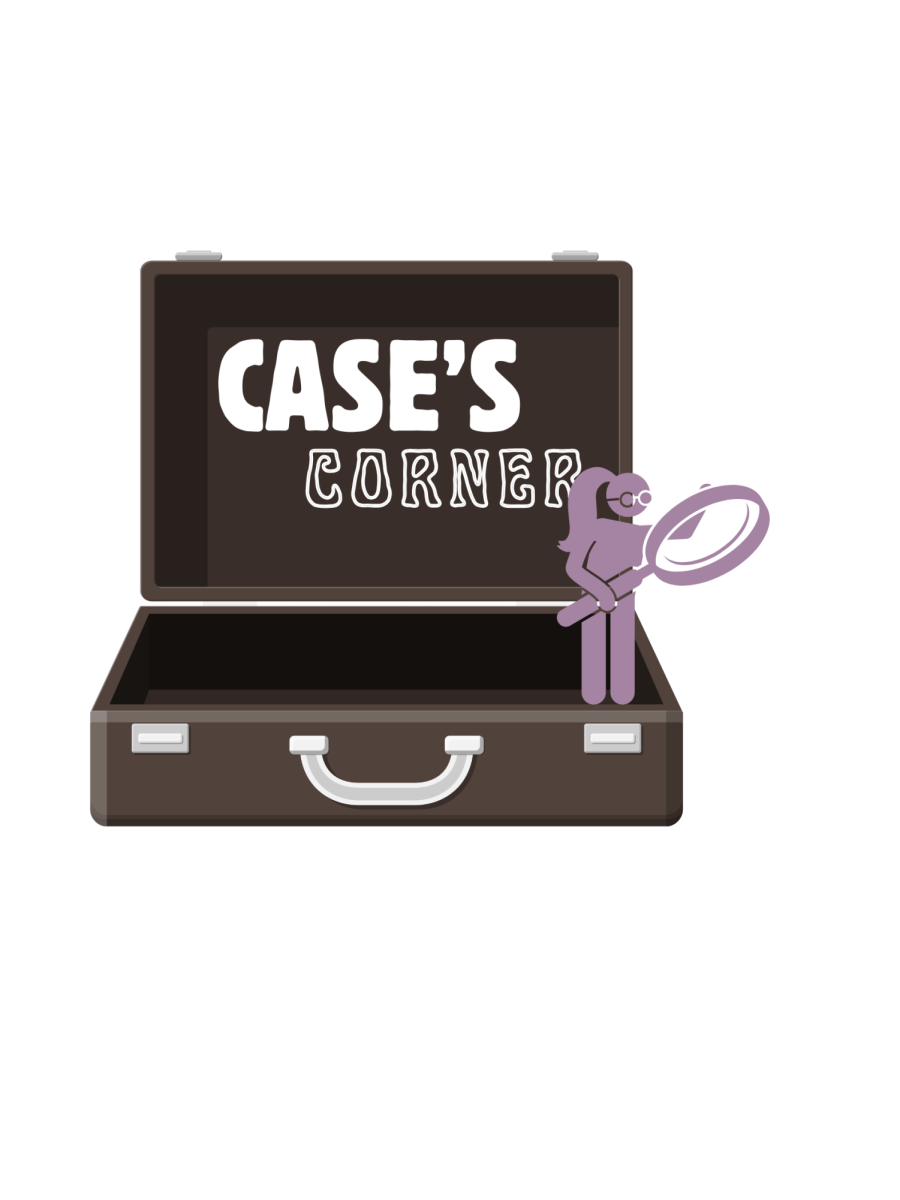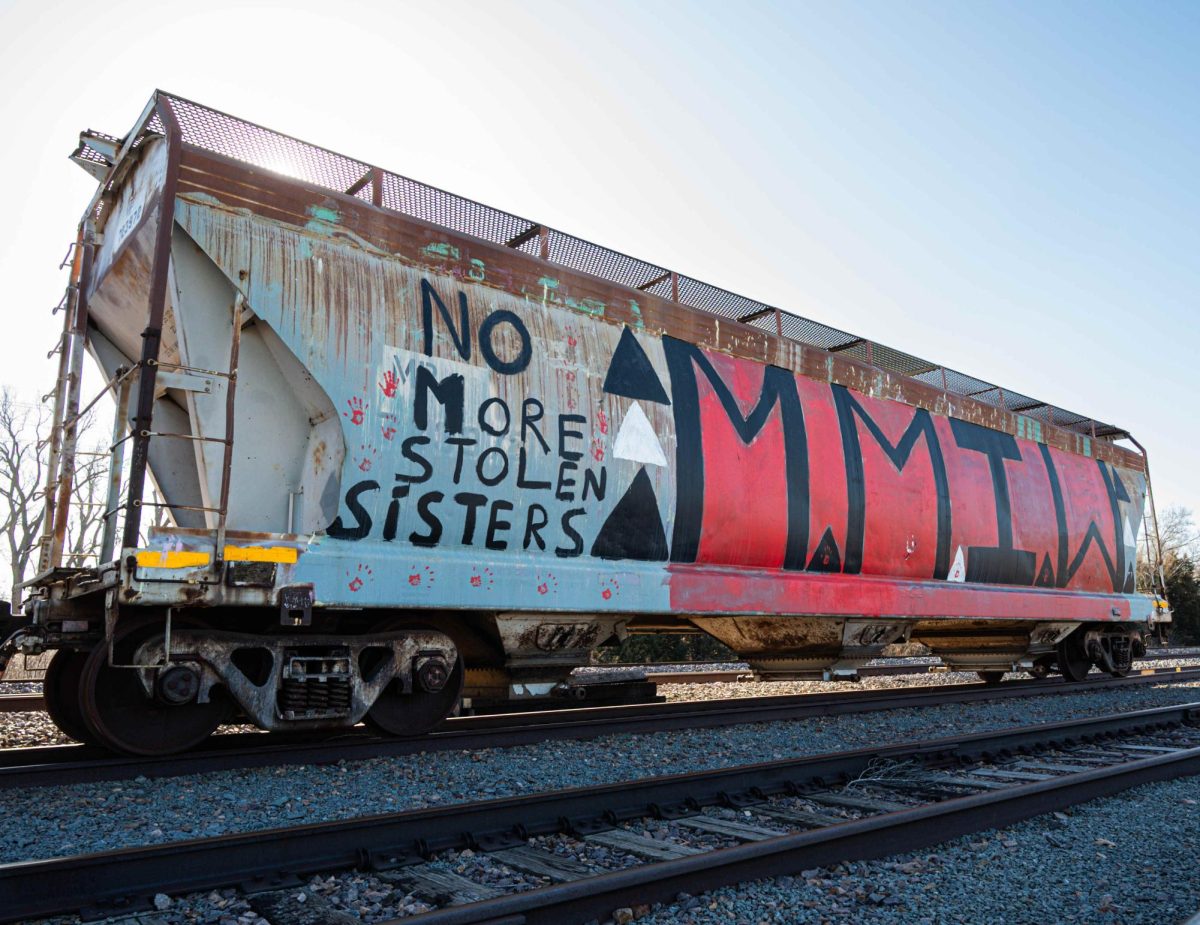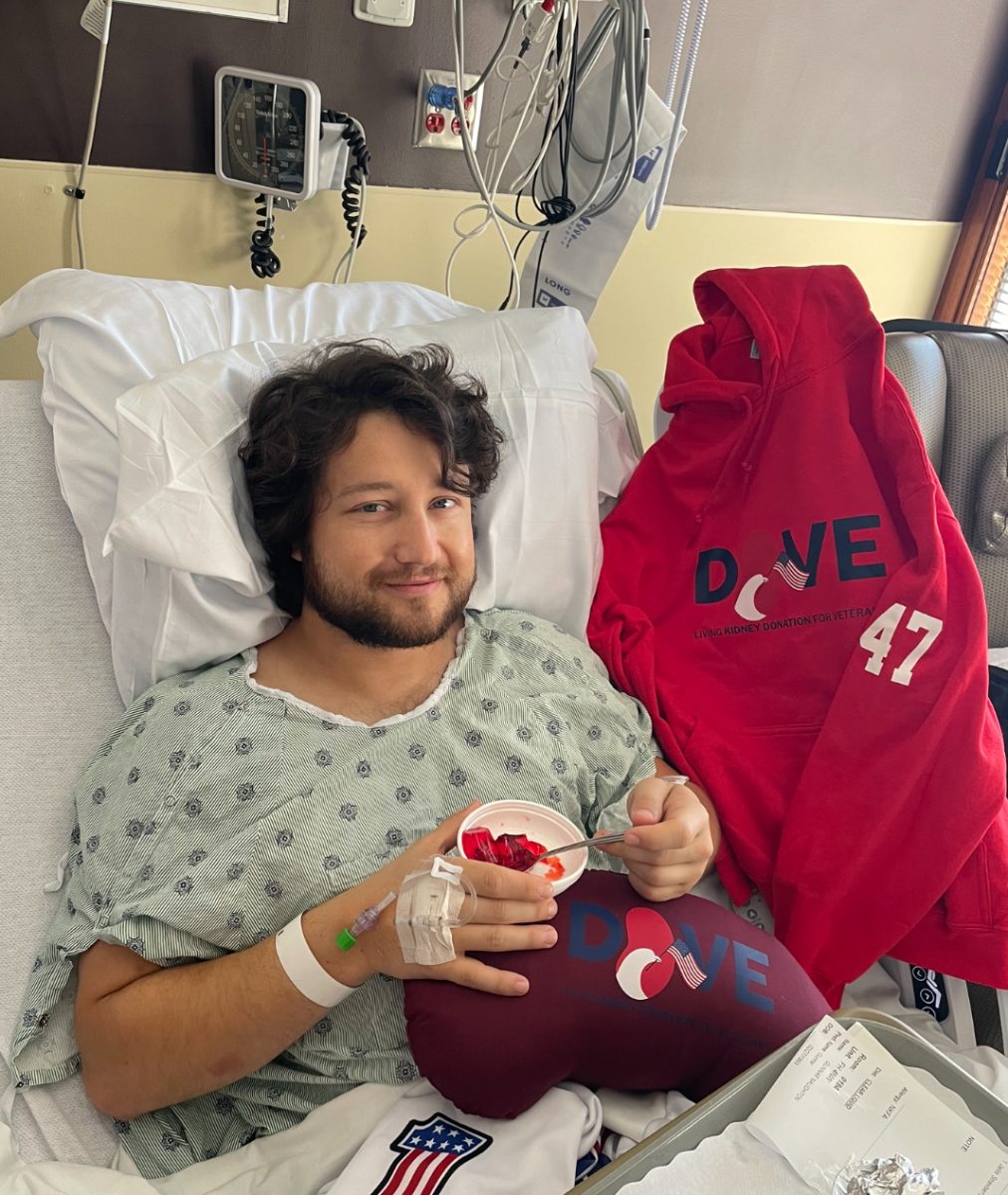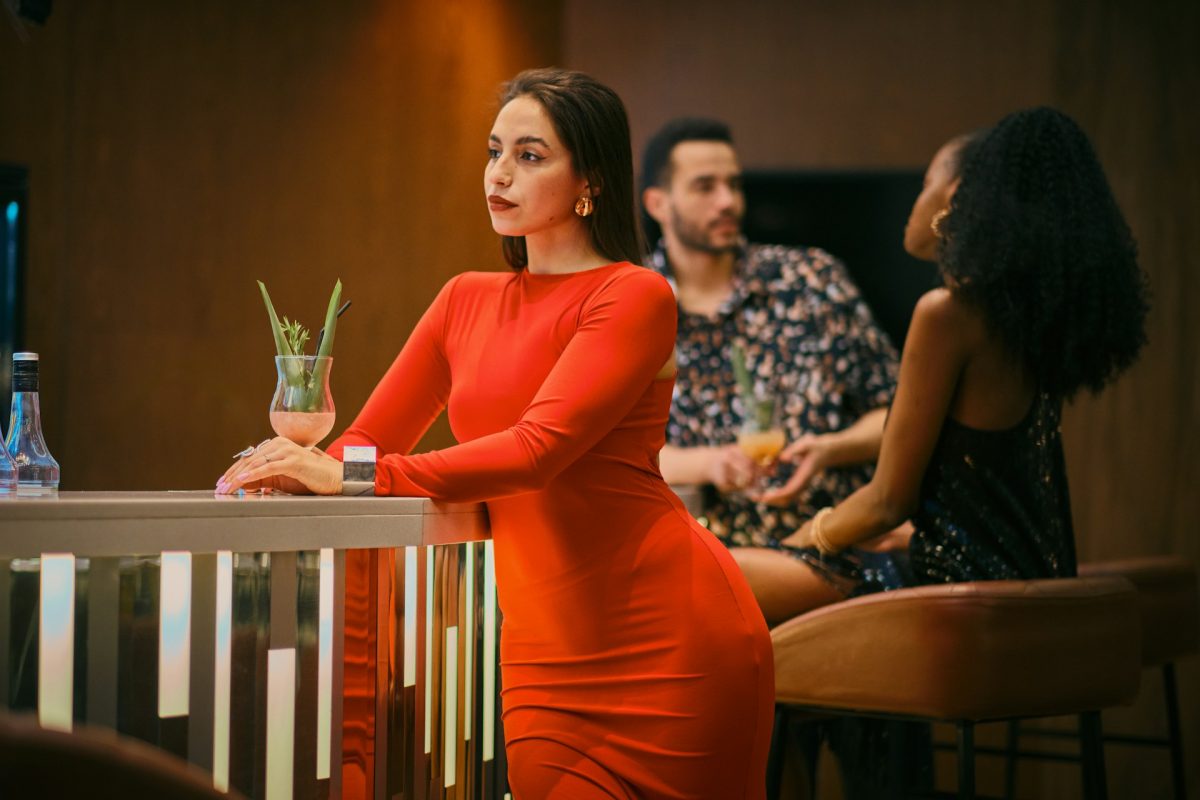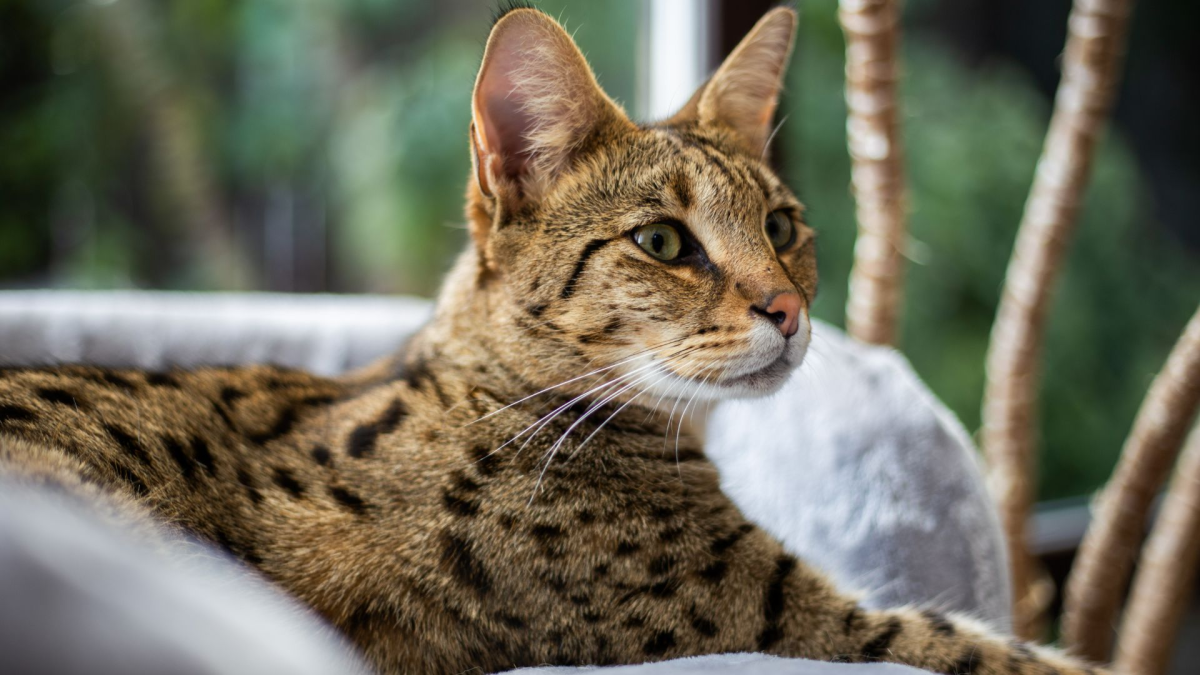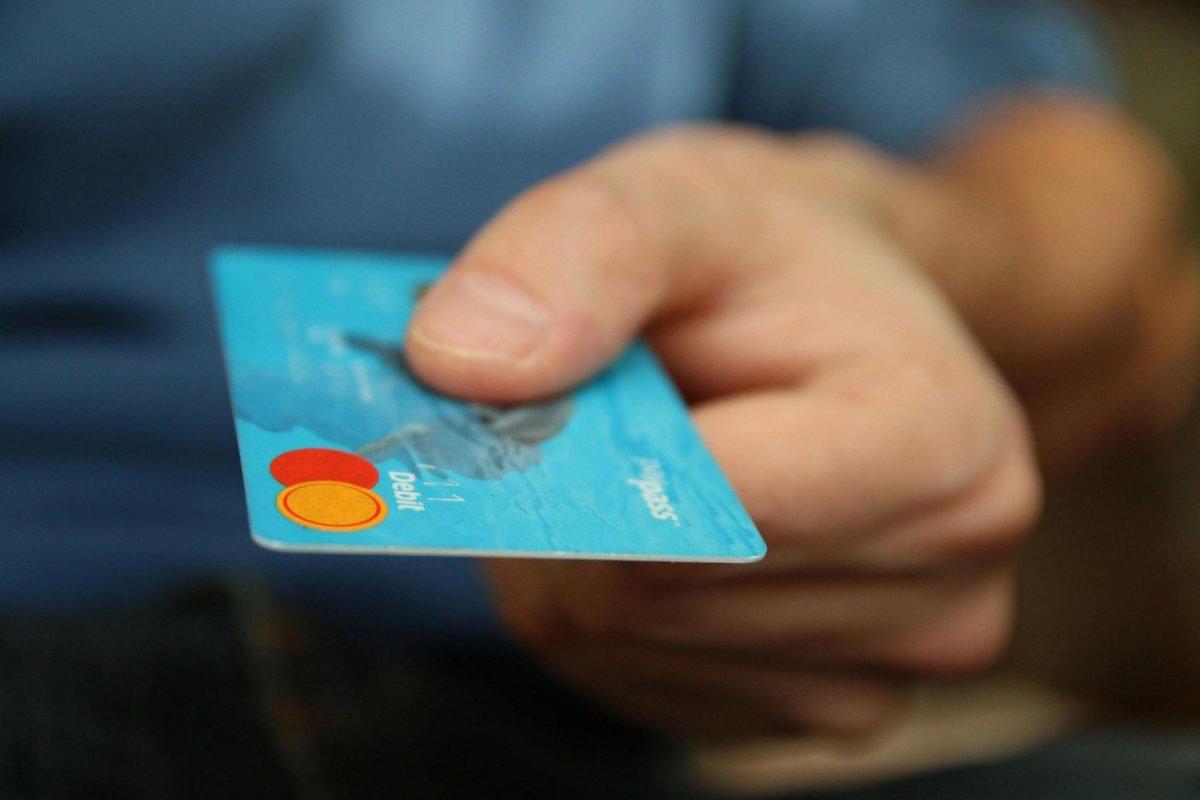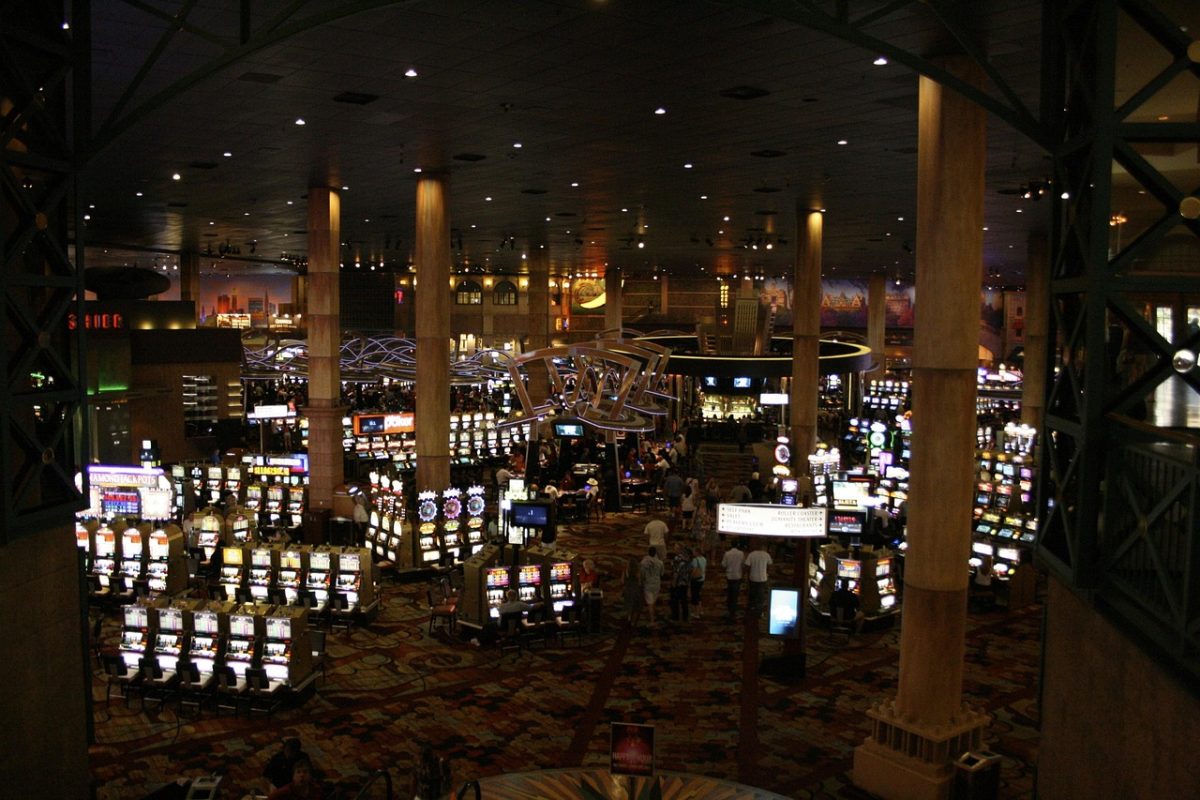Cocktail dresses represent a cultural tradition, a slice of history, and a compelling study of societal shifts. From the most formal parties to informal gatherings, cocktail dresses have graced many events, eliciting an age-old question: How did the cocktail dress get its name?
This article explores the origins of the cocktail dress, uncovering how it got its name and highlighting a moment in fashion history that still influences what we wear today.
What Exactly Are Cocktail Dresses?
Cocktail dresses are short, loosely fitting dresses ideal for semi-formal gatherings. They are adaptable for events at home, swanky social parties, or all-important office events.
Usually, these are one-piece dresses that hit just above the knee, typically worn with high heels and accessorized with tasteful jewelry. Despite their simple concept, cocktail dresses are a sartorial tour de force, hiding a true history behind their elegant folds. So, back to the main question, what’s in a name?
The Origin of the Cocktail Dress
The birth of the cocktail dress traces back to the American Prohibition era. During the 1920s, when manufacturing, selling, and transporting alcohol were legally prohibited, secret gatherings called cocktail parties started gaining popularity.
Despite the ban, the upper echelons of society and the rebellious middle class reveled in these underground parties, enjoying cocktails of gin, whiskey, or rum. These clandestine gatherings presented a unique sartorial challenge: an occasion less formal than a dinner, but more refined than a regular afternoon affair.
This led to the rise of the “cocktail dress.” They were specifically designed for these early evening events, striking a balance between daywear and grand evening gowns.
The Evolving Styles of Cocktail Dresses Over the Years
Like anything in fashion, cocktail dresses have inevitably shifted and evolved with the changing times. During the 1920s, they echoed the rebellious spirit of the flapper girls with loose, knee-length dresses featuring intricate beadwork and fringing.
As the gloom of the Second World War gave way to the optimism of the 1950s, cocktail dresses reflected this change in mood. They became more structured, replete with fuller skirts and fitted waists, showcasing femininity and glamour.
The 1960s brought an era of experimentation and individualistic expression, leading to shorter hemlines, bright patterns, and abstract designs. Today, a cocktail dress can mean anything from a glitzy mini dress to a sleek midi dress, offering style, versatility, and a testament to the ever-changing fashion landscape.
Notable Designers Behind Making Cocktail Dresses a Trend
Some of the most remarkable fashion designers have made essential contributions to the rise of cocktail dresses. French designer Coco Chanel, for instance, was inherently instrumental in popularizing the “little black dress” in the 1920s, a style considered the epitome of cocktail dresses.
Gabrielle “Coco” Chanel’s aim was to design versatile, simple, yet elegant dresses that fostered the image of post-World War I modernism fused with sophistication. Another influential designer, Christian Dior, introduced a New Look, reinvigorating femininity in post-war fashion, which inevitably influenced cocktail dress styles.
Iconic Cocktail Dresses
Throughout history, numerous cocktail dresses have transcended their time and become iconic, often thanks to their appearances on influential figures or in pop culture. Here are a few notable examples:
Audrey Hepburn’s Little Black Dress
Few items of clothing are as synonymous with an era and a person as Audrey Hepburn’s little black dress in the 1961 film Breakfast at Tiffany’s. Designed by Hubert de Givenchy, this iconic dress showcased a refined above-the-knee cut, highlighting simplicity, elegance, and timeless sophistication.
Grace Kelly’s Lace Cocktail Dress
During her acting career, Grace Kelly donned a black and white lace cocktail dress in the movie Rear Window, designed by Edith Head. Its unparalleled elegance resulted in the dress becoming an iconic symbol of 1950s cinema and fashion.
The Goldwyn Follies Green Dress
Worn by actress Vera Zorina in the 1938 film The Goldwyn Follies, this green cocktail dress became a sensation. It spoke volumes about the opulence and charisma of the 1930s cinema, the style and design capturing perfectly the essence of early cocktail dresses.
Princess Diana’s “Revenge Dress”
In 1994, after her separation from Prince Charles, Princess Diana wore a stunning inky-black, off-the-shoulder cocktail dress by Christina Stambolian. While not expected of royal attire, it was glamorous and radiated confidence, all adding to its notorious historical significance.
The Timeless Allure of the Cocktail Dress
Cocktail dresses encapsulate expressions of societal shifts, reflect historical contexts, and mark significant fashion movements. They’ve been adapted, redesigned, and reimagined, yet their charm remains unswerving, unwavering in their role as a wardrobe staple.
From being a clever solution for a unique sartorial challenge to becoming an enduring fashion icon, the cocktail dress indeed has, and continues to, make an indelible mark on the fashion industry, proving its profound relevance in both history and in your closet. Find the dress of your dreams today.

